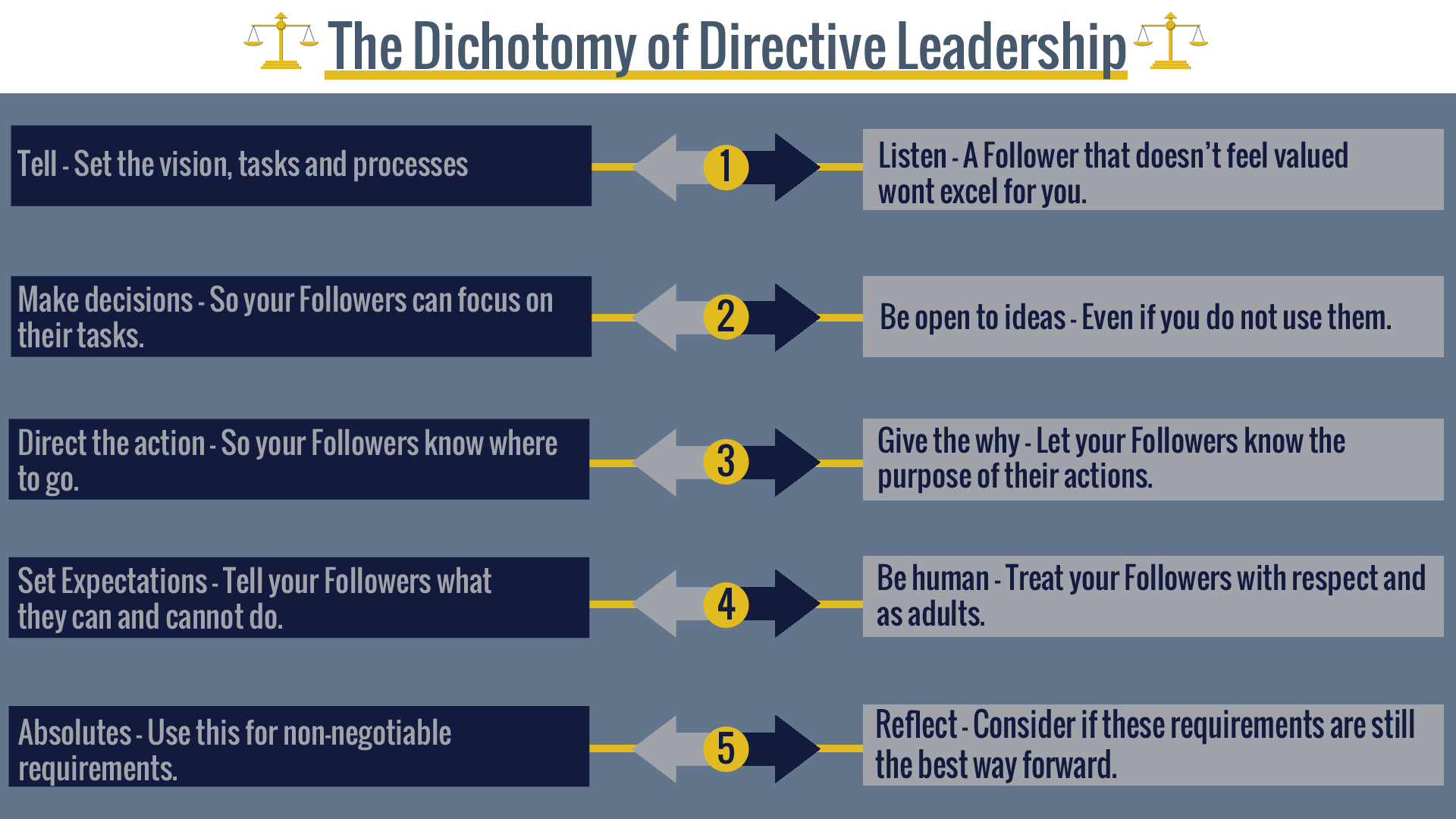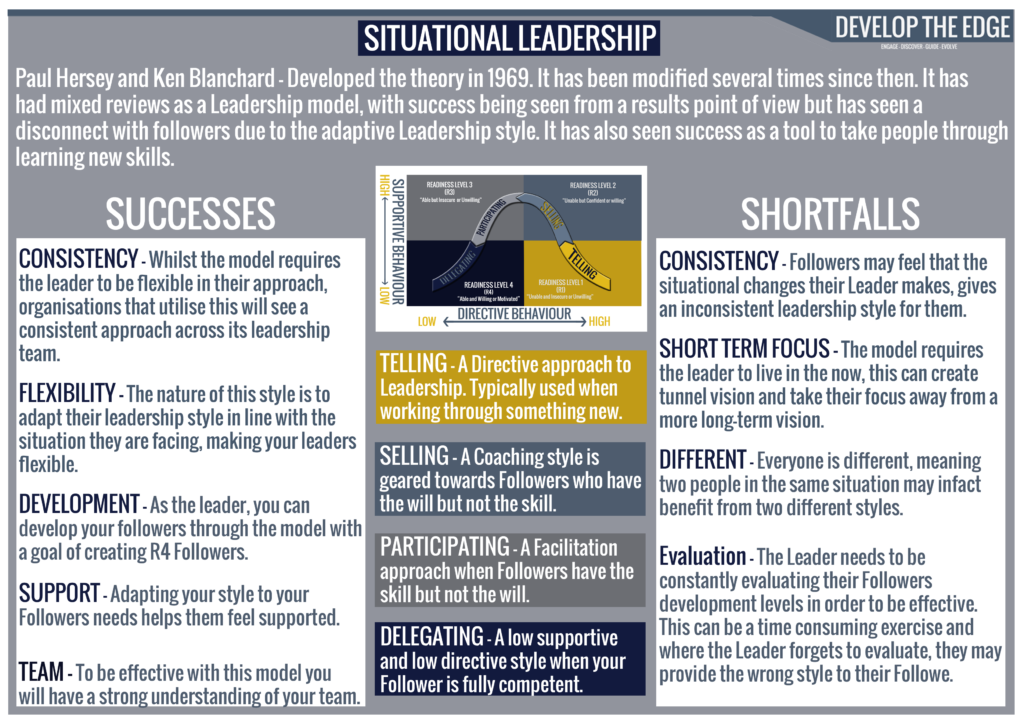Would you like more time in your day?
Well, with Participating Leadership, your future-self may be extremely grateful for the effort you put in now. If you are a time-crunched manager with a heavy workload and distractions, it can be tempting to switch into ‘action’ mode and try to get it all done yourself…but this isn’t efficient for you or your team in the long-run. So which is it? Be a short-sighted manager or a future focused Leader?
Did you know that Gallup surveyed over 50,000 managers over a 5 year period in order to understand key challenges and positives of leading teams? Unsurprisingly, among the list of challenges were:
- Heavy workload and distractions
- Job stress and frustrations
What are your thoughts on this? I have witnessed many Leadership teams complain about increasing workloads, demands and added distractions. Add on to this that they haven’t been given any additional resources, we can see how Leadership teams can suffer from stress and frustration at work…but have you thought about developing your own resources in the form of your team?
Whilst Participating Leadership can cost you time initially, the purpose and positives of using it focuses on the long-term benefits it can bring to the table for the Followers, Leader and the organisation, for instance; it can develop your Followers, increase their ability to learn and perform, help reduce your workload, increase the creativity of both yourself and your team and provide a healthier job satisfaction. When we think about it, aren’t those outcomes something we all want more of?
This is the third of four articles where we will guide you through the four stages of Situational Leadership (based on Follower Readiness levels) and their accompanying leadership styles (Telling, Selling, Participating and Delegating).
In this article, we will discuss the third Leadership style in Blanchard and Hersey’s Situational Leadership model, they referred to this facilitation style as ‘Participating’ leadership and it works best with Readiness Level 3 Followers – Able but Insecure or Unwilling.
Let’s have a look at the Pro’s, Pitfalls and Purpose of Participating Leadership.
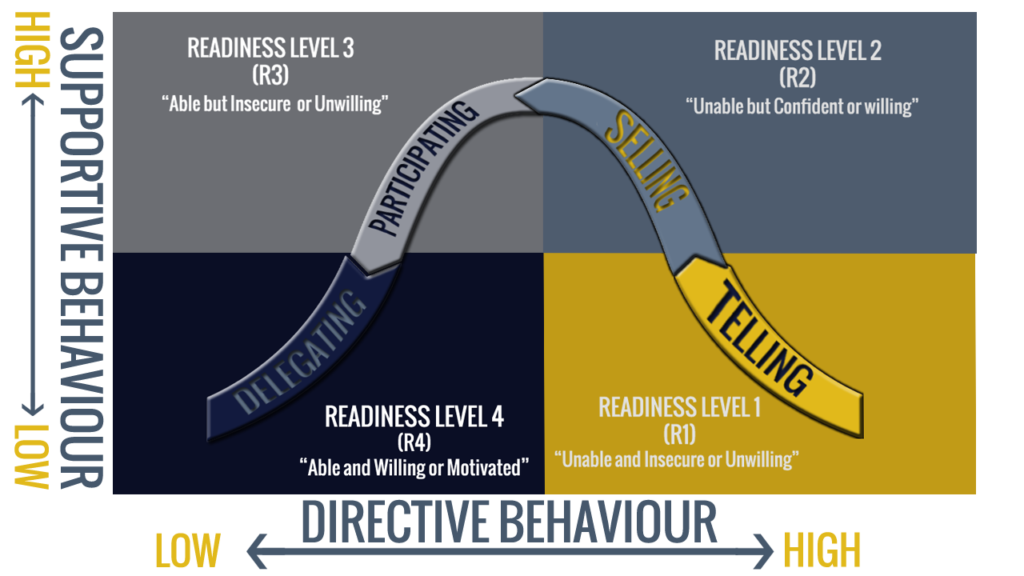
The Pros
Time

The phrase Short Term Pain leads to Long Term Gain can definitely be applied here.
Whilst this type of leadership requires a lot of initial support, and thus time – you can reap the benefits later on once your follower is both competent and motivated to get on with their tasks on their own.
Once you have lead people through Participating Leadership and it is clear that both their competency and motivation levels are high, you can begin delegating tasks to them. The time you invest developing your people here will give you a wealth of time later as you are able to confidently delegate your workload to your followers, knowing that they are not only capable but also motivated and willing to do the work for the team.
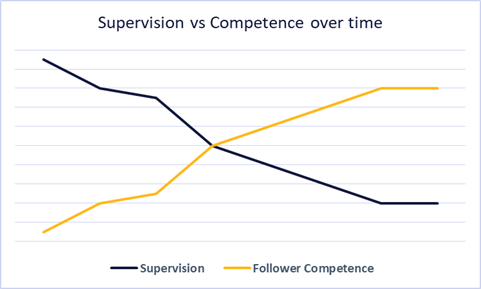
Whilst Participating, you will be spending lots of time with your Followers to help guide them and understand their thoughts and ideas. As the Follower develops their own tool kit and ability to problem solve, you will need to spend less time with them at this stage.
An easy way to think about this technique is with a scenario.
Scenario:
A new project lands with your team. According to Situational Leadership, there are 4 styles you could use:
Directive – Tell the team exactly what they need to do, when by and how they need to do it. the team do not get a say.
Selling – Blend Directive and Coaching techniques to set goals and get your teams understanding on what they think they can do. Set expectations and give a clear message, outlining why the project is important.
Delegating – Tell your team there’s a new project and its up to them on how they deliver on the outcomes.
Participating – Tell your team there is a new project and get them in a room to brainstorm ideas, guide conversations, spend time looking at problem solving tools and question people to check their understanding. Agree an outcome as a team.
As you can see, this is quite a time intensive method at the start but soon, your Followers will be:
- Problem Solvers
- Self-sufficient
- Engaged
- Motivated
- Leaders
I don’t know about you, but we’re pretty sure that’s a worthwhile investment of our time.
Involves your followers

Participating Leadership means that you are making a conscious effort to involve your people in key decisions or skill development. It’s important to remember that involving your Followers is about really listening to them – not just doing it to tick a box to make them feel valued. Your followers are likely doing their tasks every day, are closer to the process than you and may be at the point where they actually know how to do it better than you. It can be hard to put aside our ego, especially when we have an idea already on what we need to do to improve but take the time out to listen to your followers and put their ideas into practice where possible, this will help you build trust amongst your team as well as develop their skills.
As the Leader you still have the final say – but think about all of the opportunities you could be missing out on if you fail to listen or always override a good answer because it’s not quite your one. A good rule of thumb is, if you can see their plan working but it’s not quite as good as yours, let them run with it. Where their plan is dangerous or there is a real risk of mission failure, ask questions about the risks and how they plan to mitigate them – you can still pull rank if you need to but really – how will that make people feel? Let your Follower learn themselves and build their own experiences – where it is safe and possible to do so.
Encourages accountability
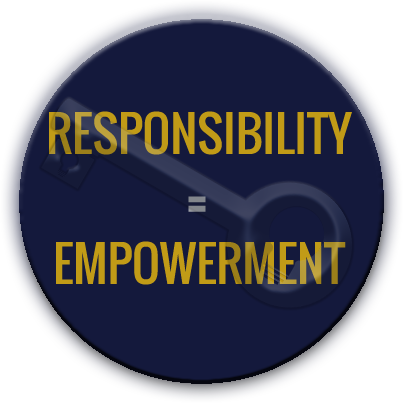
Think about a time where you were really passionate and excited about doing something. Did you feel focused, determined and energetic about the possibilities competing this task would bring?
Now think about something someone else asked you to do, that you weren’t really interest in doing and you could have thought of a better way to do it, had you been asked. Did you feel bored, uninterested and distant from the task?
When someone comes up with an idea, they have more commitment for it because they want their idea to succeed. This is simple human nature as our ego wants us to achieve and be seen achieving with our own great ideas. By participating in the decision making, your Followers will be more accountable for the task as they will have contributed to it.
I have seen this many times within my Leadership career, when a Follower seems unengaged and unproductive behaviours start to surface, it generally helps to give them more responsibility and ownership of their day. It seems counter intuitive but forging a trusting relationship and enabling them to achieve on their own can be key to saving a great employee from causing further conduct issues, quitting or being managed out the business – just be clear with your expectations first.
Embraces creativity and development

Stephen Covey has said that “strength lies in differences, not similarities.” A smart leader surrounds themselves with great people and is conscious to bring people into the team with different viewpoints. By creating a safe space for people to discuss options, you have a great opportunity to mine for different strategies and views in order to get the best solution. True creativity will come when people feel safe sharing their ideas – so provide a platform to try out ideas as often as possible and where an idea has missed the mark, probe further to understand the thought process and guide it back to the objective.
Soon, the team will be innovating solutions and making strides towards your vision. Giving your Followers an environment that fosters innovation and allows them to put ideas into practice will aid in their development as they work on their influence, communication and subject matter skill sets.
Motivates and Inspires (will)
![]()
The purpose of the participative leadership style according to the Situational Leadership model is to motivate and inspire your Followers to increase their will to do the job. By doing this, your Followers become much more self-governing and motivated to achieve the objectives.
This links to the same point about accountability, when someone feels listened to and valued they are much more driven to work towards your objectives. This happens when the follower wants the team, the leader and the operation to succeed because they understand and see how valuable they are to both the vision and the missions success.
I was working with a team member who despite their good skill set, had a bad reputation for their behaviour. I was excited to work with them however, as they clearly had potential but had no ‘why’, they just didn’t have the will to take their role seriously.
One of the first actions I took, was to give this person a task that required a lot of responsibility. I outlined what needed to be done and explained the tasks impacts to the rest of the team. We had meetings to discuss the team members ideas and progress but other than that I was completely hands off.
They did an amazing job with their task, helping not only the team but the entire department achieve one of its biggest annual targets, their behaviour drastically improved (along with their reputation) and they ended up progressing to a higher role in a different area of the company.
All I did was provide them with more responsibility, trusted them to deliver and was there to support them throughout where they needed it.
With the positives of this Leadership style explored, let’s start to look at some of the pitfalls of this style and how to mitigate them.
The Pitfalls
A good leader is a prepared leader, to obtain a balanced view, we need to look at the negatives as well as the positives of this Leadership style in order to foresee and plan for the risks.
Time

As above, this method initially takes a lot of time from a leadership perspective. On reflection, it’s about balance. Where you have the time to be a participative leader, great. Sometimes though, when dealing with time critical issues, this leadership style will cause problems.
When decisions need to be made quickly, a more directive leadership style needs to be used. Be mindful of how much time you and your team have before using this leadership style.
It’s really important to take stock here, if you are always this busy, then it’s a good idea to make the time to be a Participative leader or bring in someone specifically to do this for you. Remember that once your team are both confident and motivated, then you will save plenty of time when you are able to delegate work to them. Putting this style off because you are “too busy” now, puts your future self and team in a losing situation.
Ask yourself:
- “What can I do to find the time?”
- “If not now, when?”
- “How can I arrange my day to fit this in?”
- “Who can I bring in to help?”
- “What will my day look like when my team are skilled and motivated?”
Sensitive information

There is a fine line when deciding what business sensitive information you provide to your team. Giving out this information may lead to panic, get you in hot water or even land on your competitor’s doorstep. On the other side, you need to consider if this information needs to be known before a logical decision can be discussed amongst the team.
Where you don’t share this information, your team may be left frustrated that their ideas are not accepted but no explanation as to why is provided. Without this explanation, how will they know if their next idea will need to be rejected? How much time are your team going to spend coming up with unusable ideas? If you cannot share this information, consider a different leadership approach or be very clear about key missing information and what constraints it may have – though allowing people to fill in the Blanks here, will likely lead to increased speculation and anxiety.
Ask yourself:
- “Why can’t I share this information?”
- “What impact does this have on the project?”
- “What would I want to know in their shoes?”
- “What impact could this have on problem solving attempts?”
- “Is there a way I can outline parameters without sharing sensitive data?”
- “Is Participating Leadership the right approach here?”
- “What is the right thing to do?”
Handling unused ideas
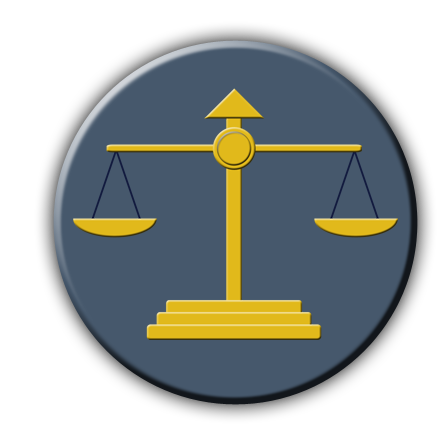
You’re at home and all of a sudden, you feel inspired about one of the issues you are facing at work. You stop what you are doing and you brainstorm ideas, risks and opportunities. You consider how to present this to your manager, what communication techniques you will use, how you will present the data and pre-empt their questions. You get to work on the presentation, staying up late into the night to get it done – it will be worth it though. You’ve solved the problem, you can already see the reaction on your teams face and achieving your goal is now clearly in sight. You are brimming with excitement and passion.
You get into the meeting room and deliver your idea. At the end, your manager yawns, bluntly says ‘no’ and walks out the room. The idea you thought would solve everything, that you worked on all night and delivered with energy and passion, had just been shot down. How are you feeling right now?
– Frustrated? Ignored? Deflated? Demotivated?
It’s fair to say that you wouldn’t be so confident to put forward ideas in the future, you probably wouldn’t be able to focus when you got back to your desk and the shutdown may have put you in a pretty bad mood.
As a Leader, its vital that you say ‘no’ in the right way. First, make sure you understand what you are saying no to. You may actually be on board once you’ve asked a few questions such as:
- “What do you mean by…”
- “How do you think that will solve the issue?”
- “That’s interesting, tell me more.”
- “I see how that might work but does it fit our values?”
- “I like the sound of it but how long will it take? We have strict time constraints.”
- “How will we get the necessary items?”
- “What are the risks and opportunities of your plan”
- “What did you consider when you came up with your plan?”
If you’ve understood the plan enough to know it’s not going to work, you now need to be tactful in delivering this message. Consider the amount of time, energy and thought that has gone into the plan, something like this may work:
- “I see where you’re going with this and I’m really sorry, I’m afraid I didn’t explain the parameters well enough. On this occasion we need to think more along the lines of…”
- “You’ve put a lot of time into this, I really appreciate what you’re trying to do. Lot’s of teams have tried this way before though and I want to save you the pain they went through. Another approach may be more efficient this time.”
- “Good ideas, it’s my fault though, I should have been clearer with my vision sorry, have you thought about…”
These approaches can take the sting out of rejection and encourage further thought, showing your Follower that whilst they have missed the mark, you are still interested in what they have to say. Taking ownership of why the idea wont work helps to remove bitter feelings and the blame game on why an idea hasn’t been accepted.
Readiness levels
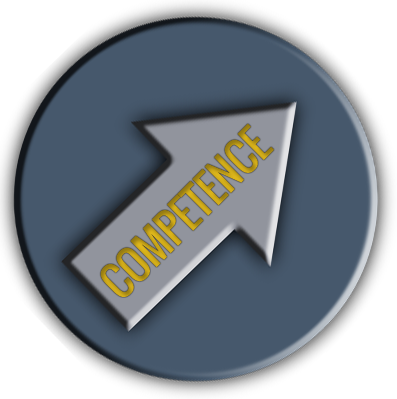
Just like the other Leadership styles in the Situational Leadership model, Participating Leadership is meant for a specific Readiness Level (R3).
If you use this approach with R1 (Unable and insecure) or R2 (Unable but willing) Followers, the problem you will have is that you are asking workers with limited or no skill to wade in with their opinions and suggestions. If a Follower is new to the role, has no external experience and no idea of internal processes or who owns them, would it make sense for either of you to use this leadership style? It will likely make them feel overwhelmed and provide no real outcome for you as a leader.
If you use this approach with an R4 (Able and motivated) Follower, they will likely think you have lost trust in them. Participating leadership is a highly supportive style, that sees you facilitate tasks. An R4 Follower will likely want you to highlight what needs doing and why so they can figure out the rest. Using the wrong leadership style here can damage trust, confidence and relationships.
Now we’ve looked at the Pros and the Pitfalls, it’s time to summarise this leadership style by looking at its purpose.
Purpose
![]()
We’ve ruled out this style for R1, R2 and R4 Followers, this means that the purpose of Participating leadership is to lead R3 Followers. The Situational Leadership model refers to R3s as ‘Able but Insecure or Unwilling.’
This is someone who has all of the skills to be an amazing team player but for some reason they are insecure about their abilities or Unwilling to apply them.
If we are thinking about why people may fall into this category, consider:
- People with typically low confidence or low self-esteem
- People who are holding limiting beliefs
- People with bad experiences in teams or with micro-managers
- People who are bored
- People who don’t see the purpose of their work
- People who are disengaged with the company, team, Leader or mission
- People who do not feel challenged or valued
When used effectively, the Participating style can:
- Increase a Followers confidence
- Boost trust
- Allows them to feel valued and involved
- Helps them understand the mission
- Links their purpose to the organisation
- Motivate and engage your Follower
The purpose of this leadership style is to increase your Followers confidence level alongside their will to meet their objectives. Once they have the skill and the will, they become R4 followers – this is a readiness level where you definitely want your team to be.
If you struggle with Participating Leadership, there are some great tools and you can research and utilise within your team:
- The six hats
- The 5 Why’s
- Group Discussions
- Mind Mapping
- SWOT analysis
In conclusion, Participating leadership is a fantastic option when your Followers are skilled enough to take advantage of this style. It can help create a sense of purpose within your Followers and re-engage them in the teams mission. Whilst it does take a lot of time initially to build up trust and navigate conversations and ideas, the end results are worth it as you will have helped to develop your Followers into Leaders and bring them into the final Readiness level: Able and Willing.





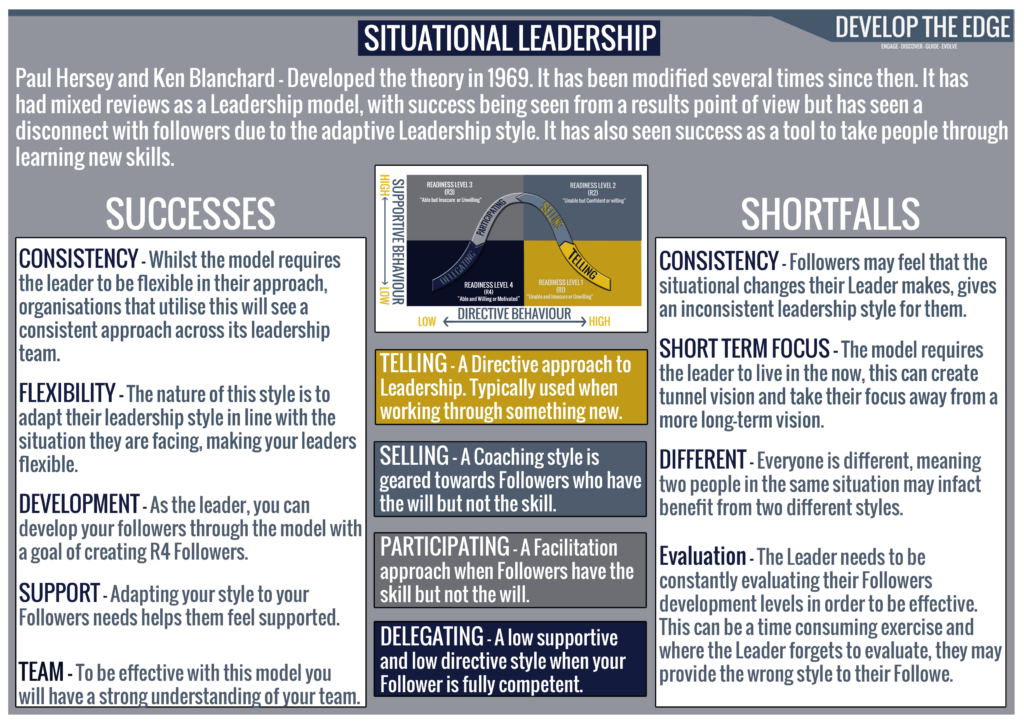
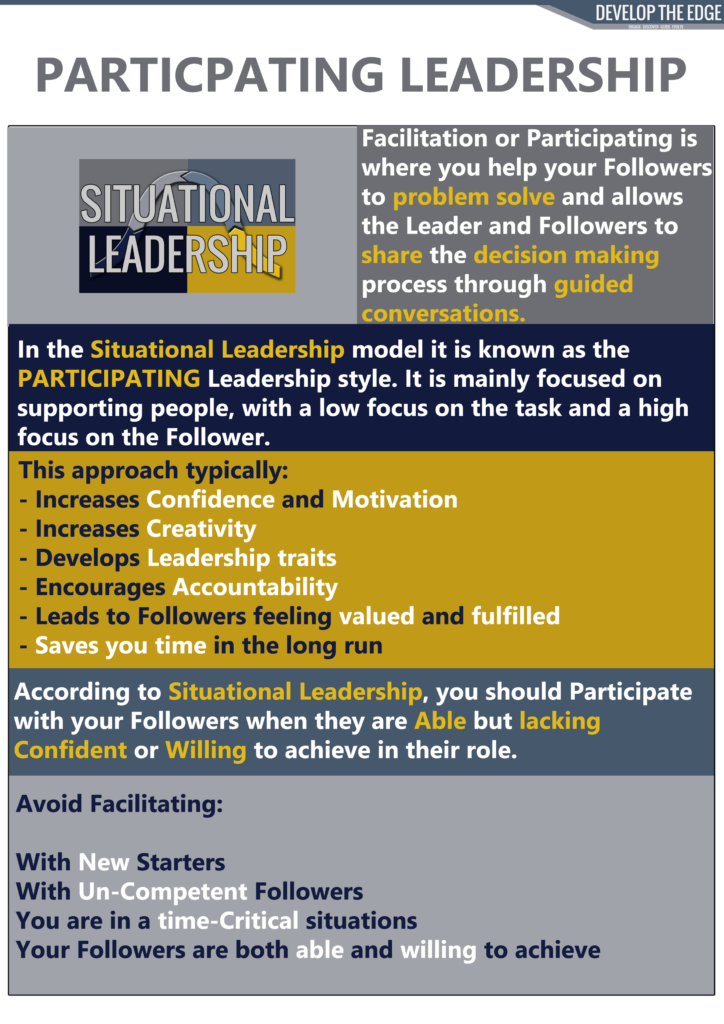

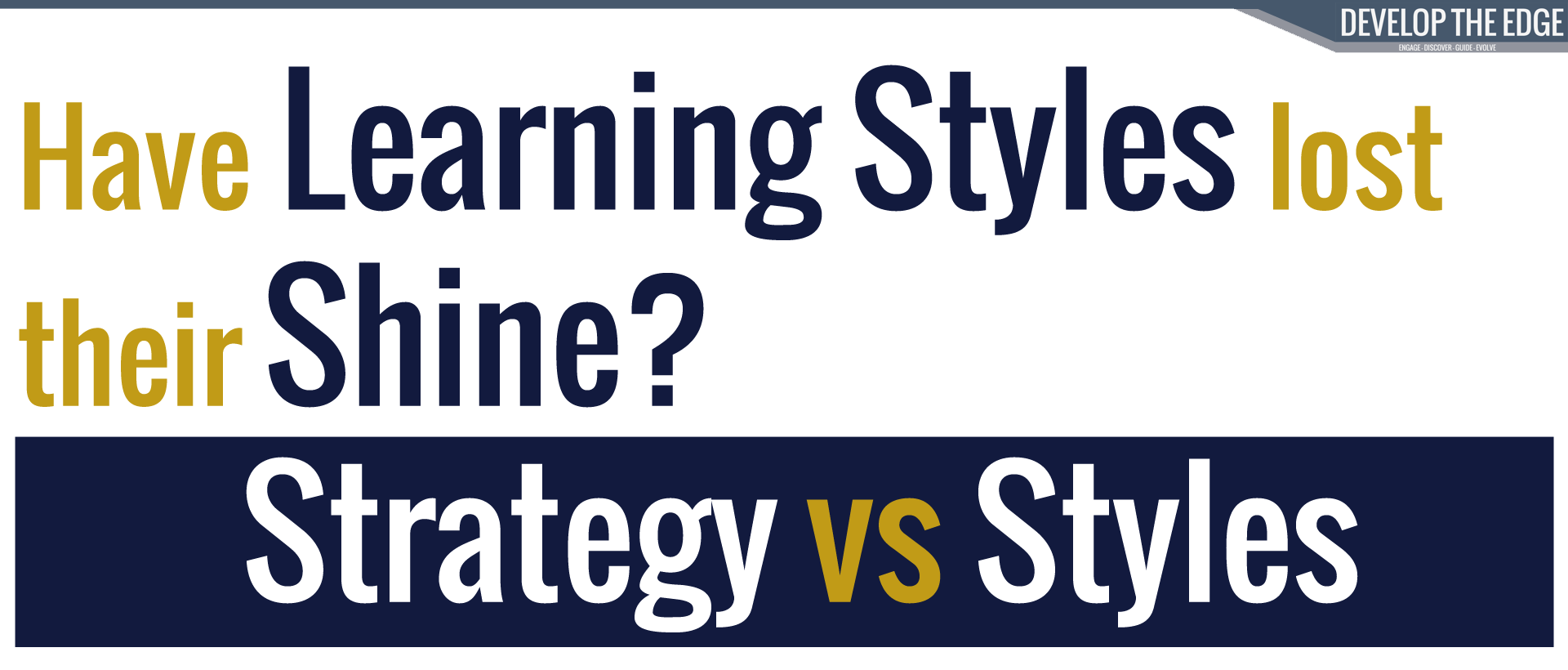

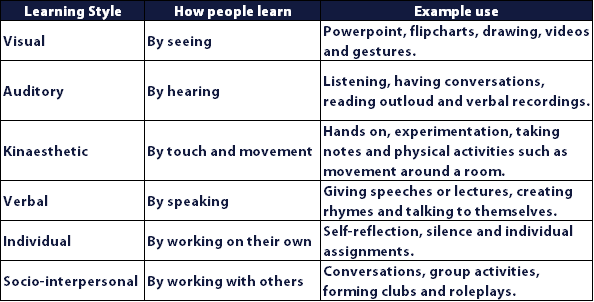



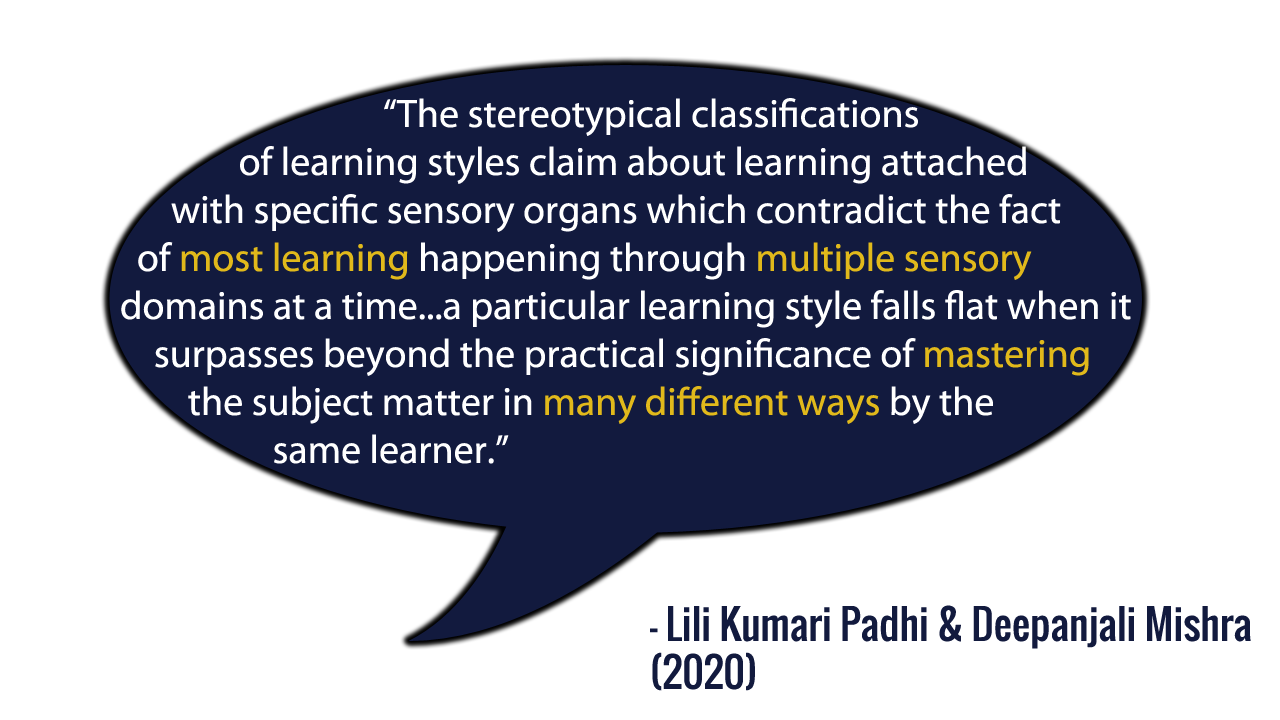

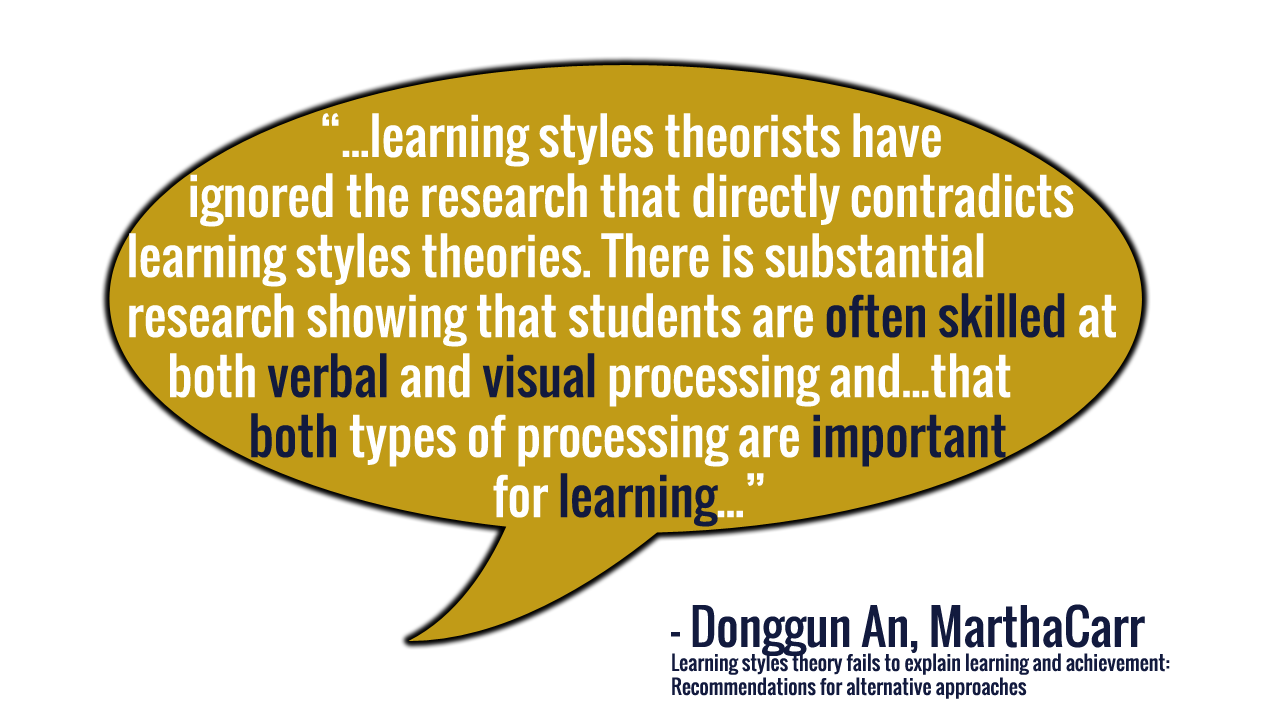





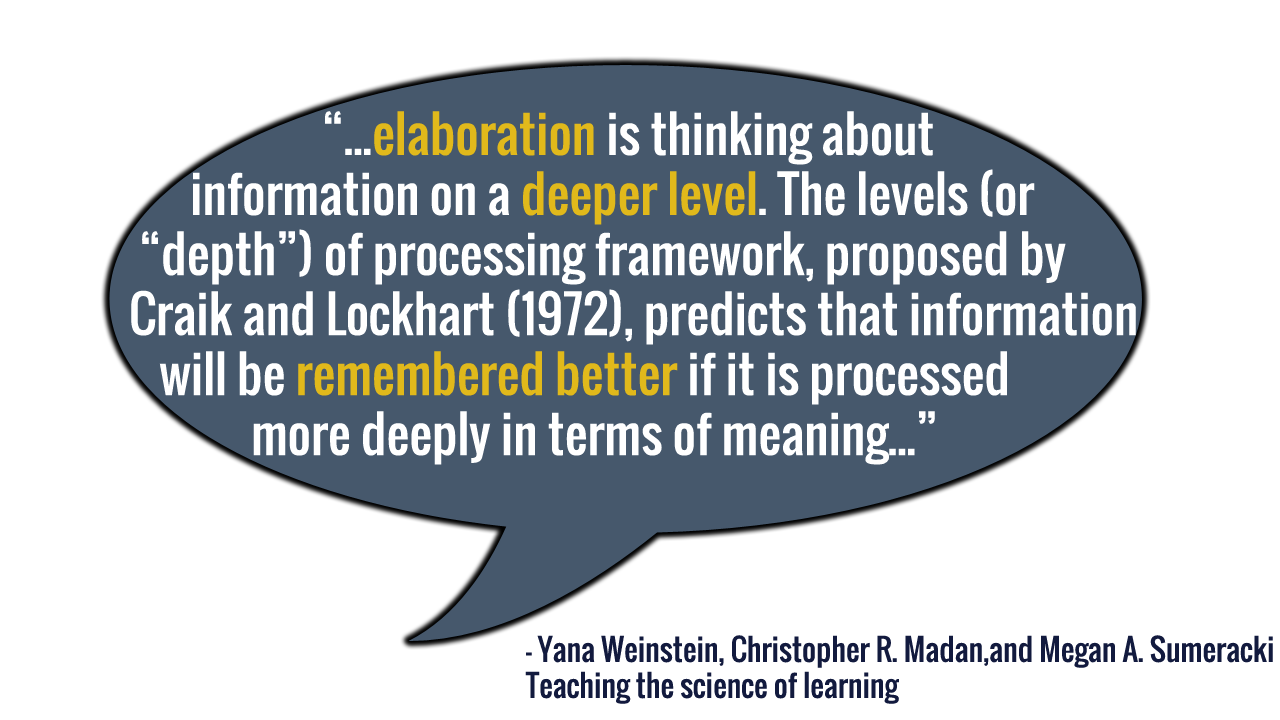


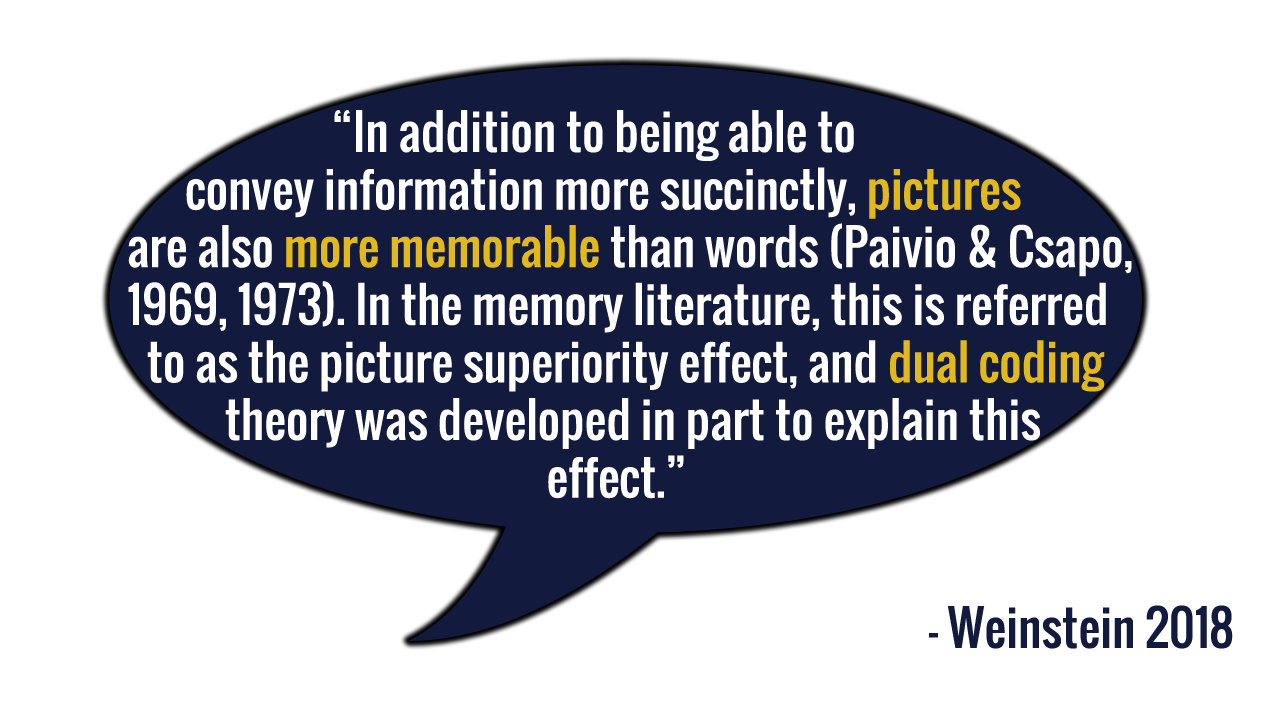

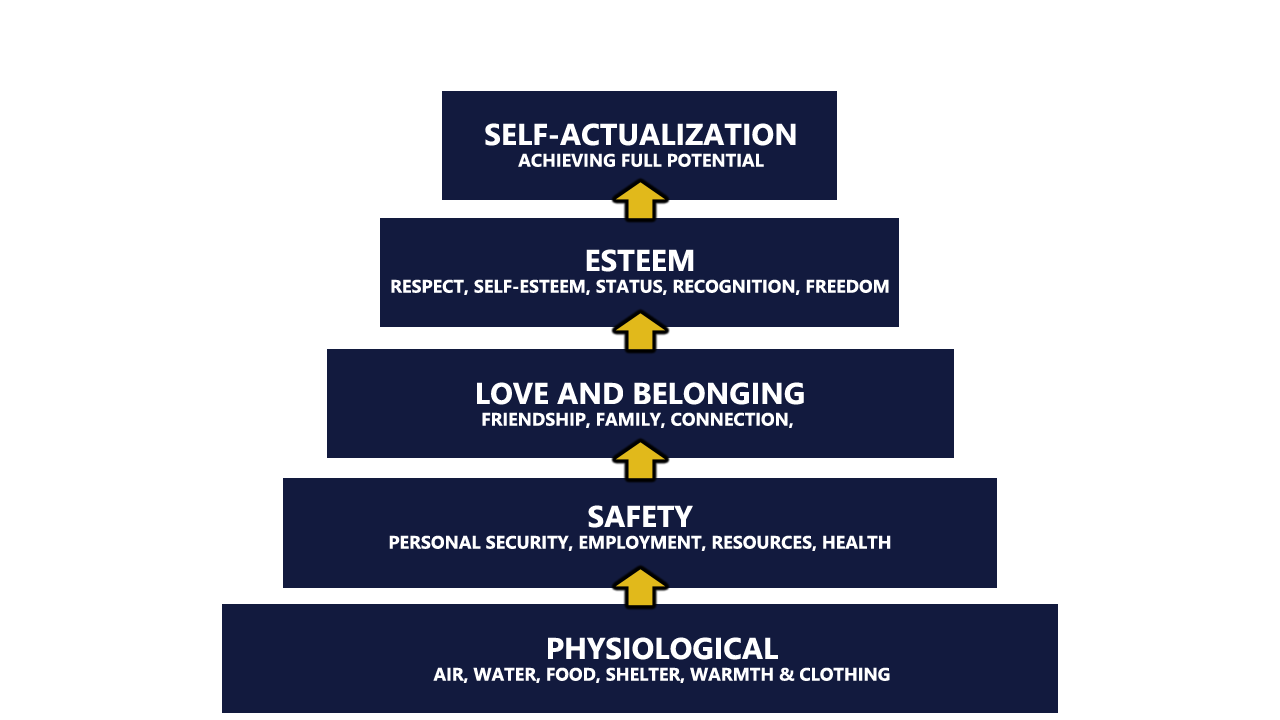

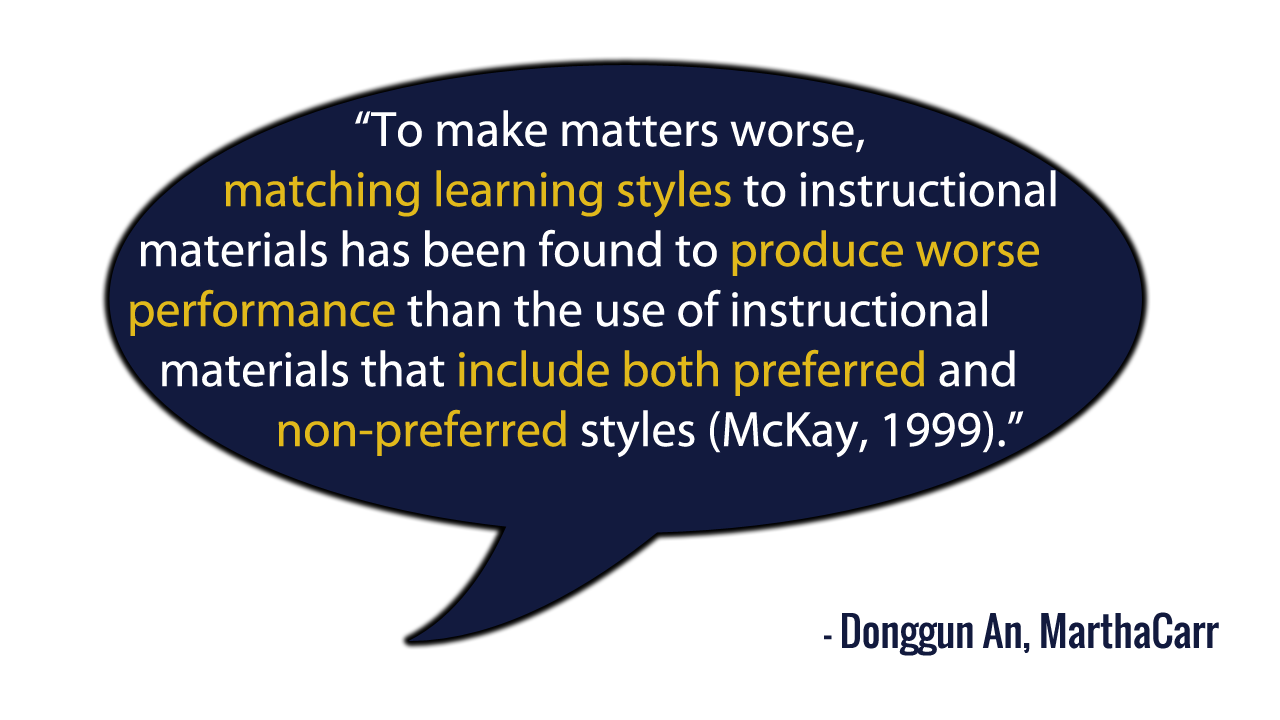







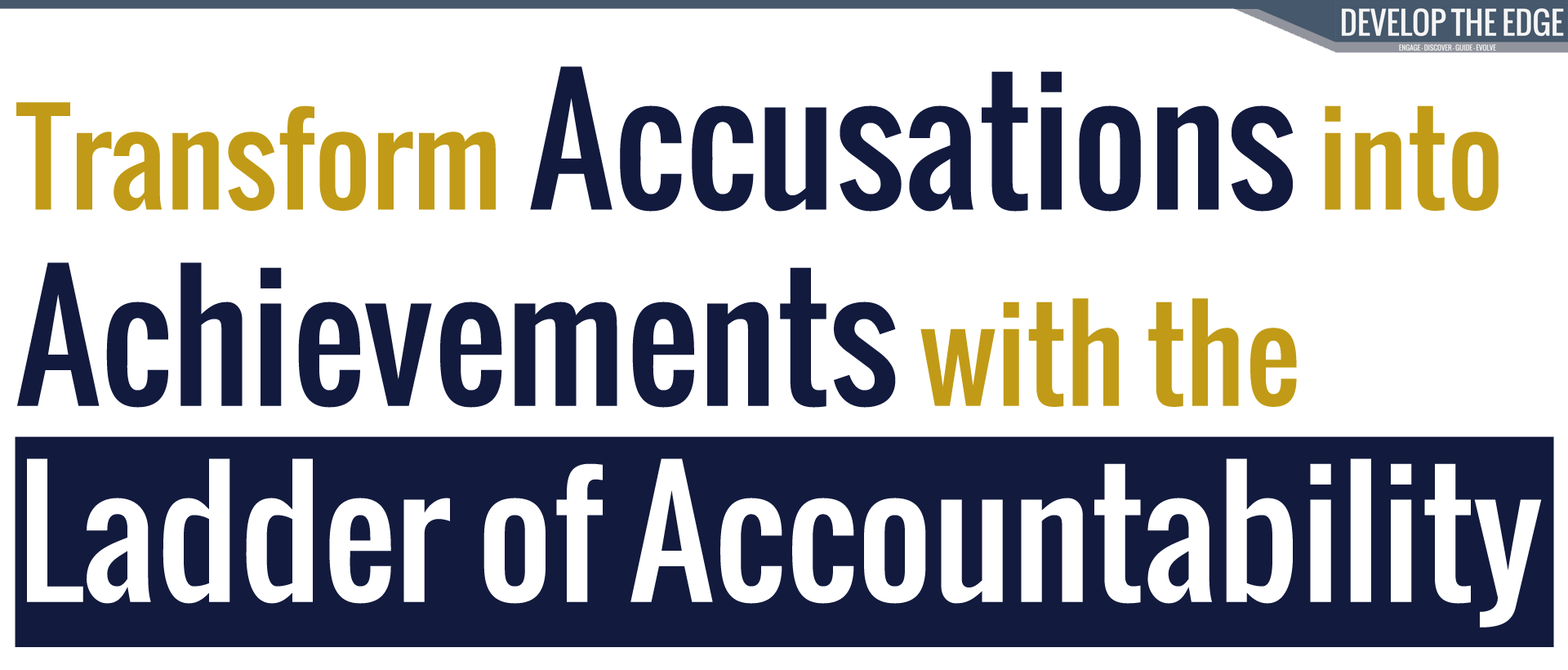
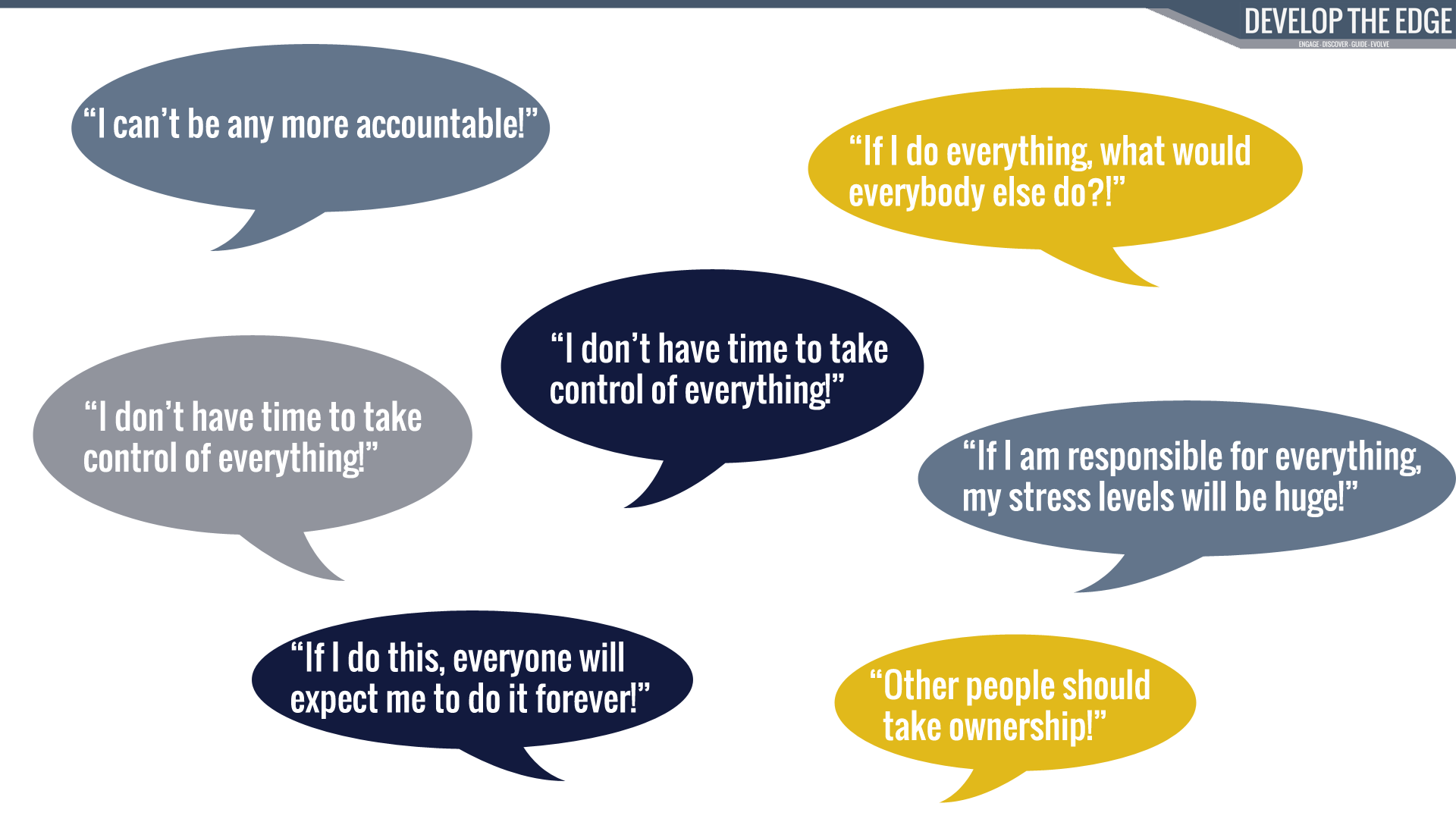
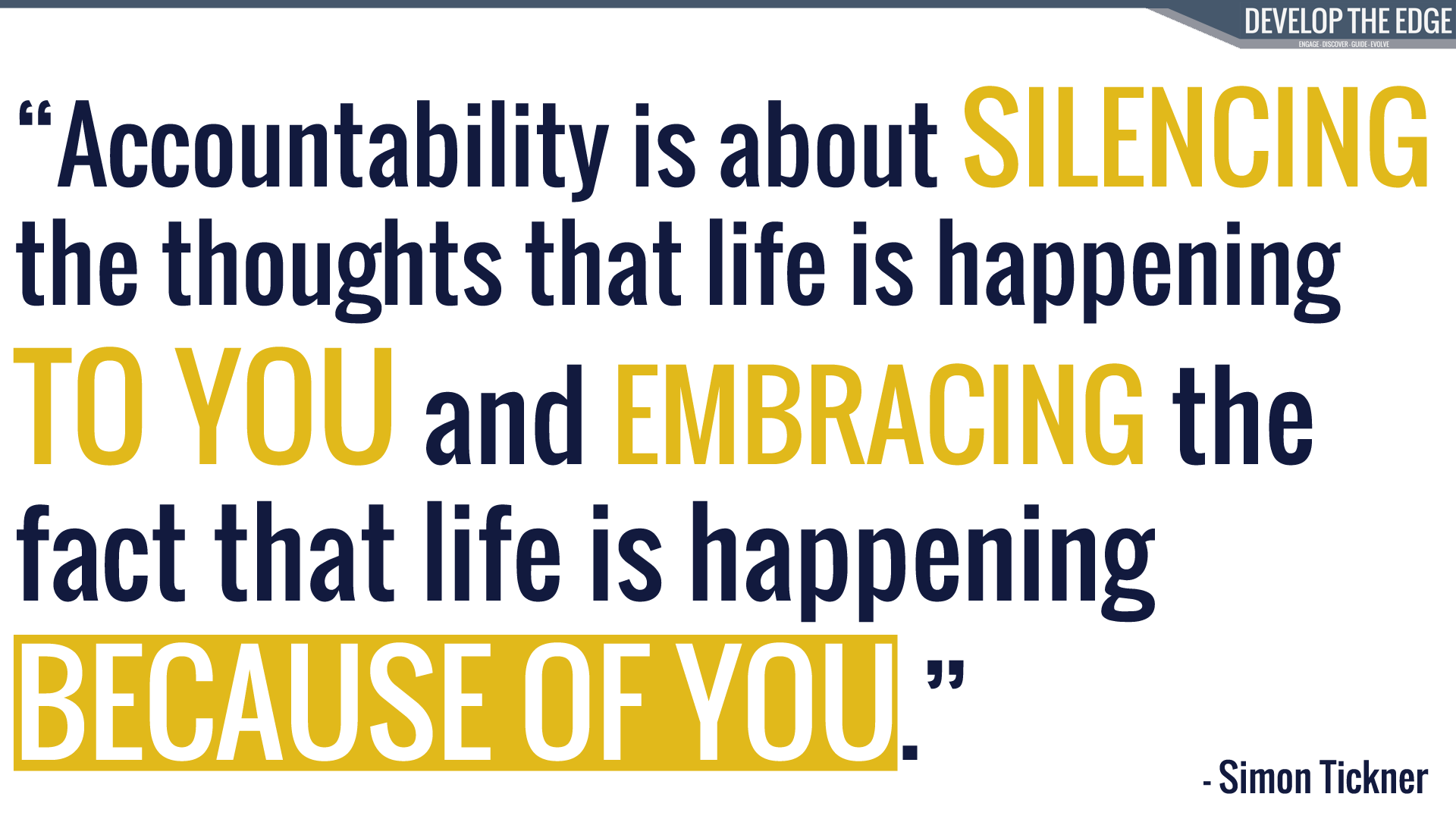
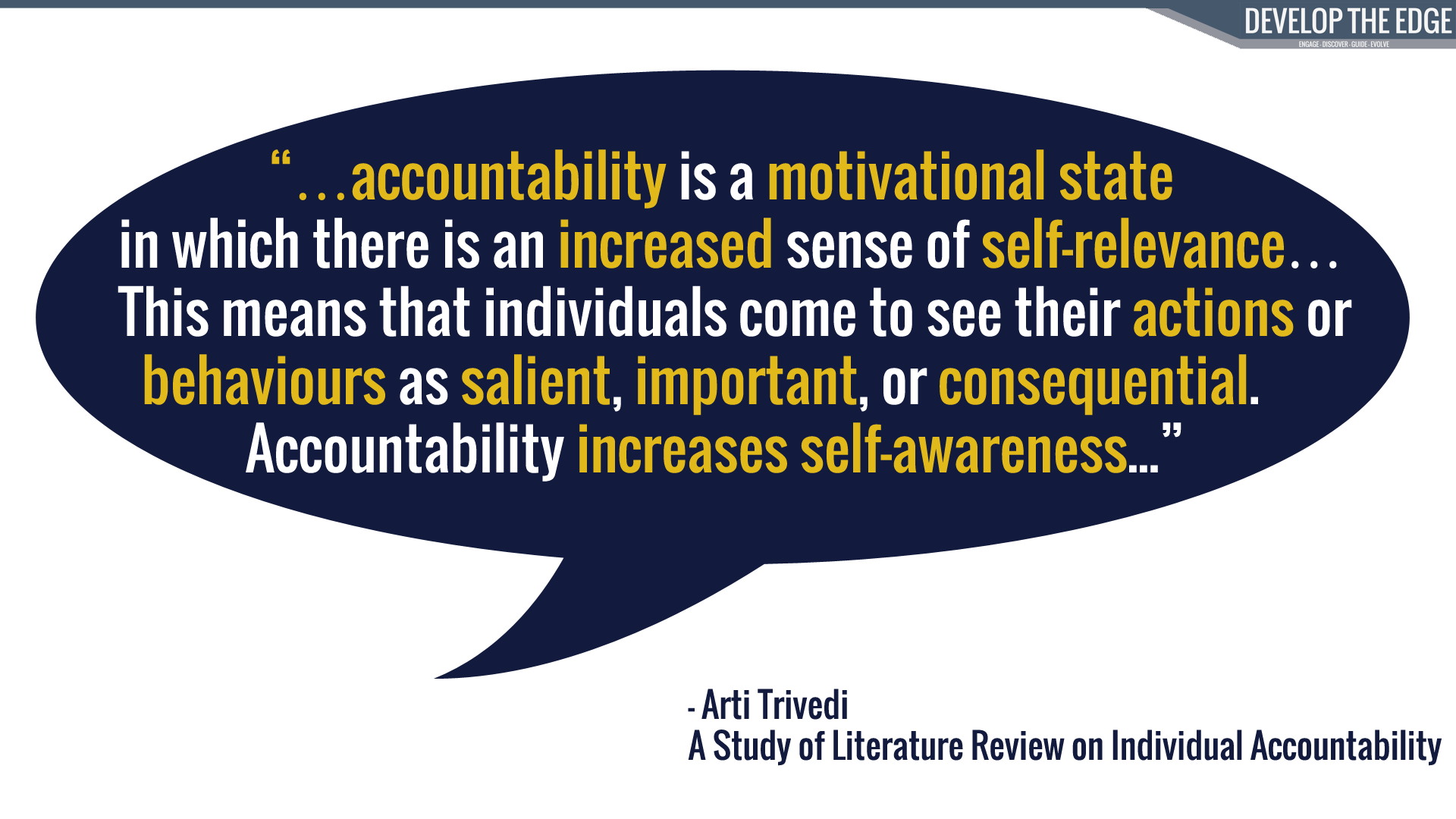

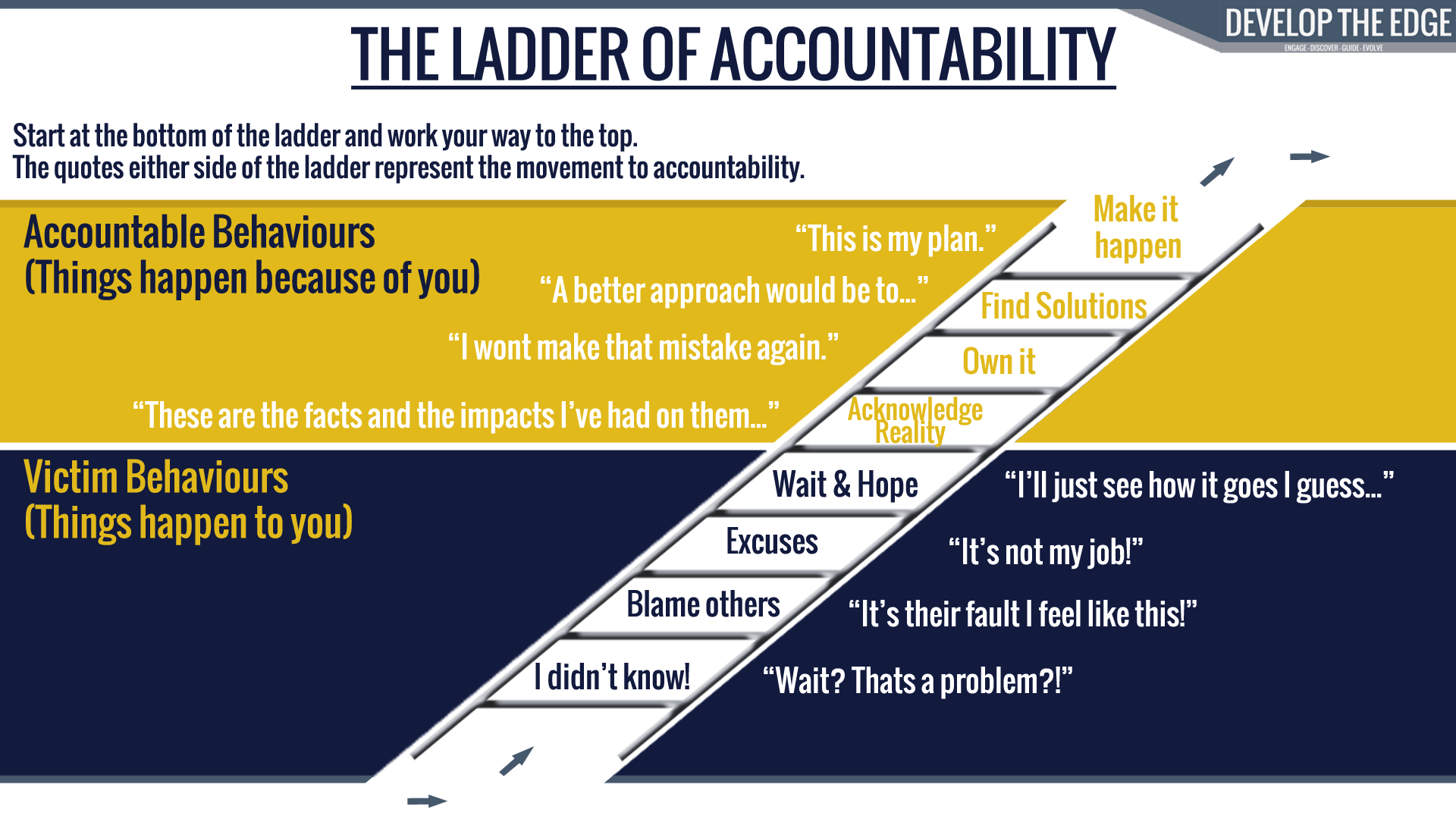
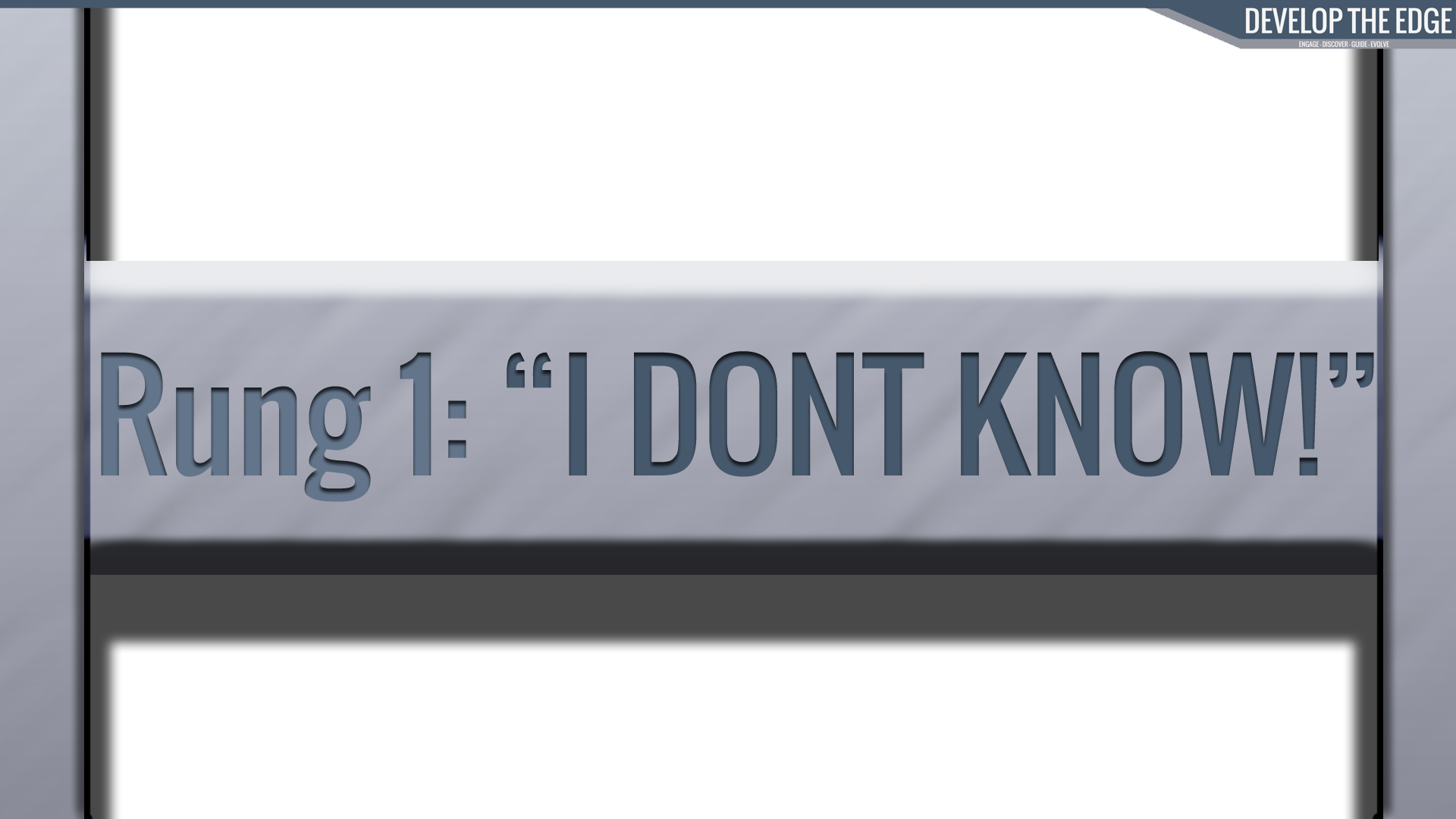

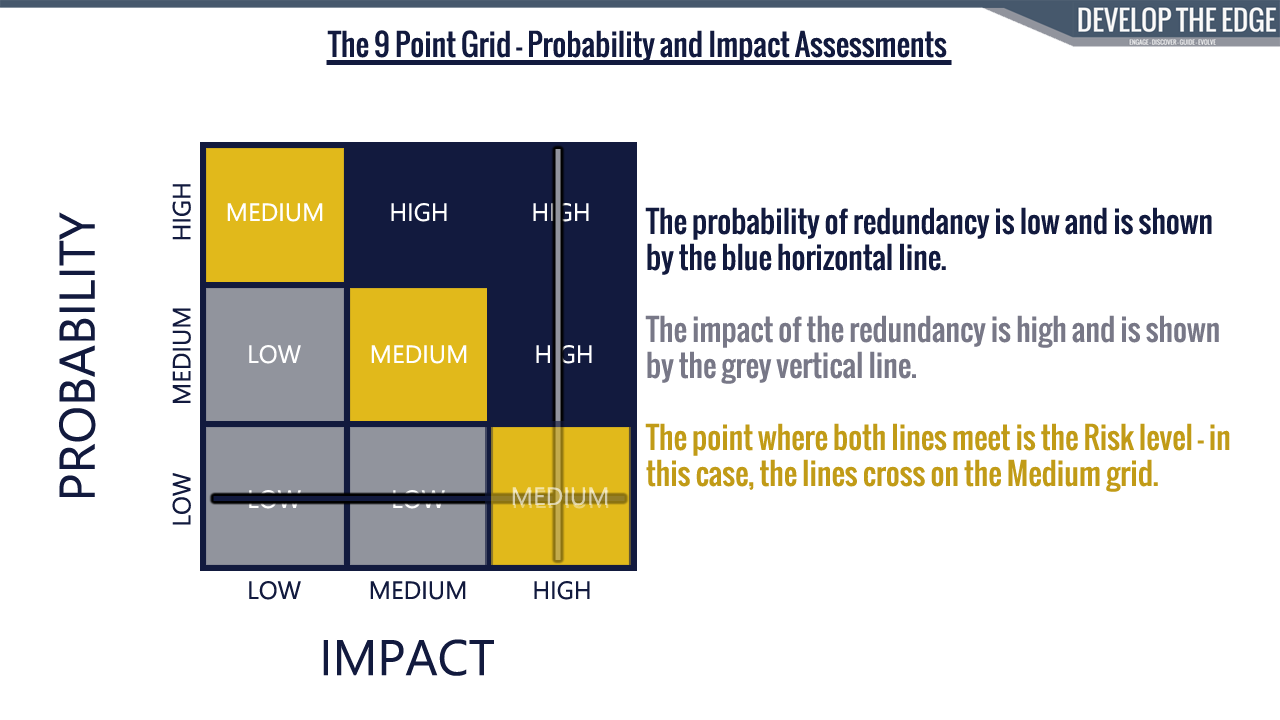
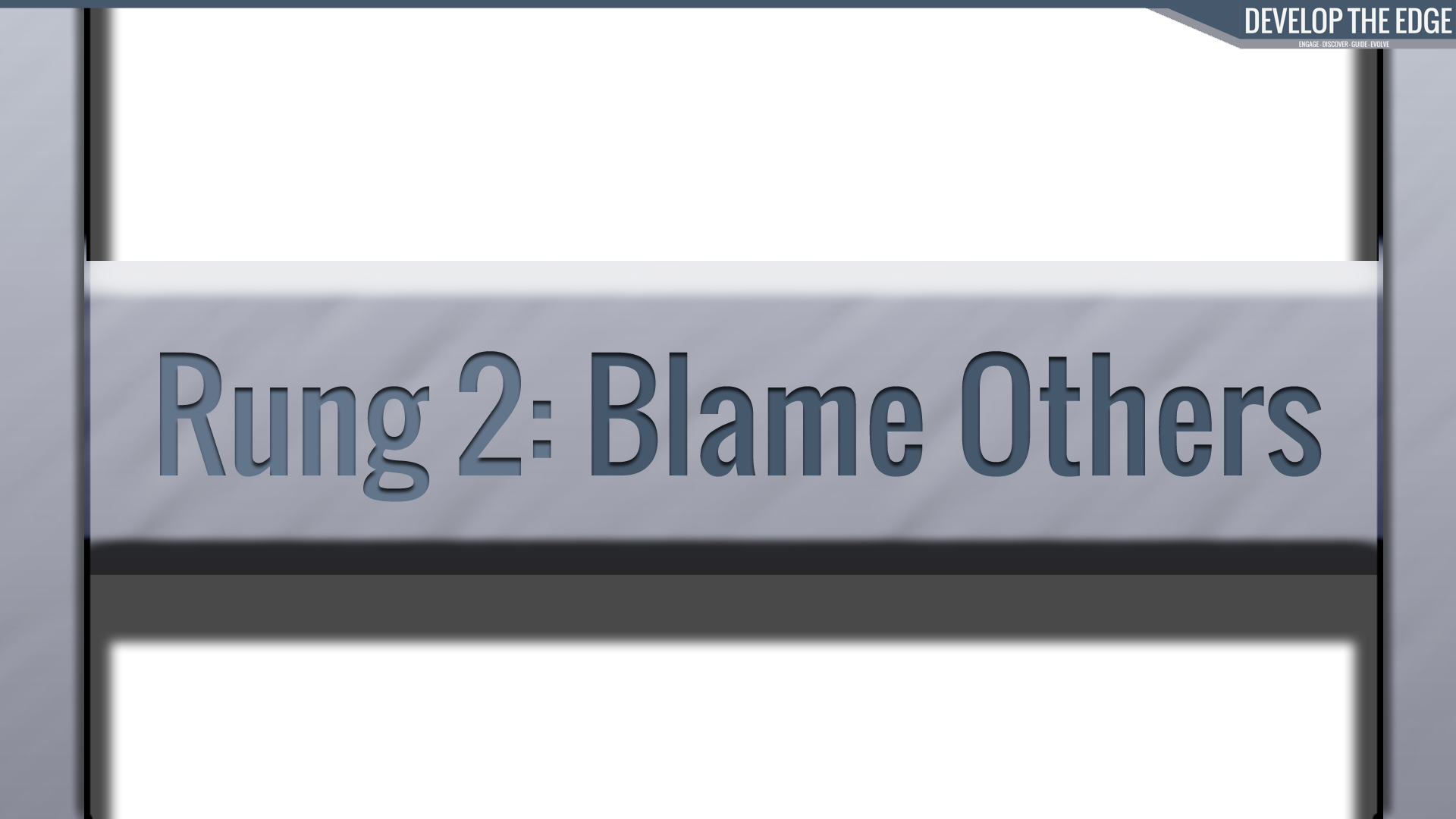
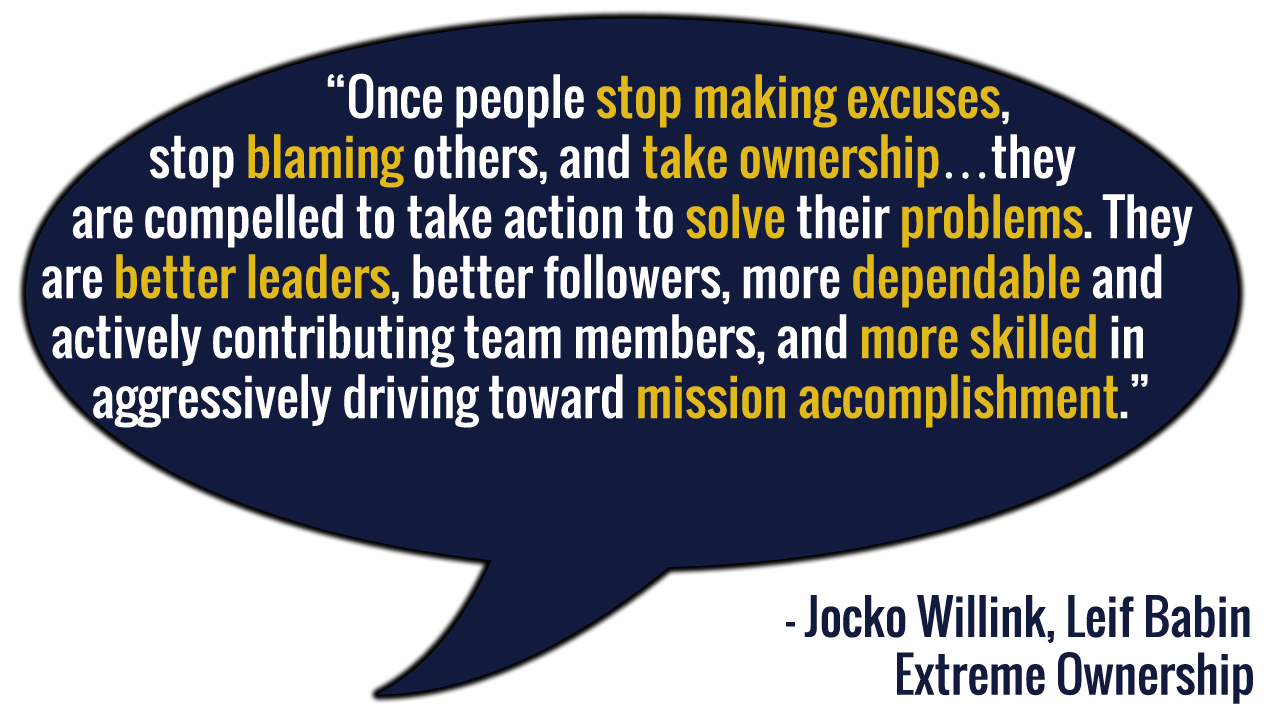
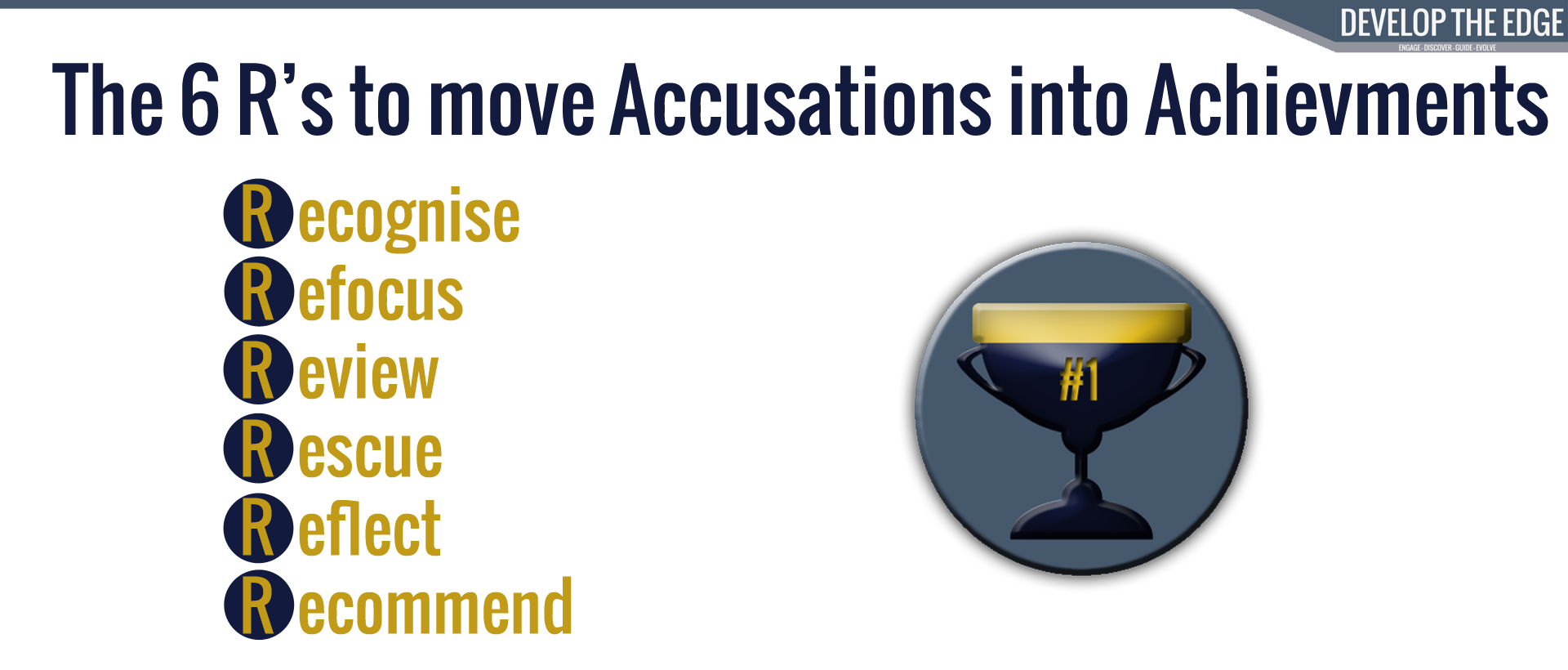
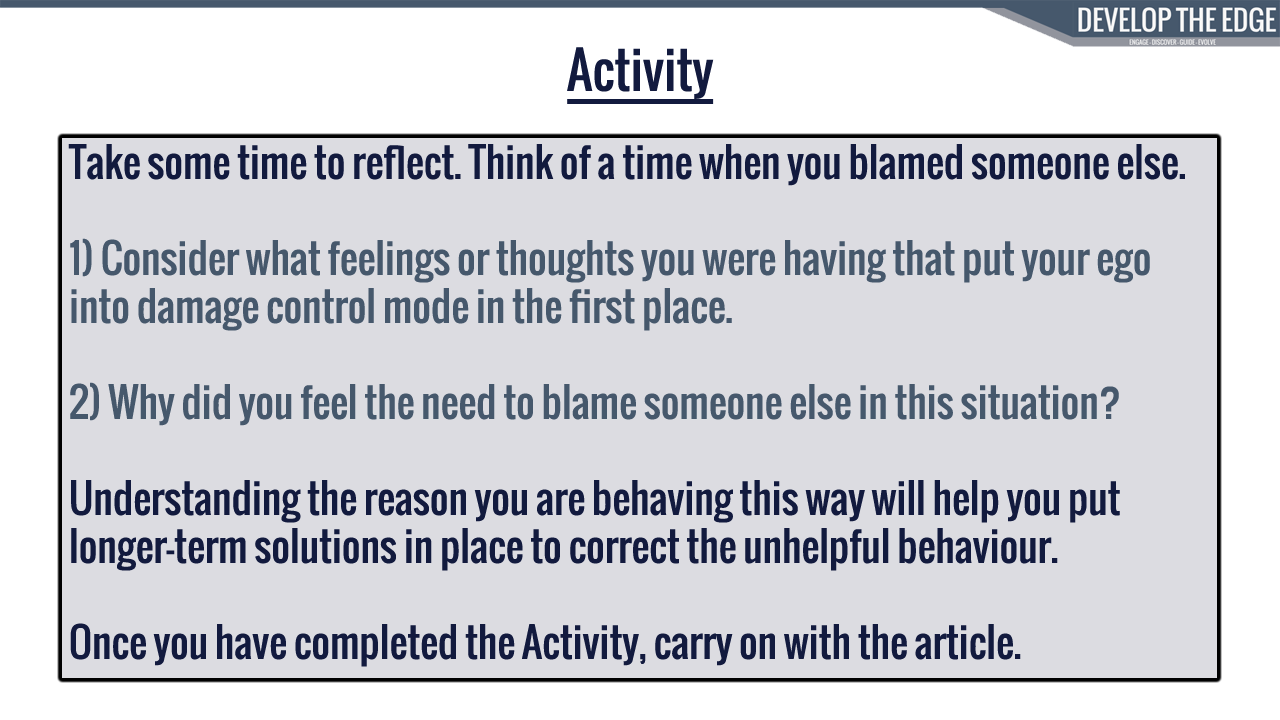
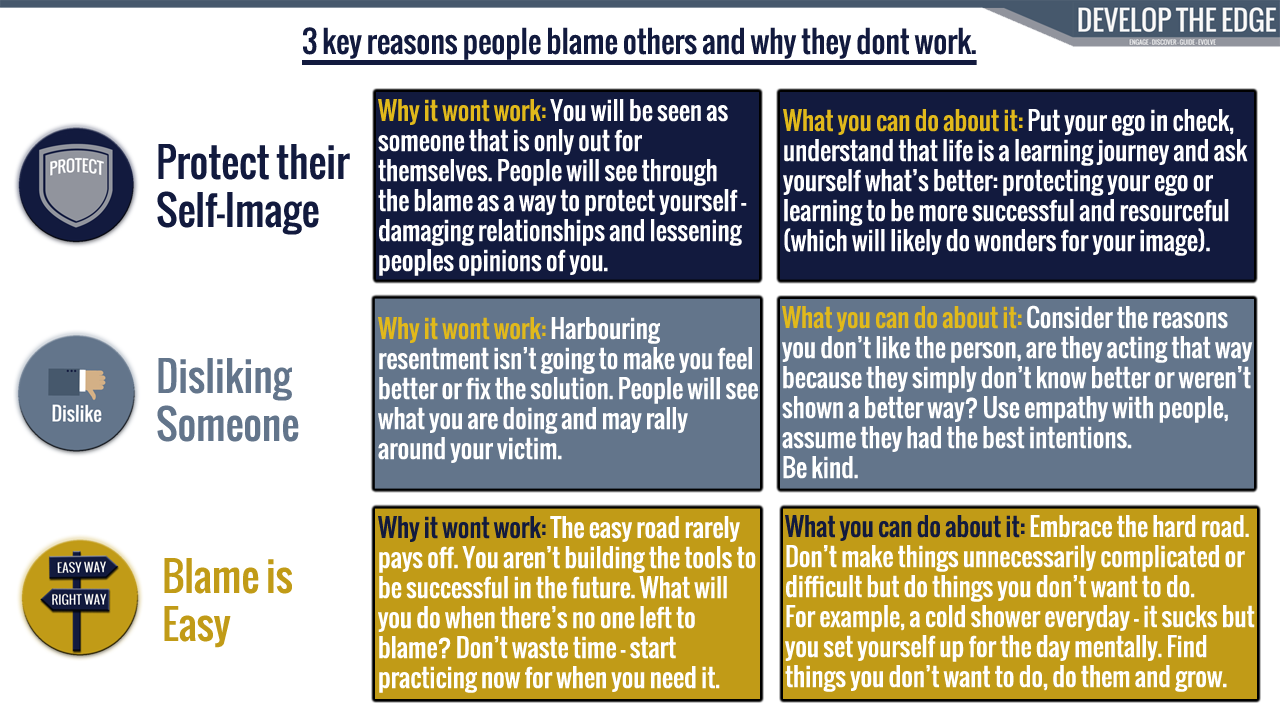
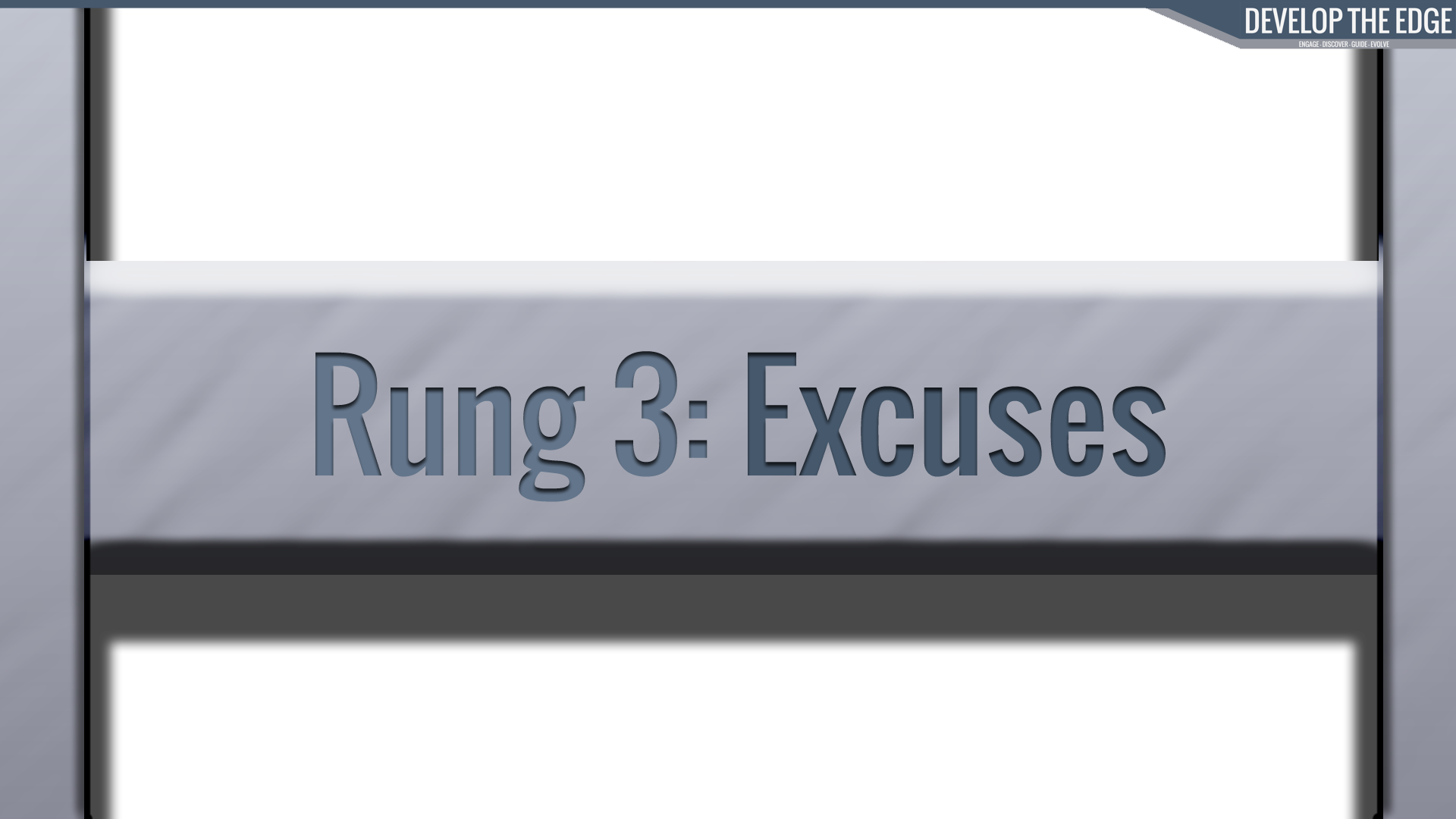
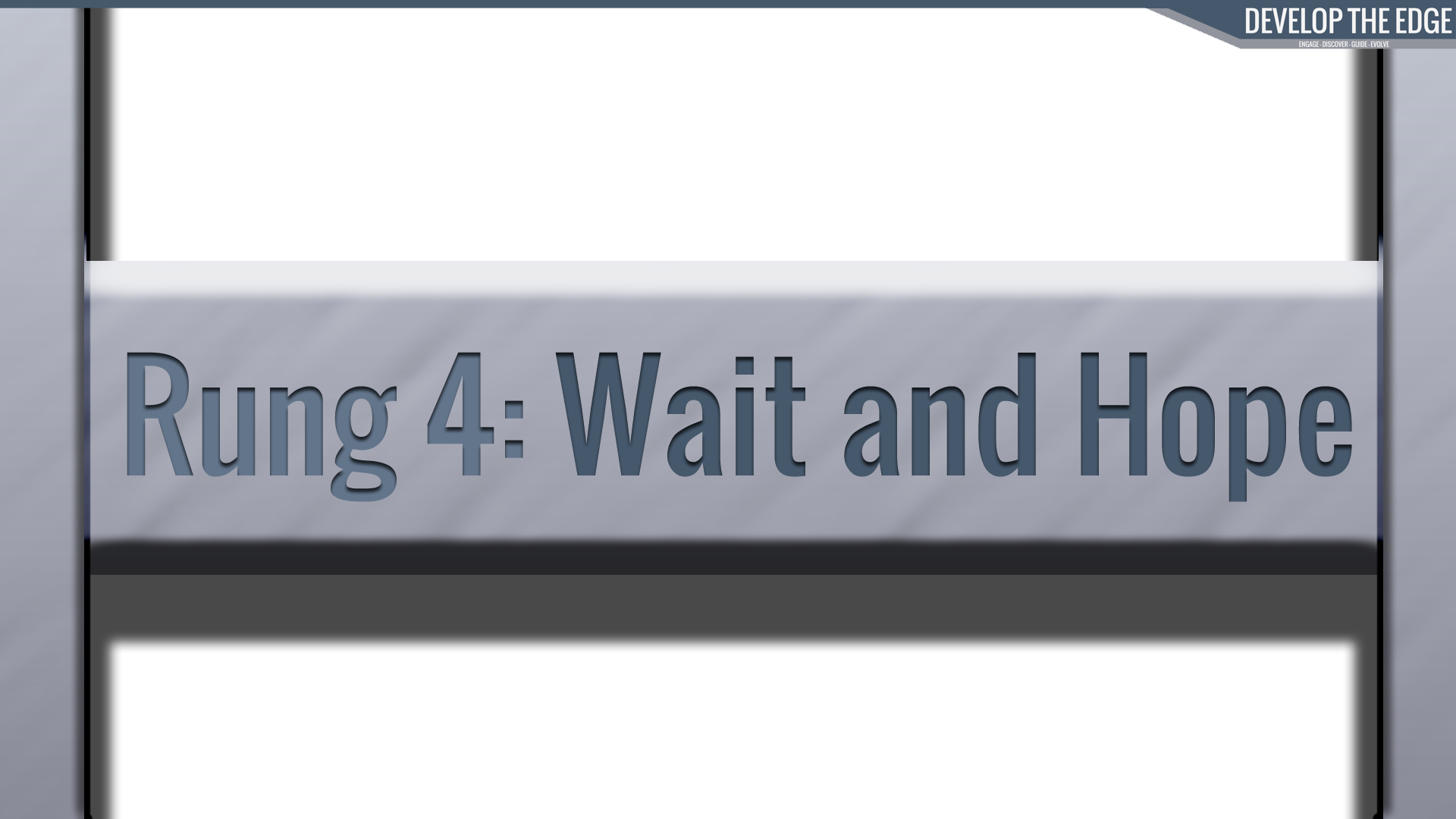
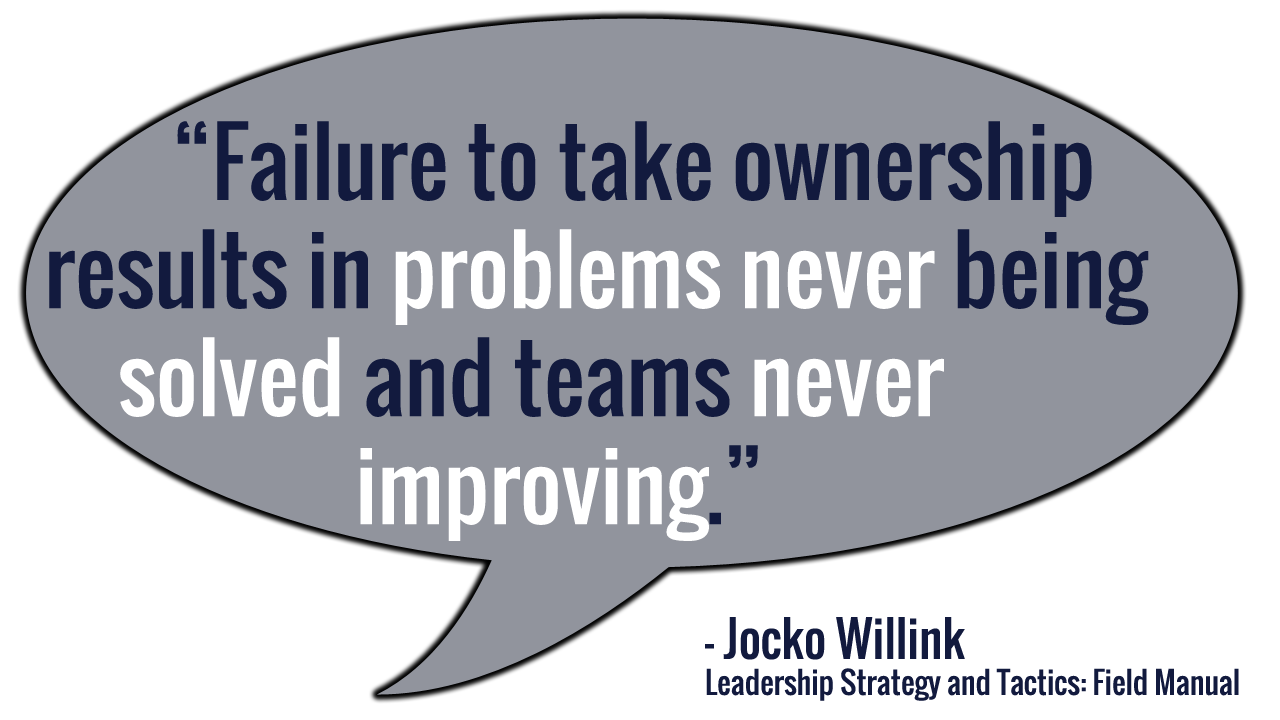
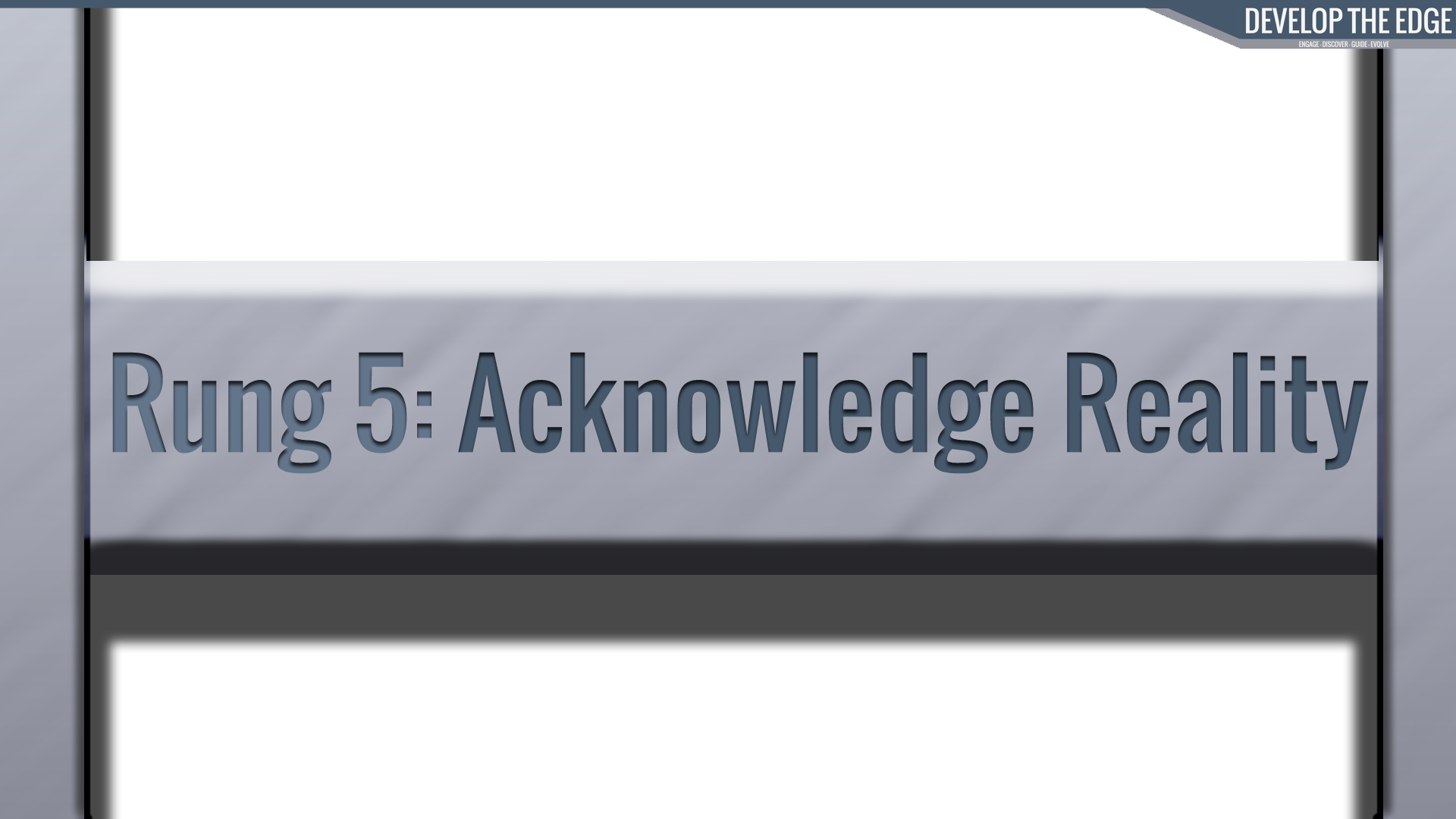
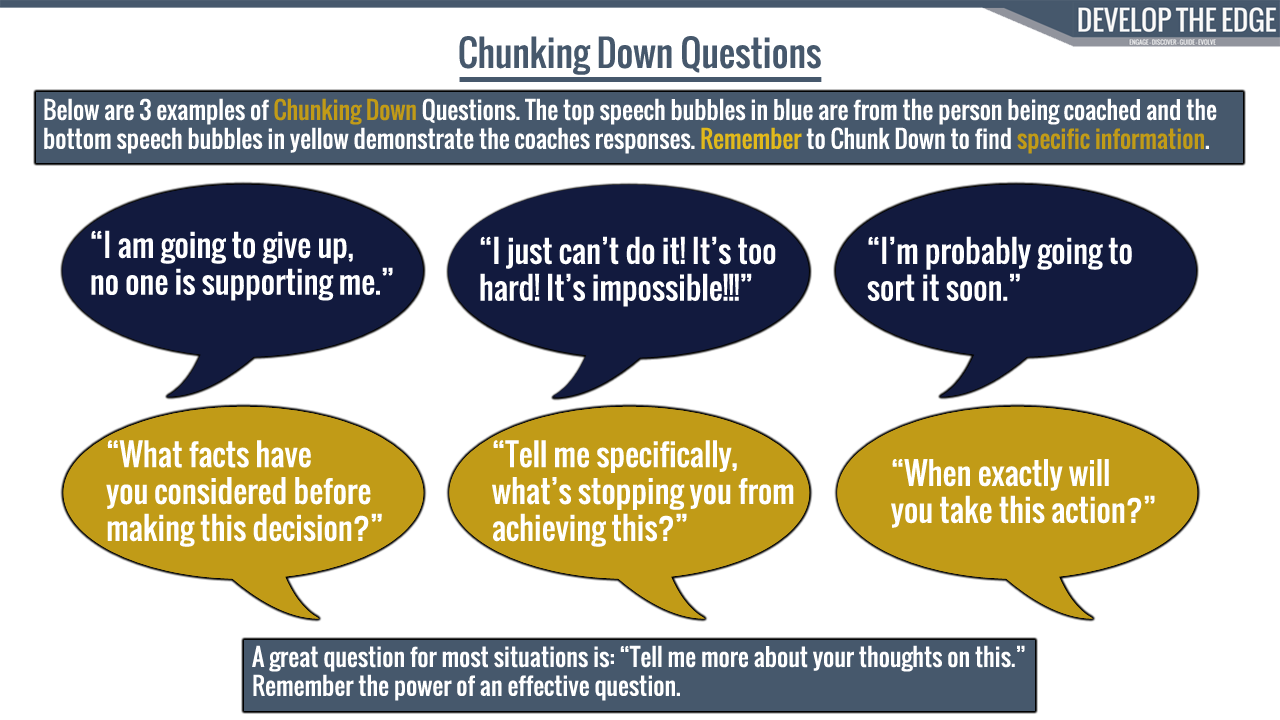
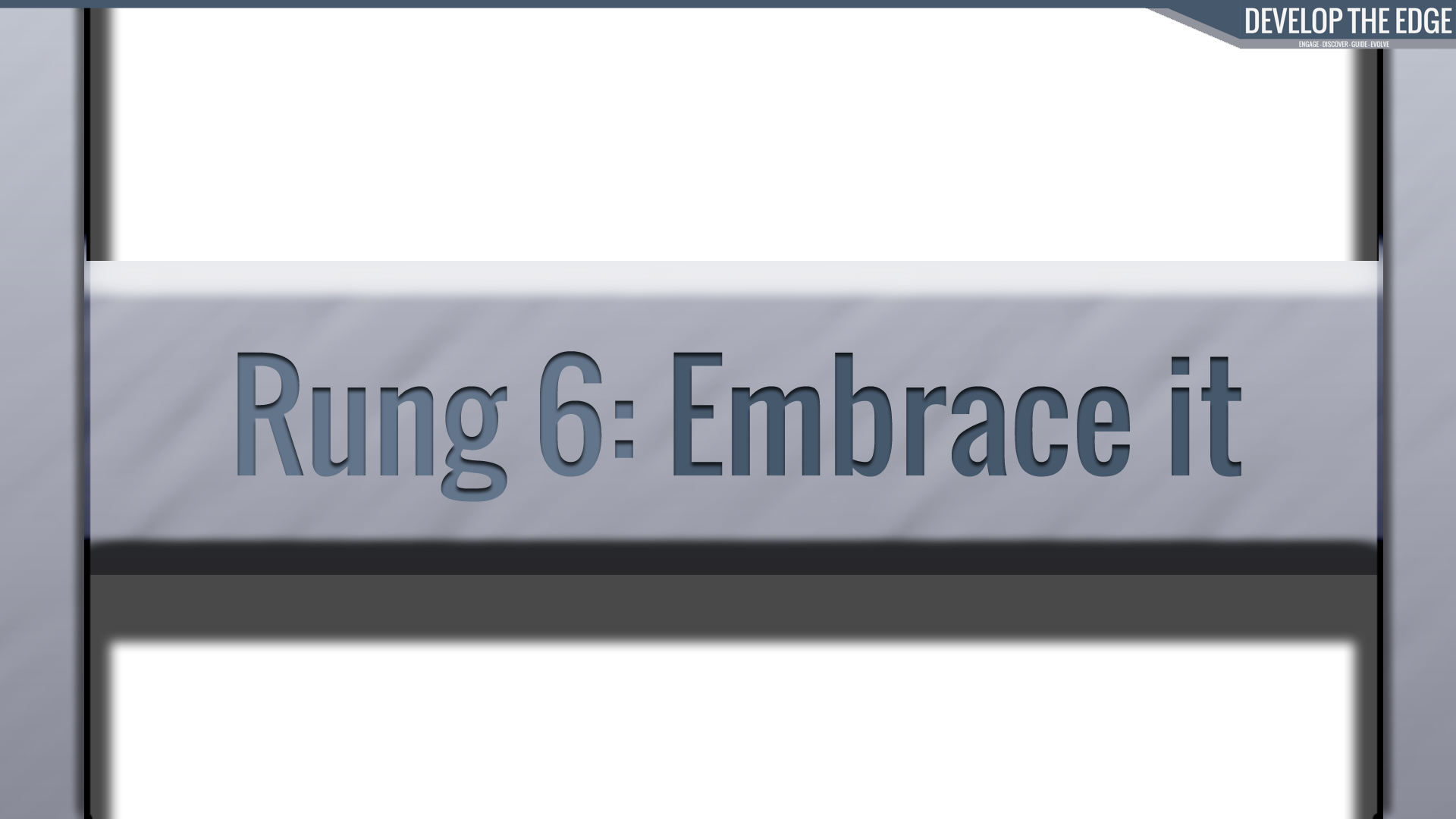
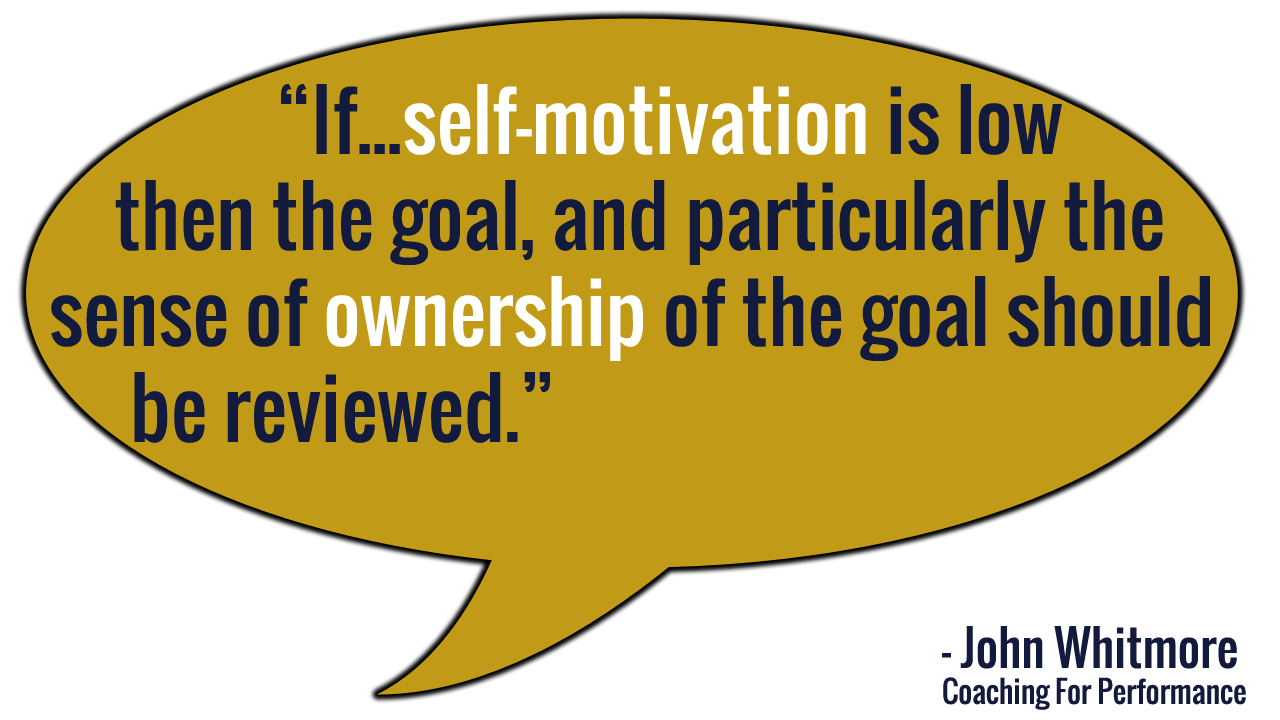
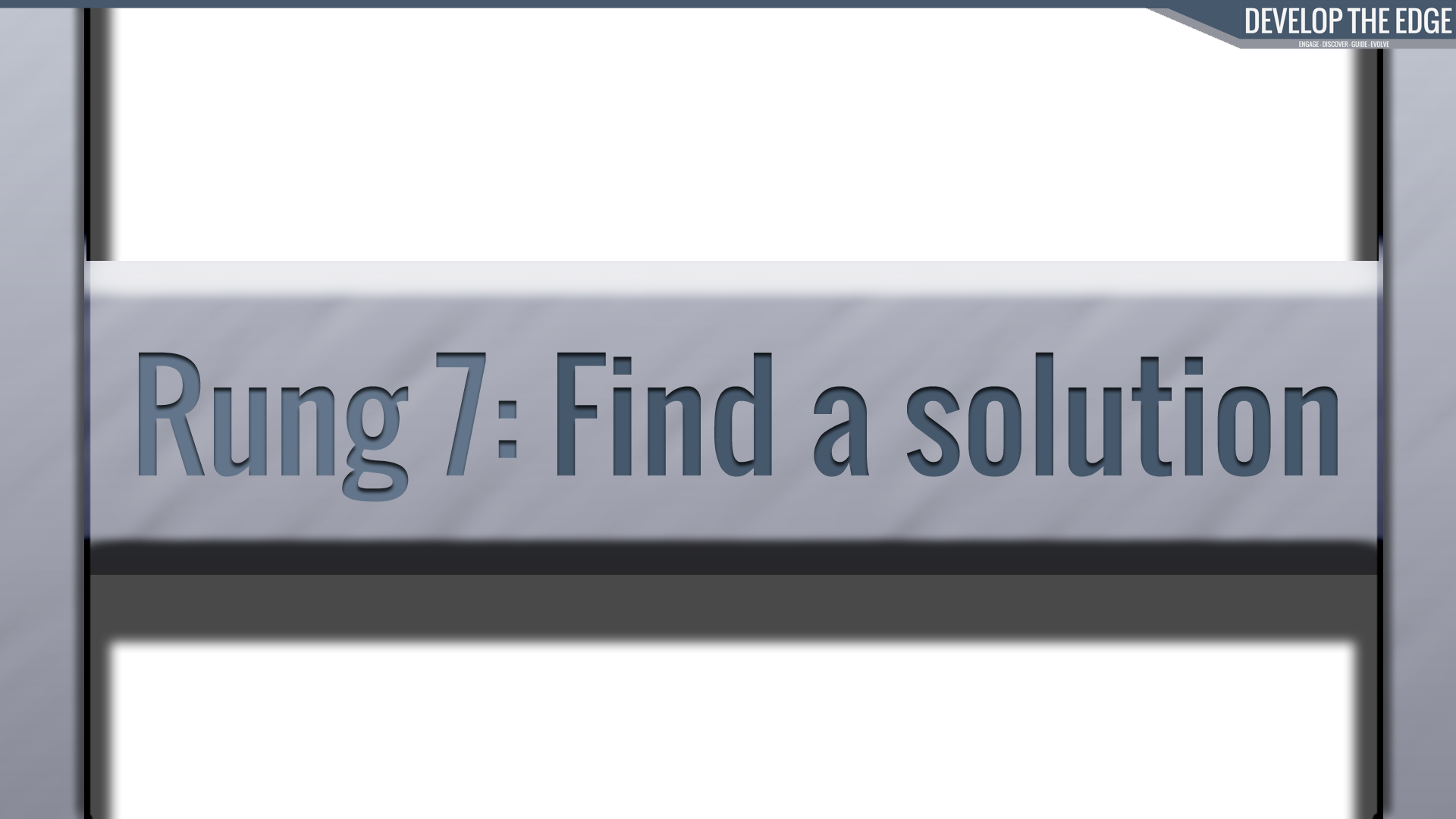
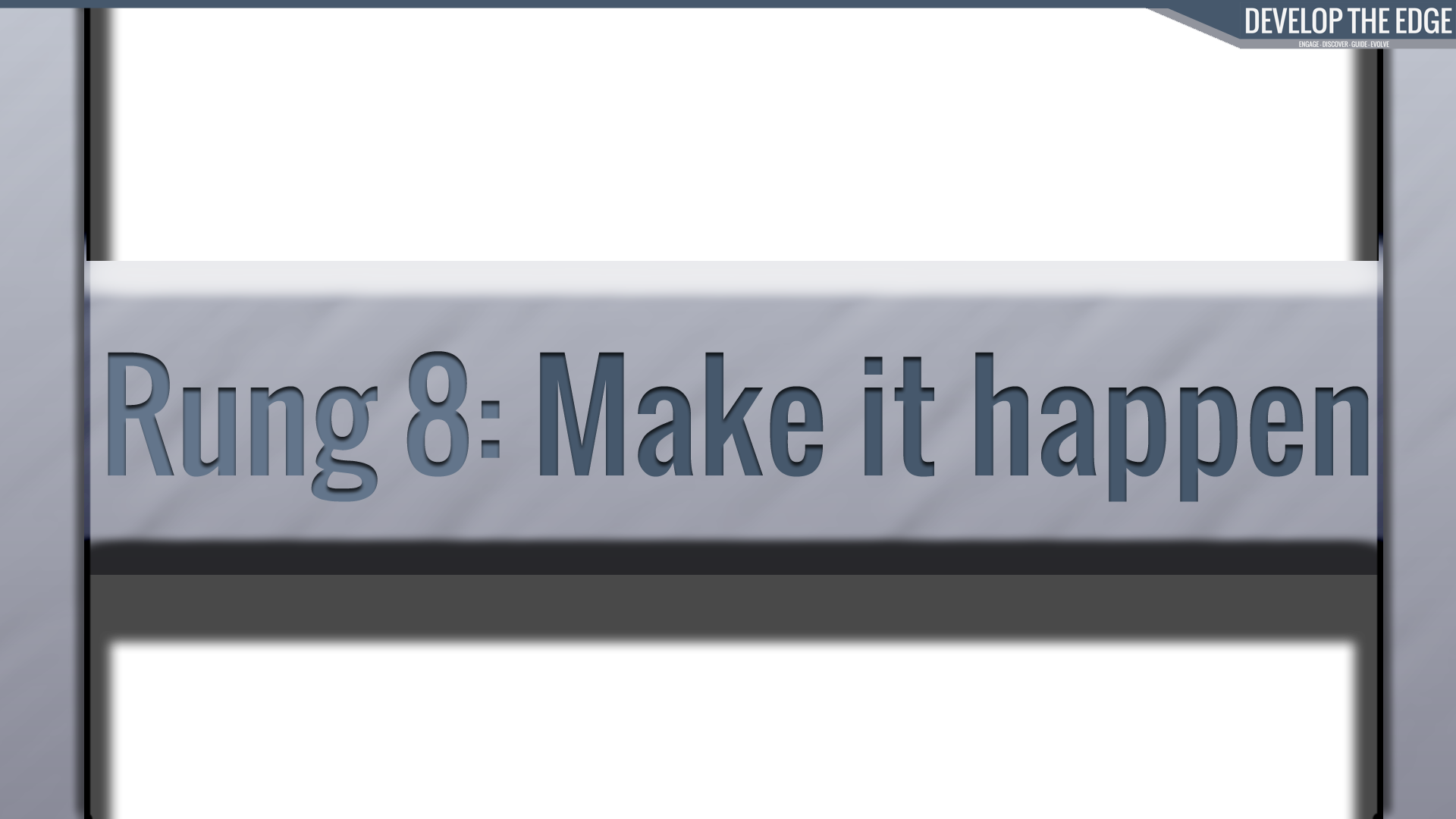
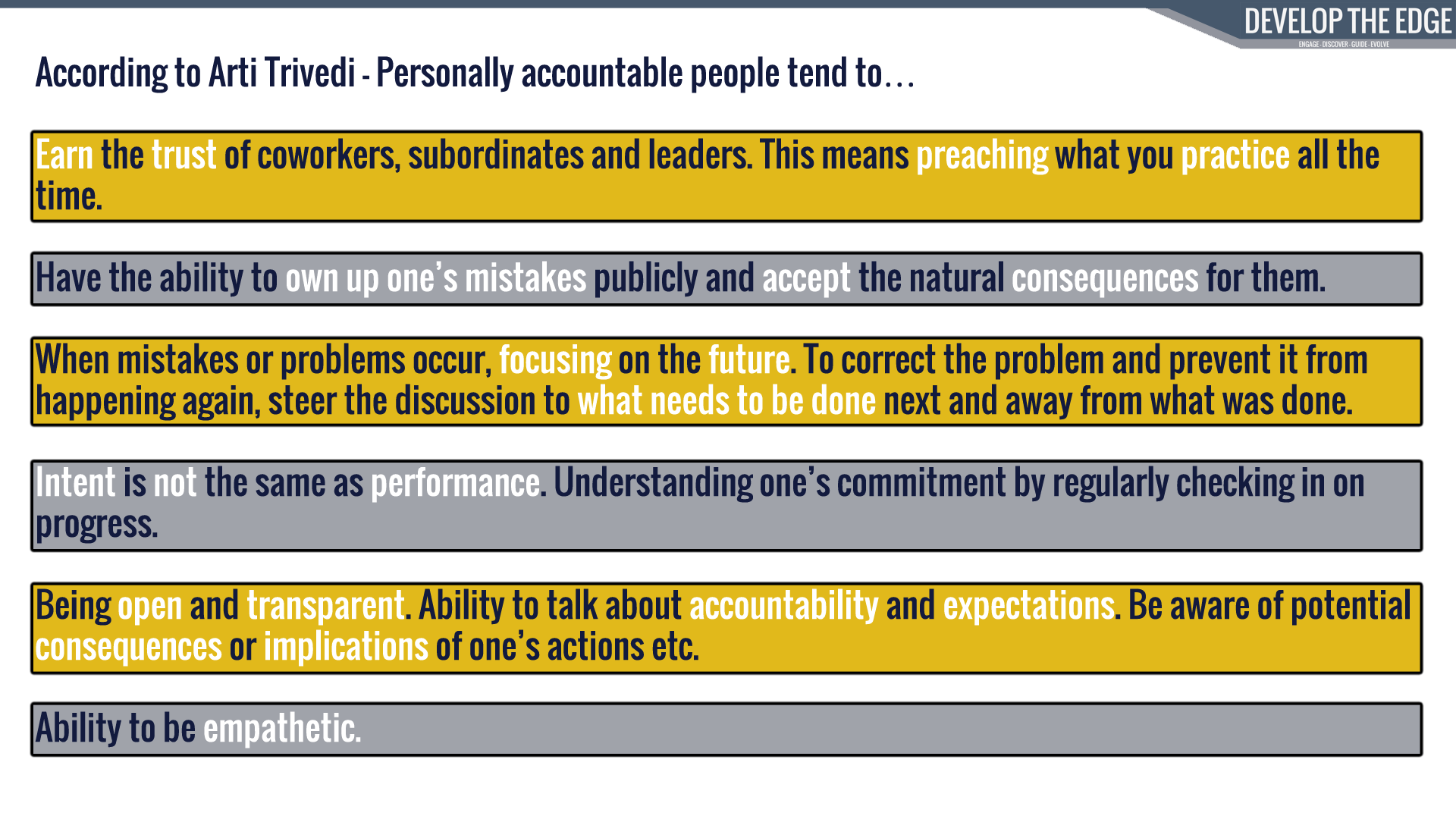
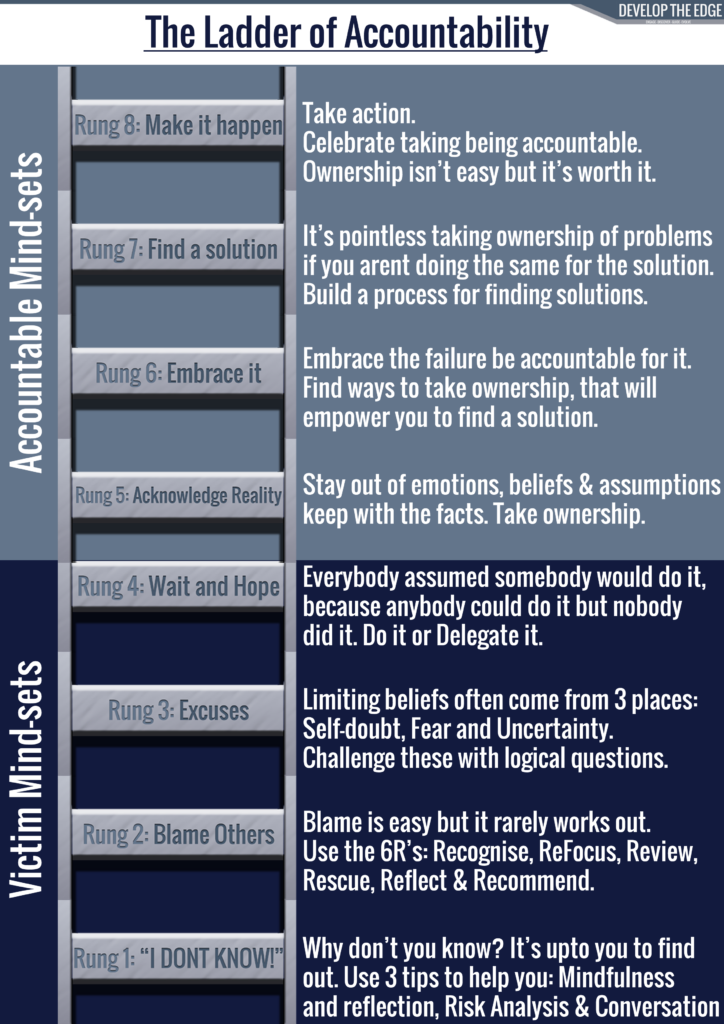
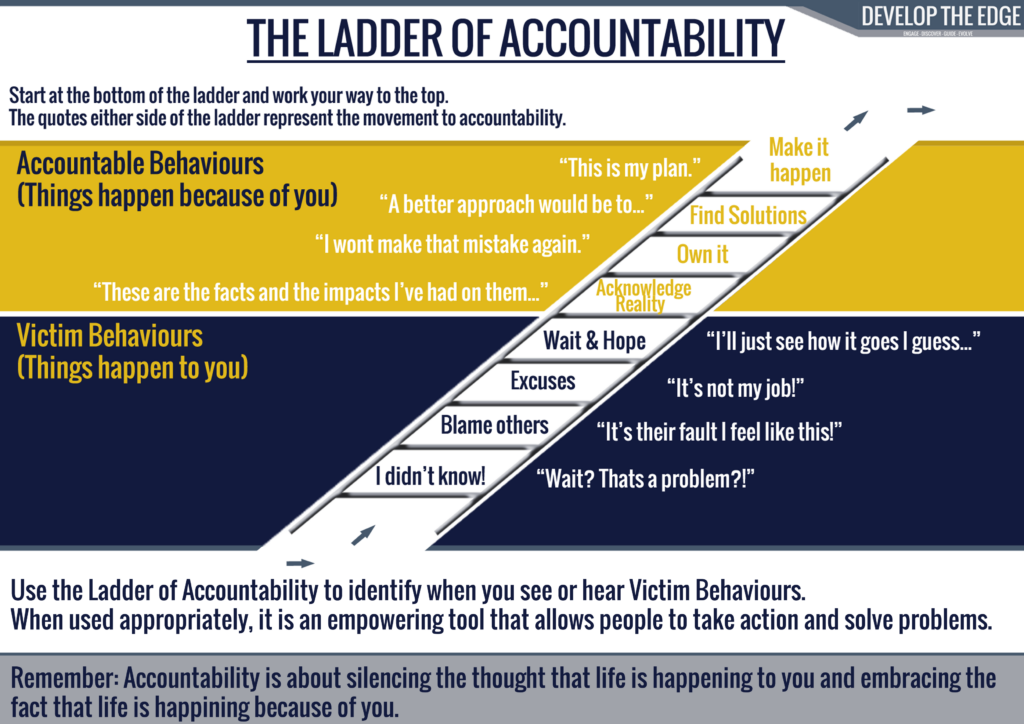

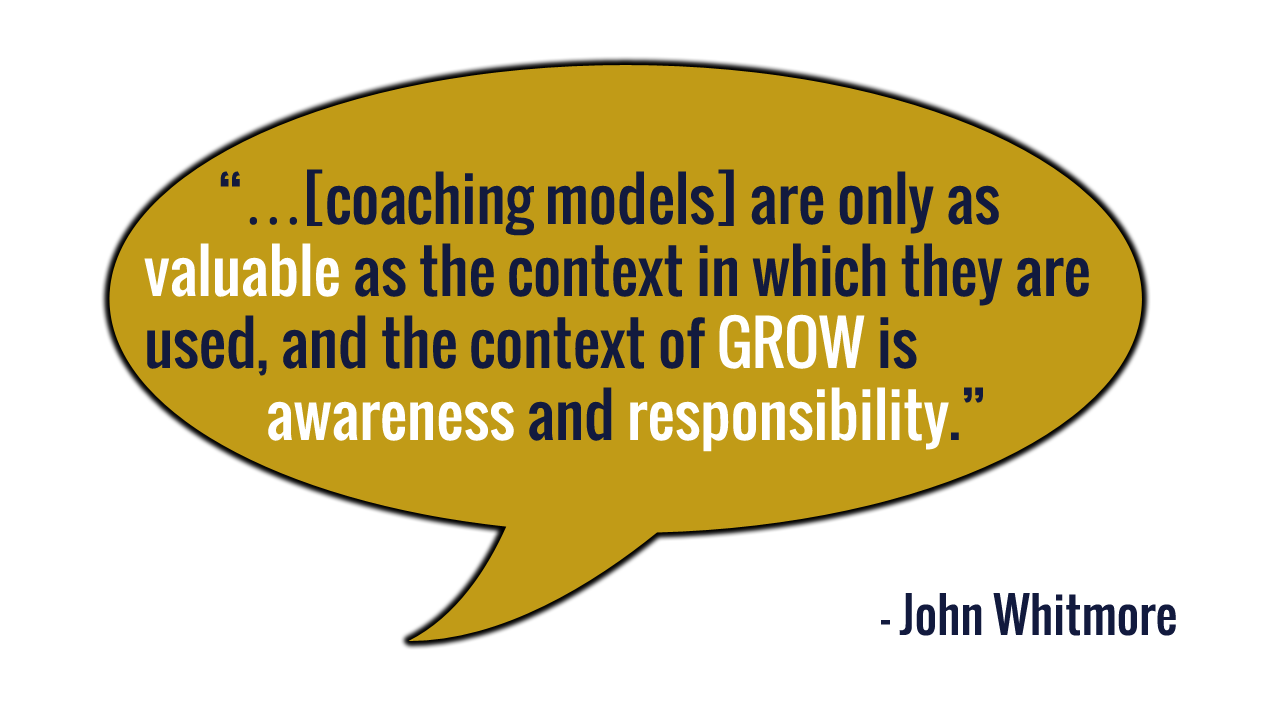
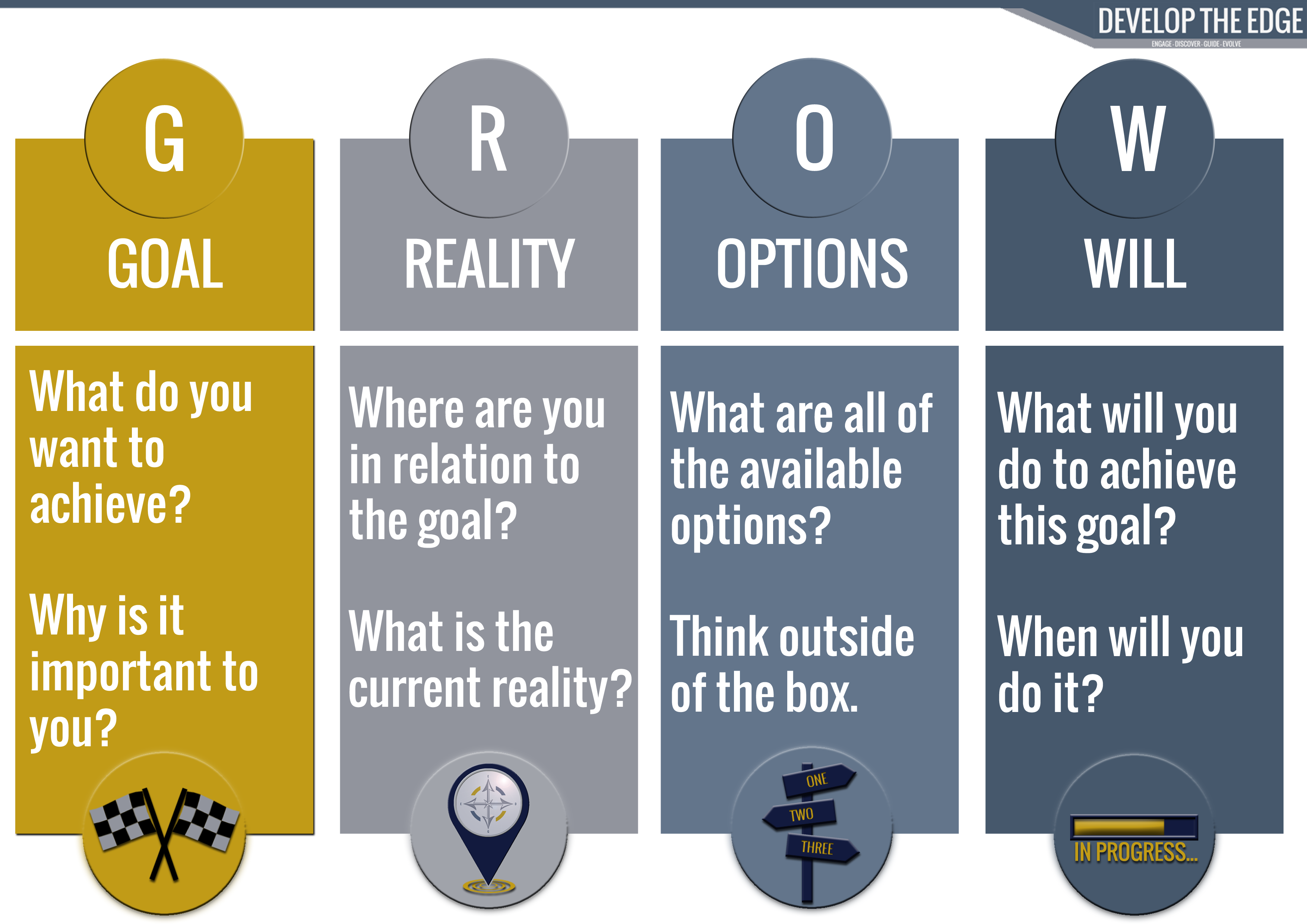

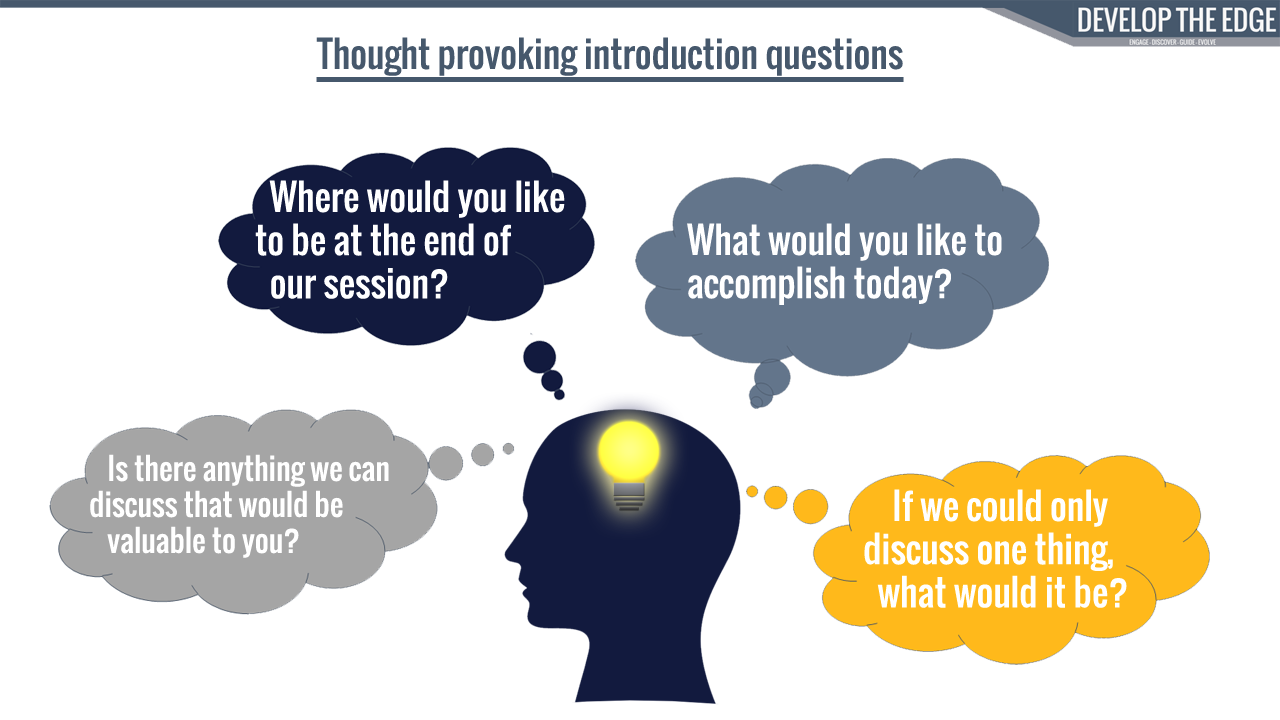
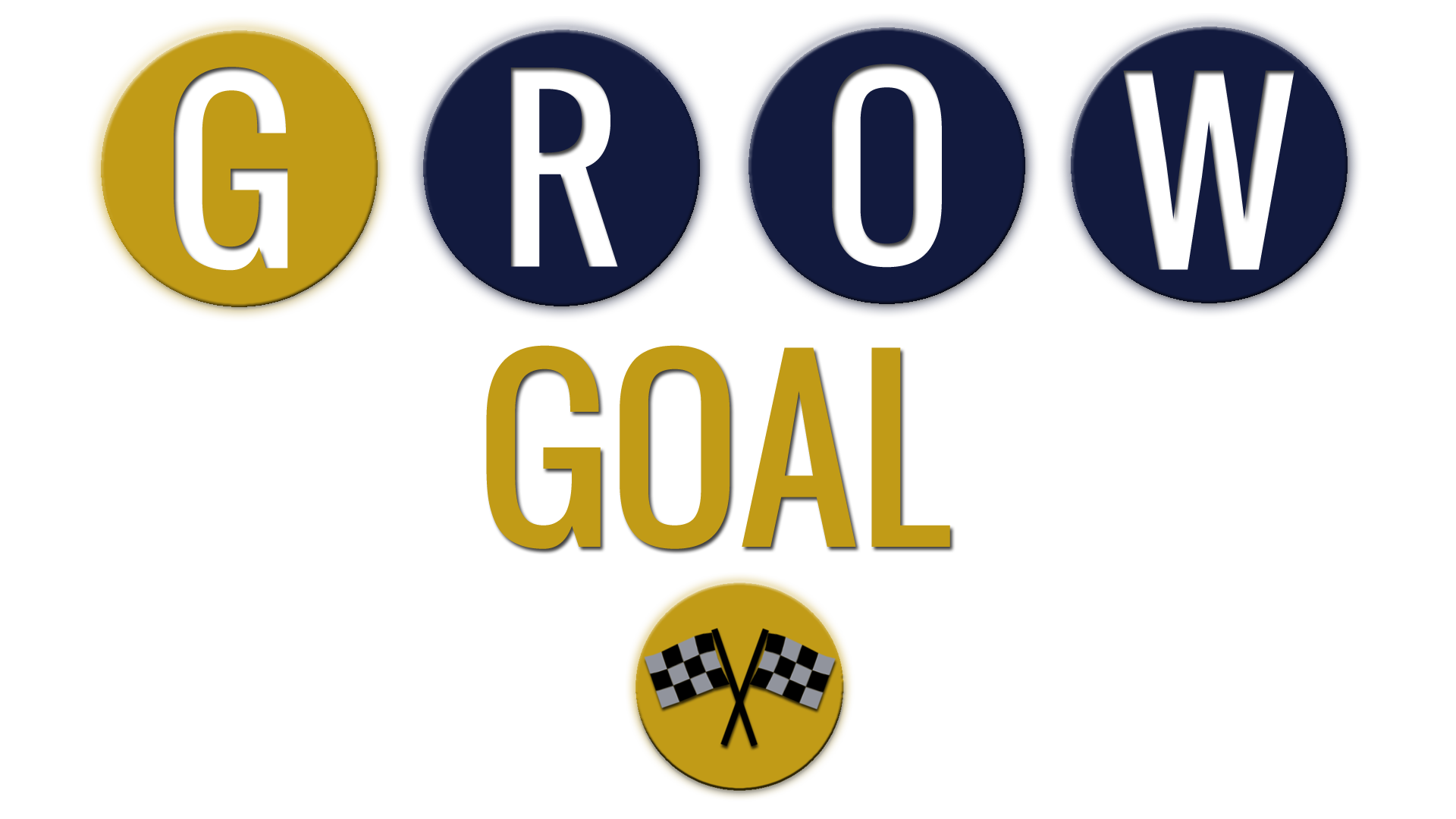
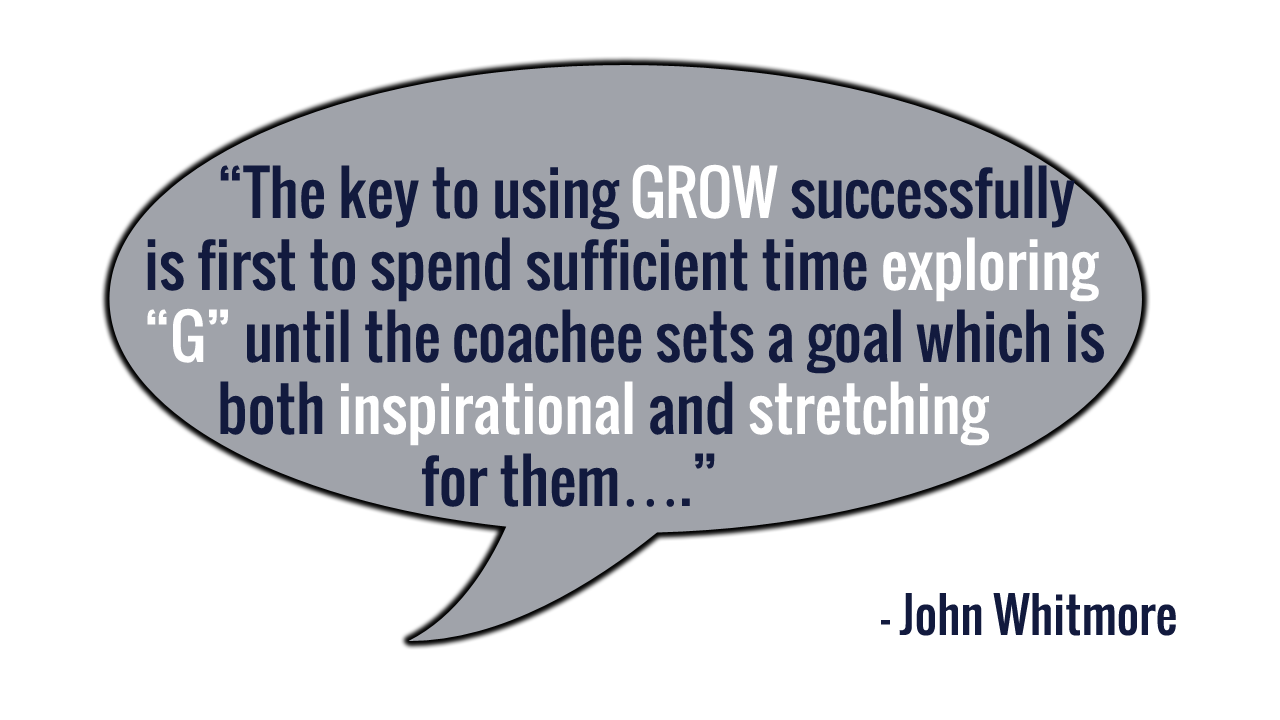
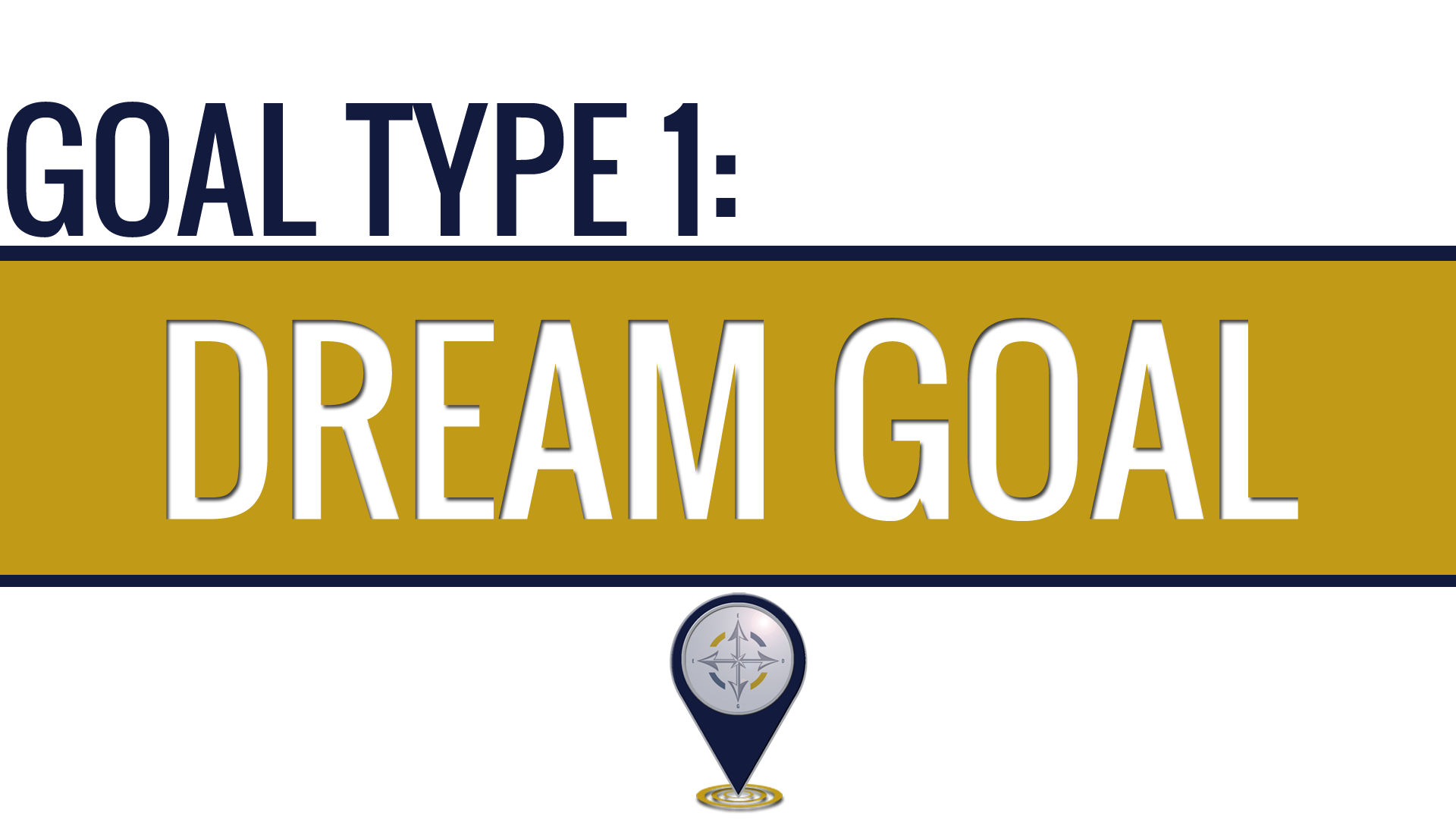
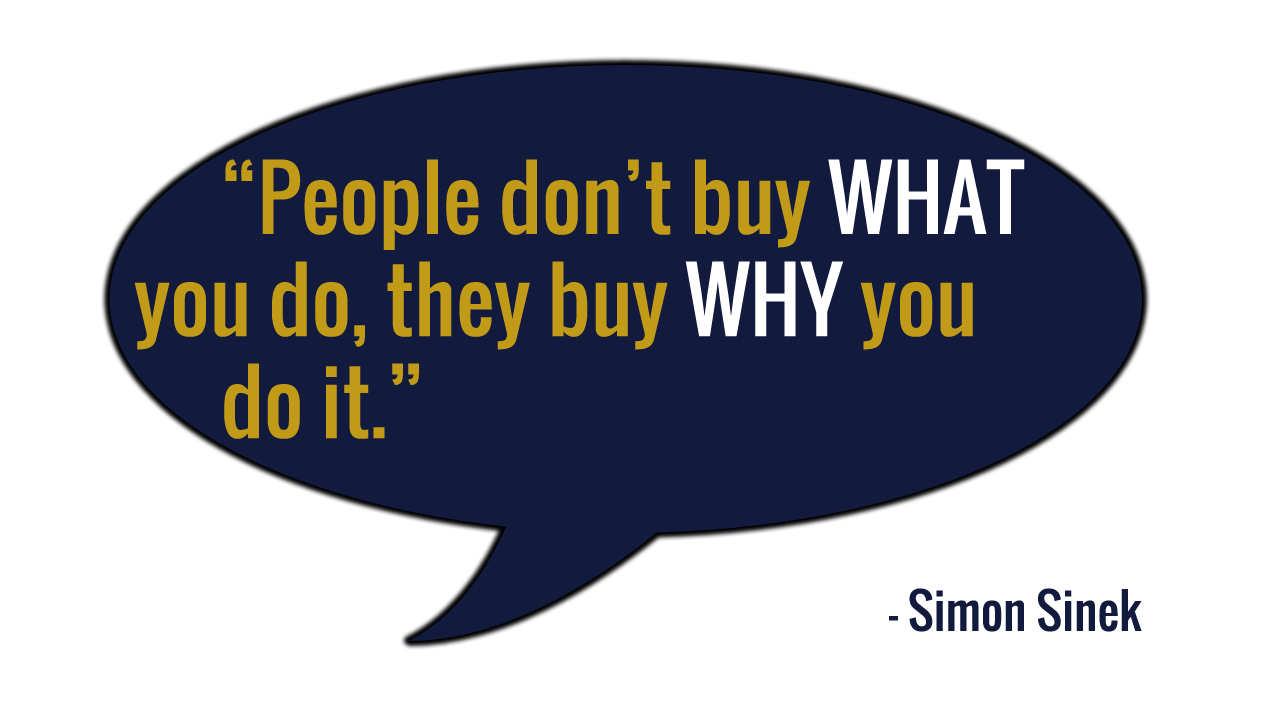
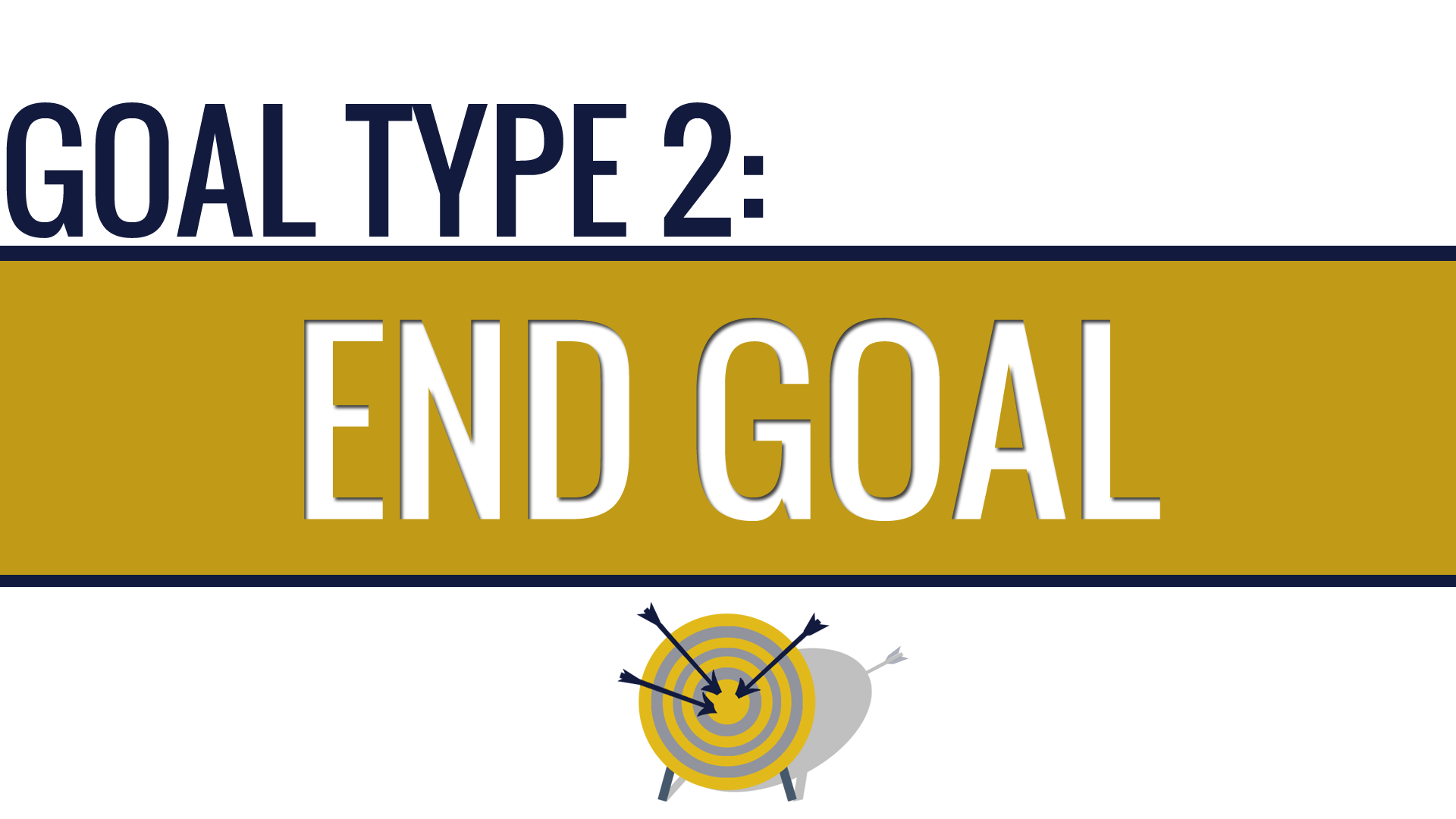
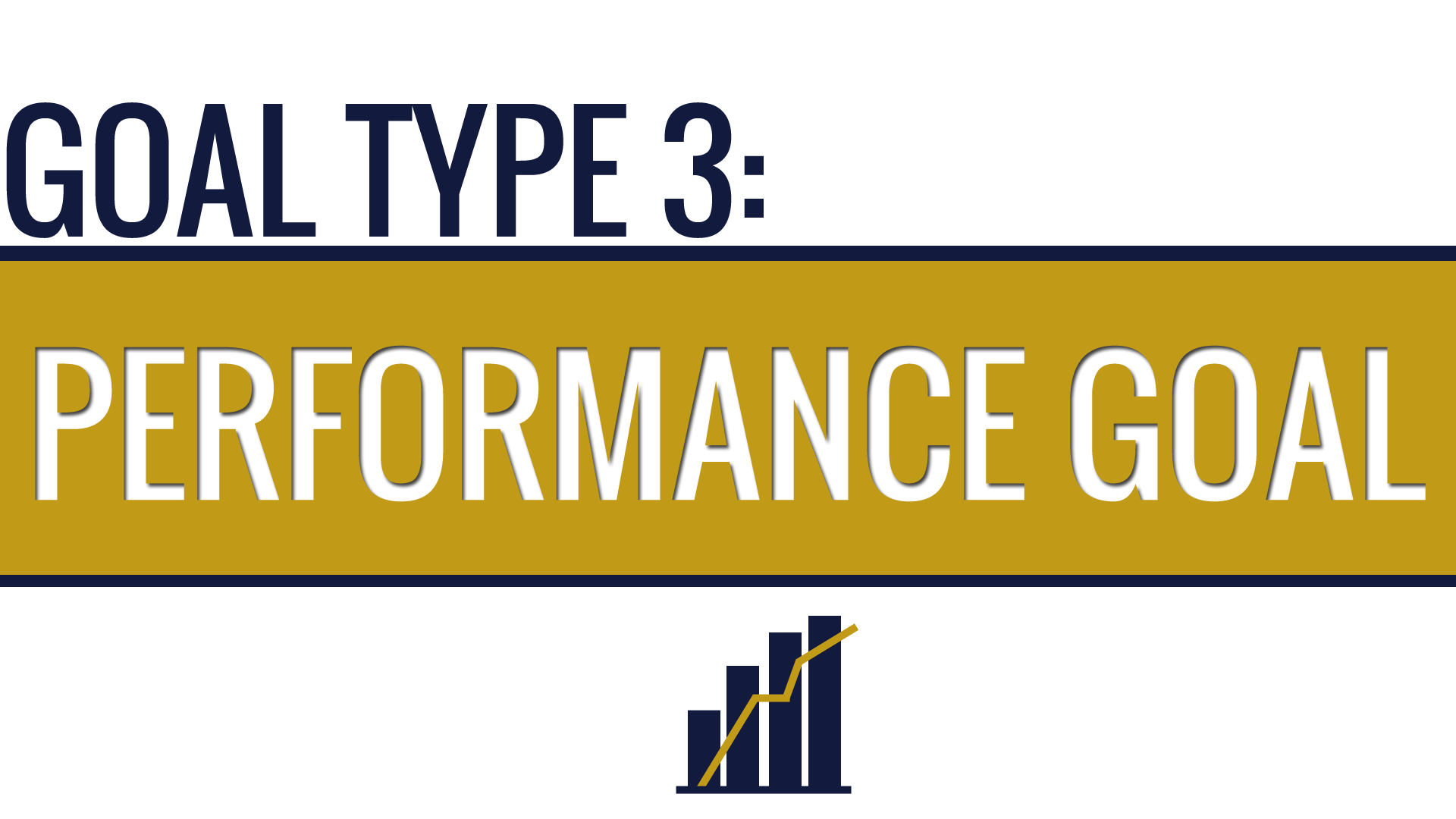
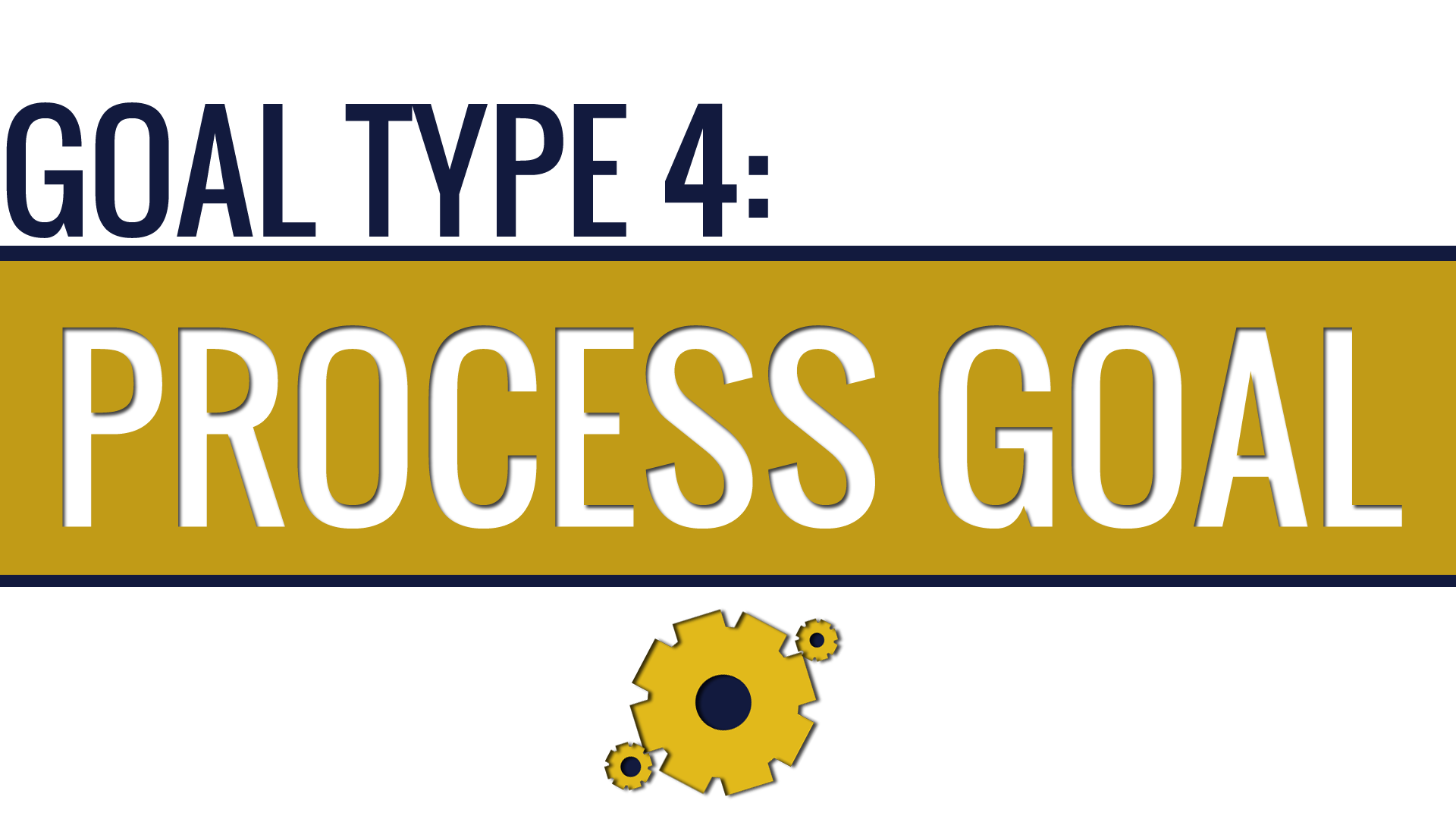
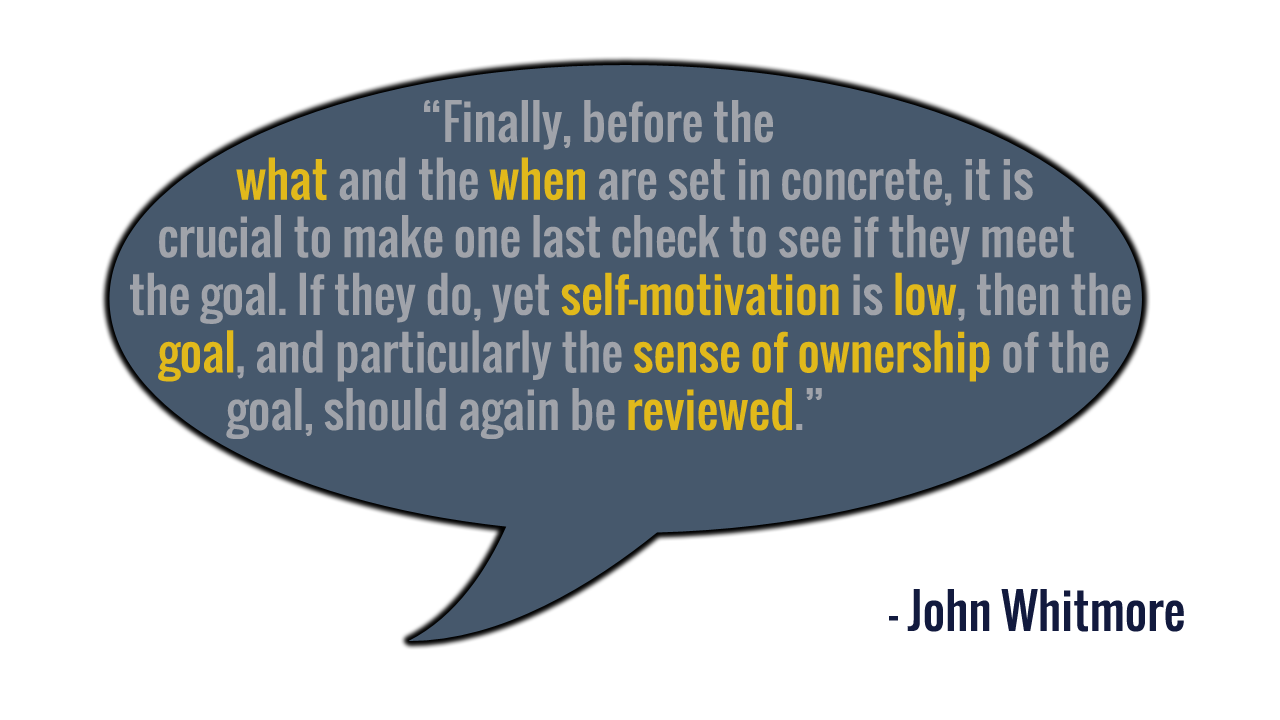
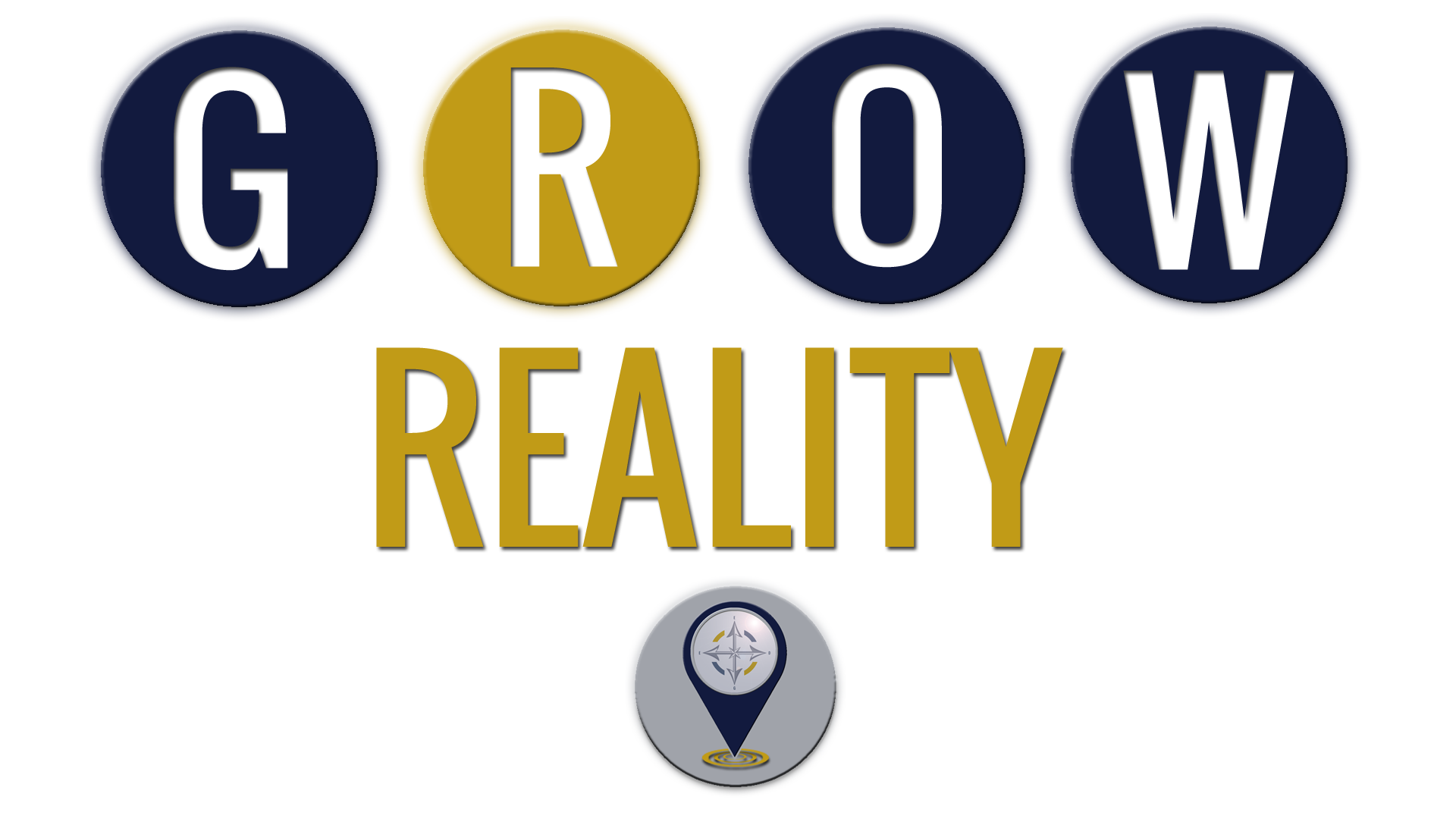
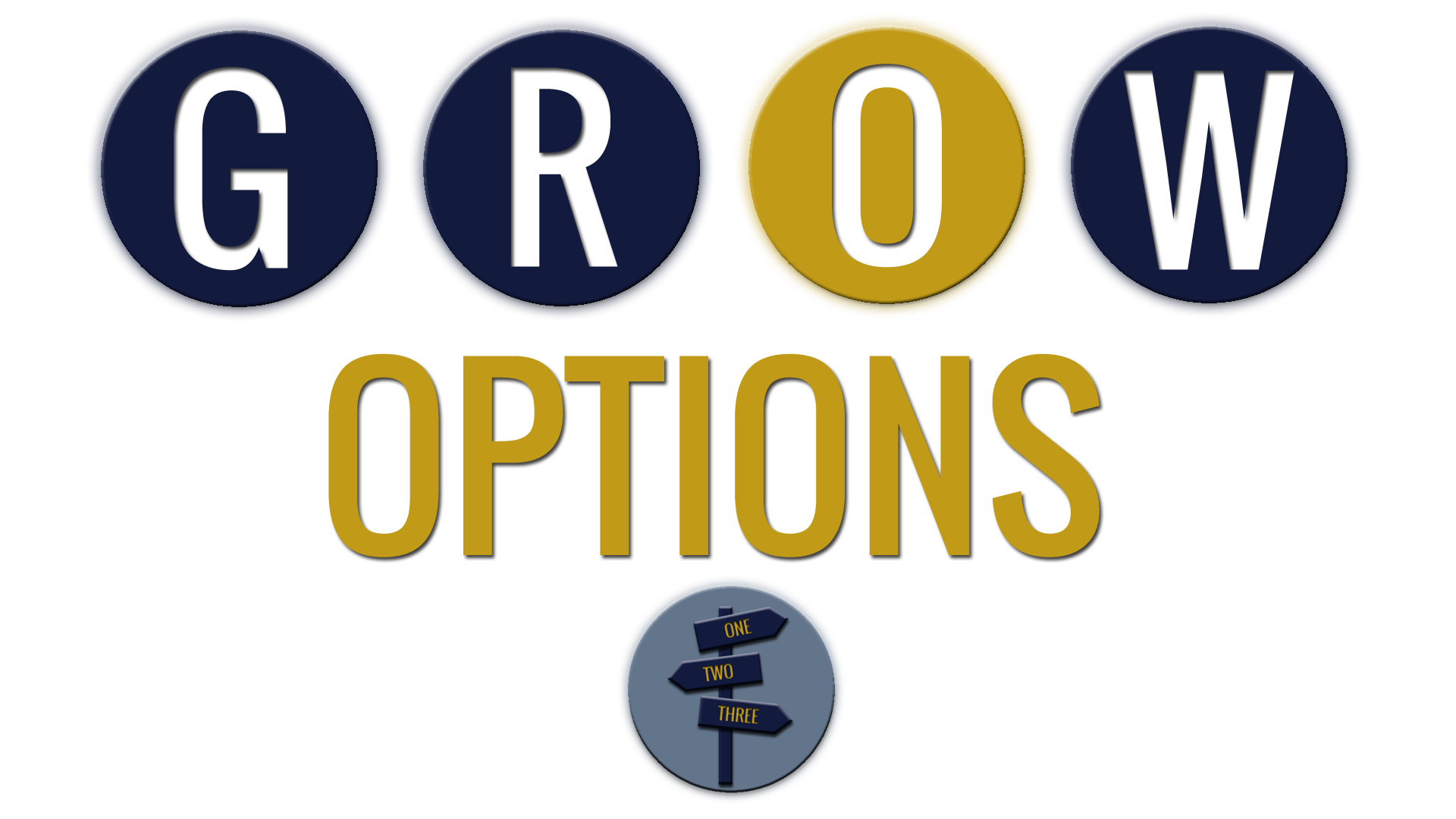
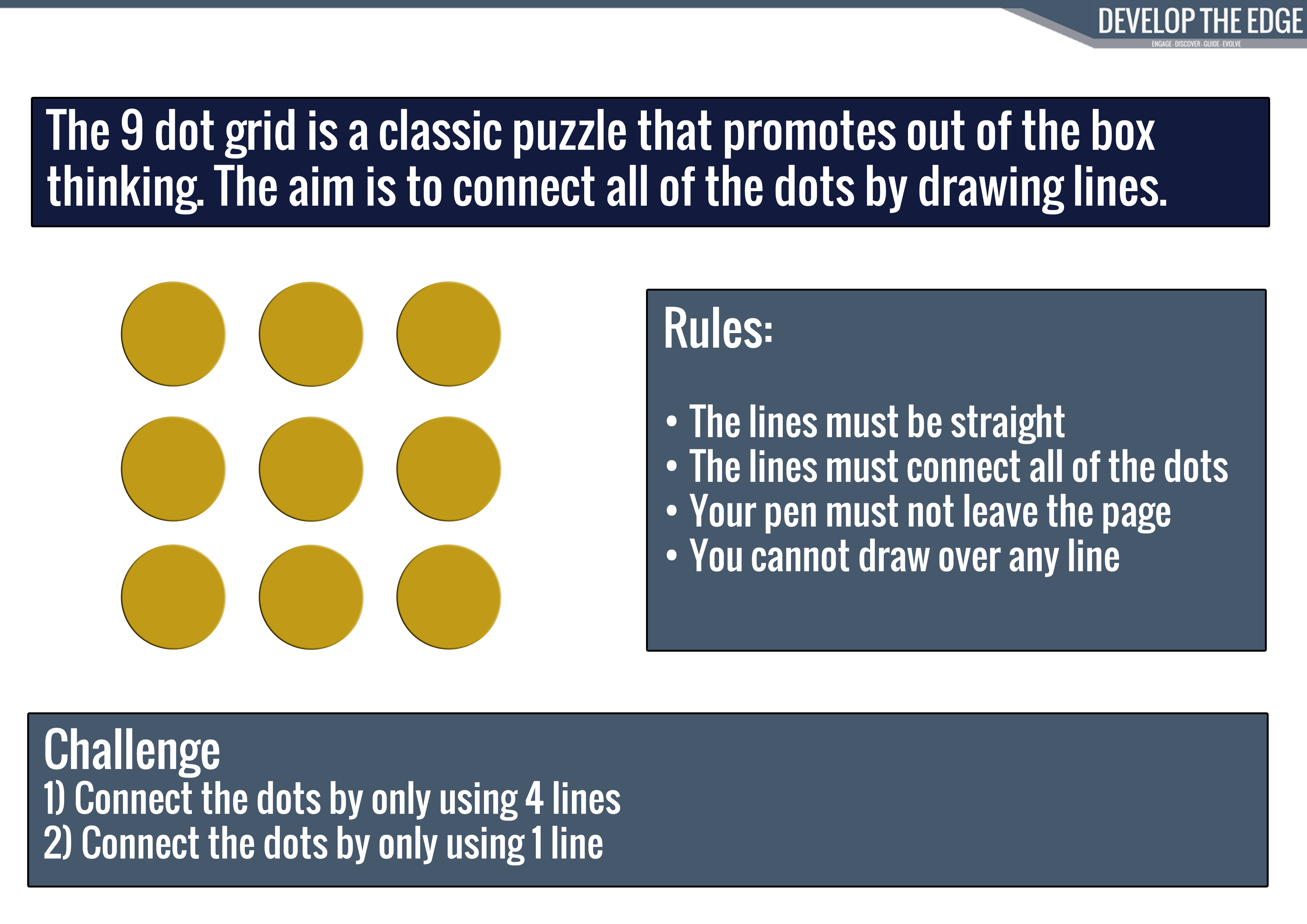
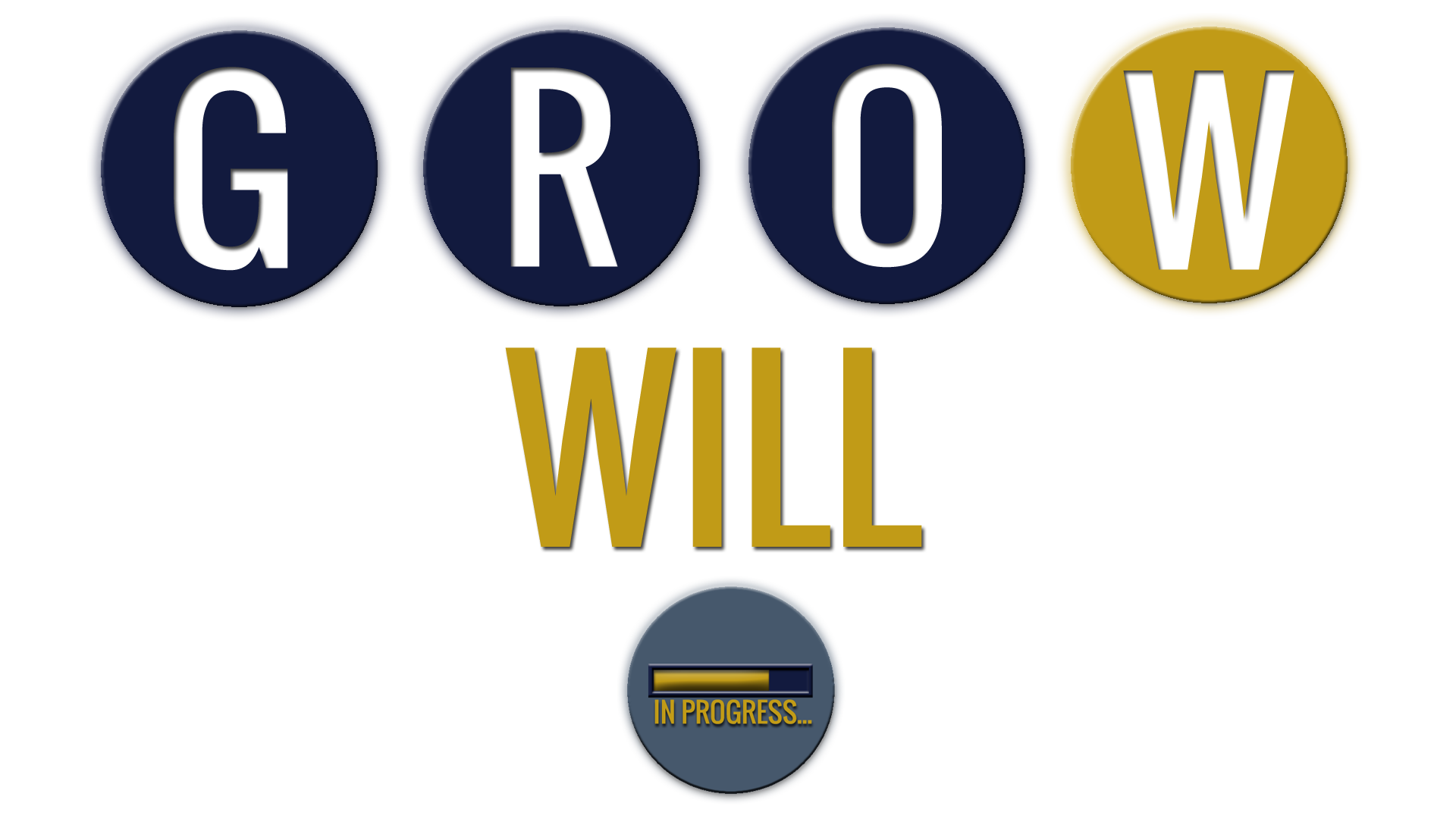
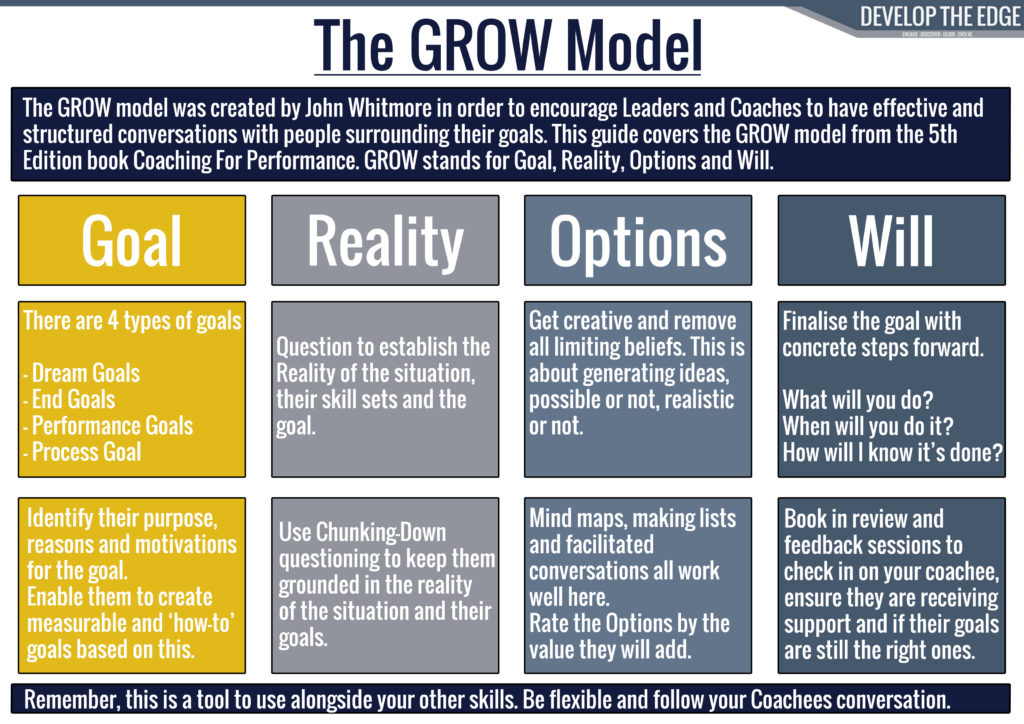

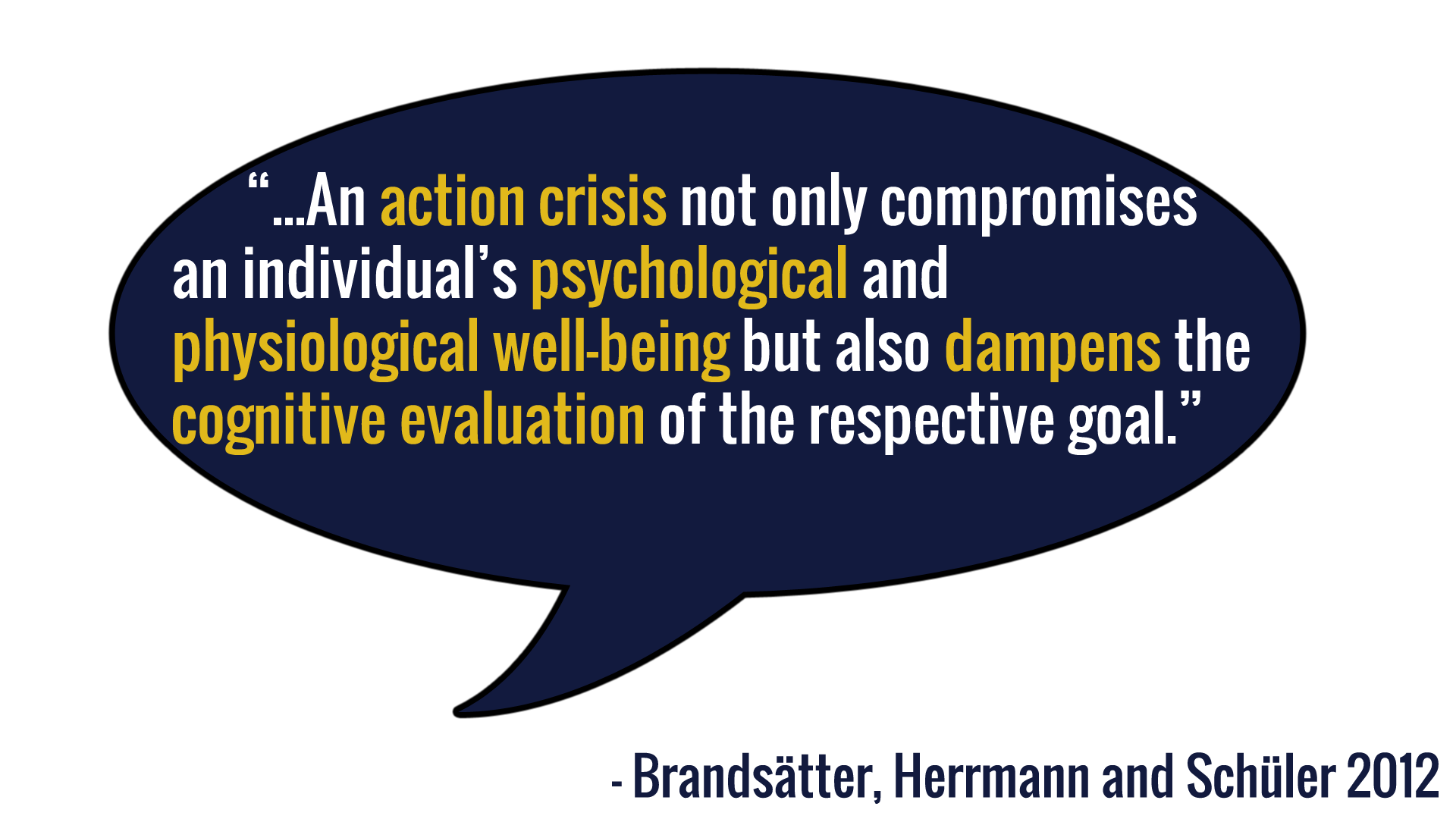
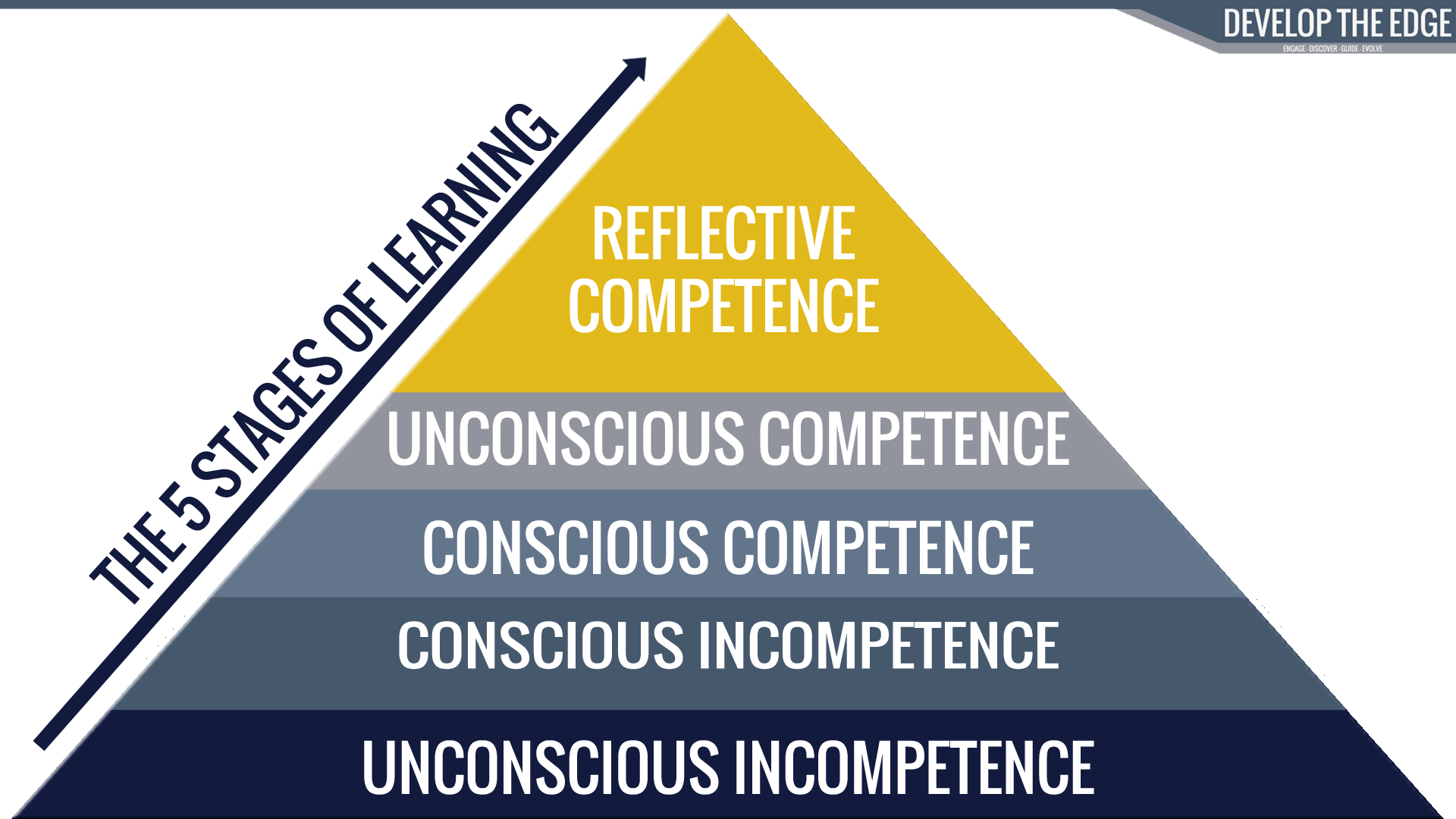
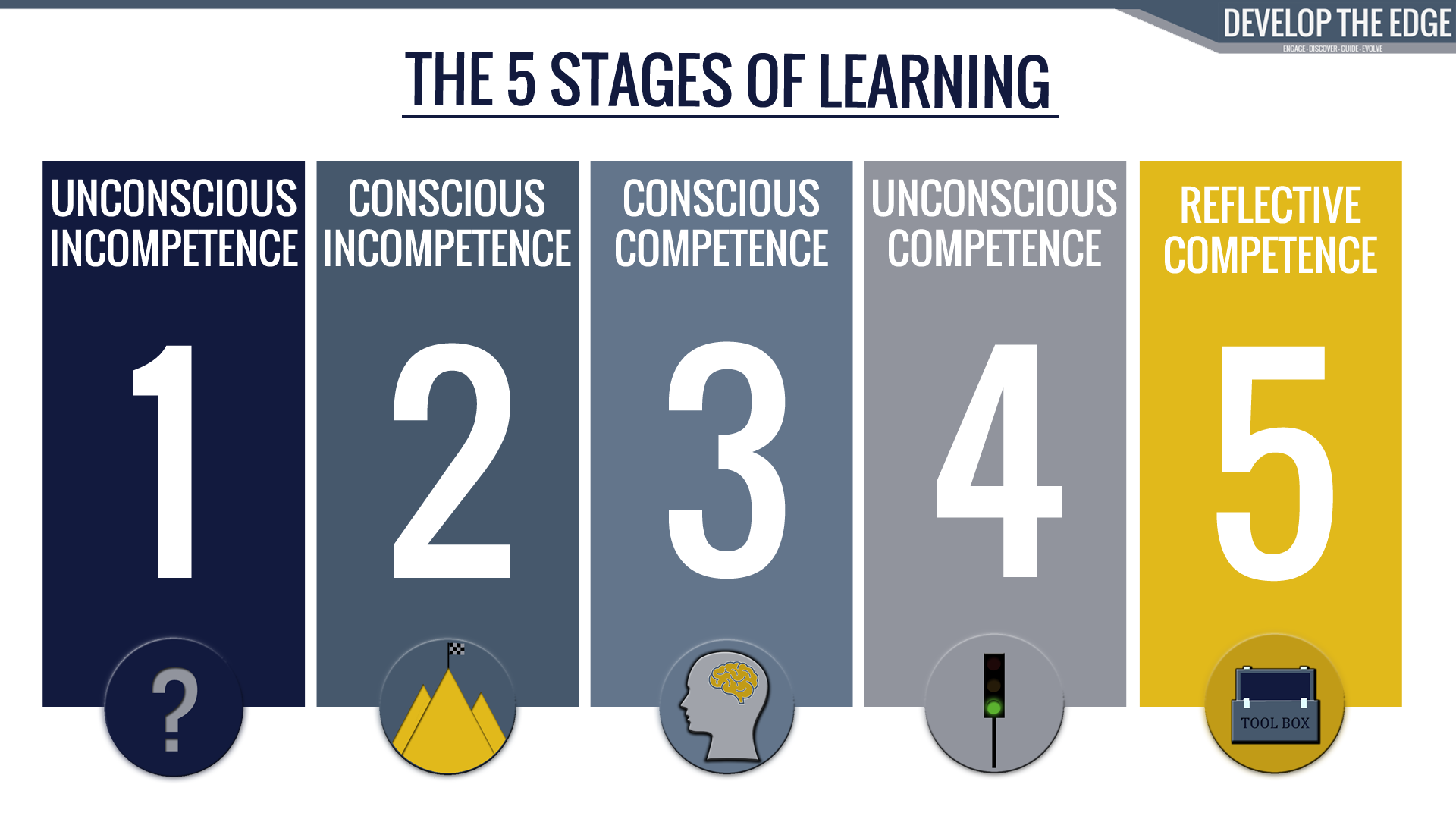
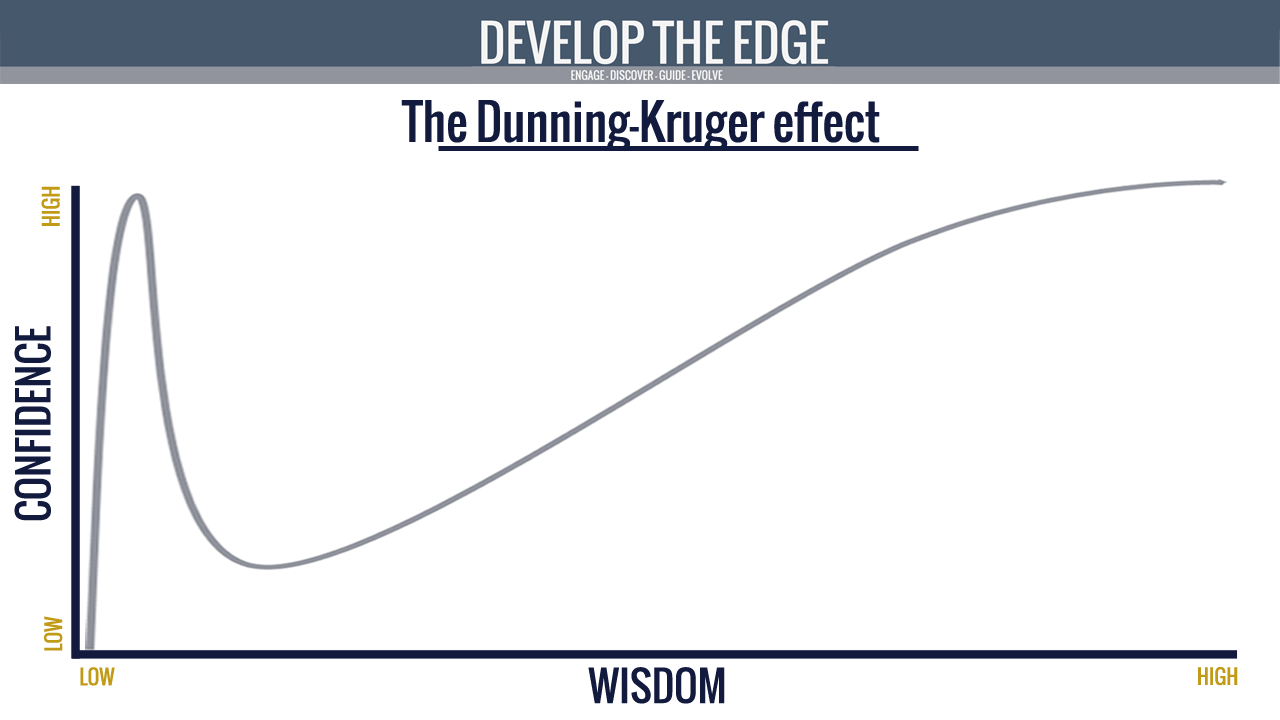

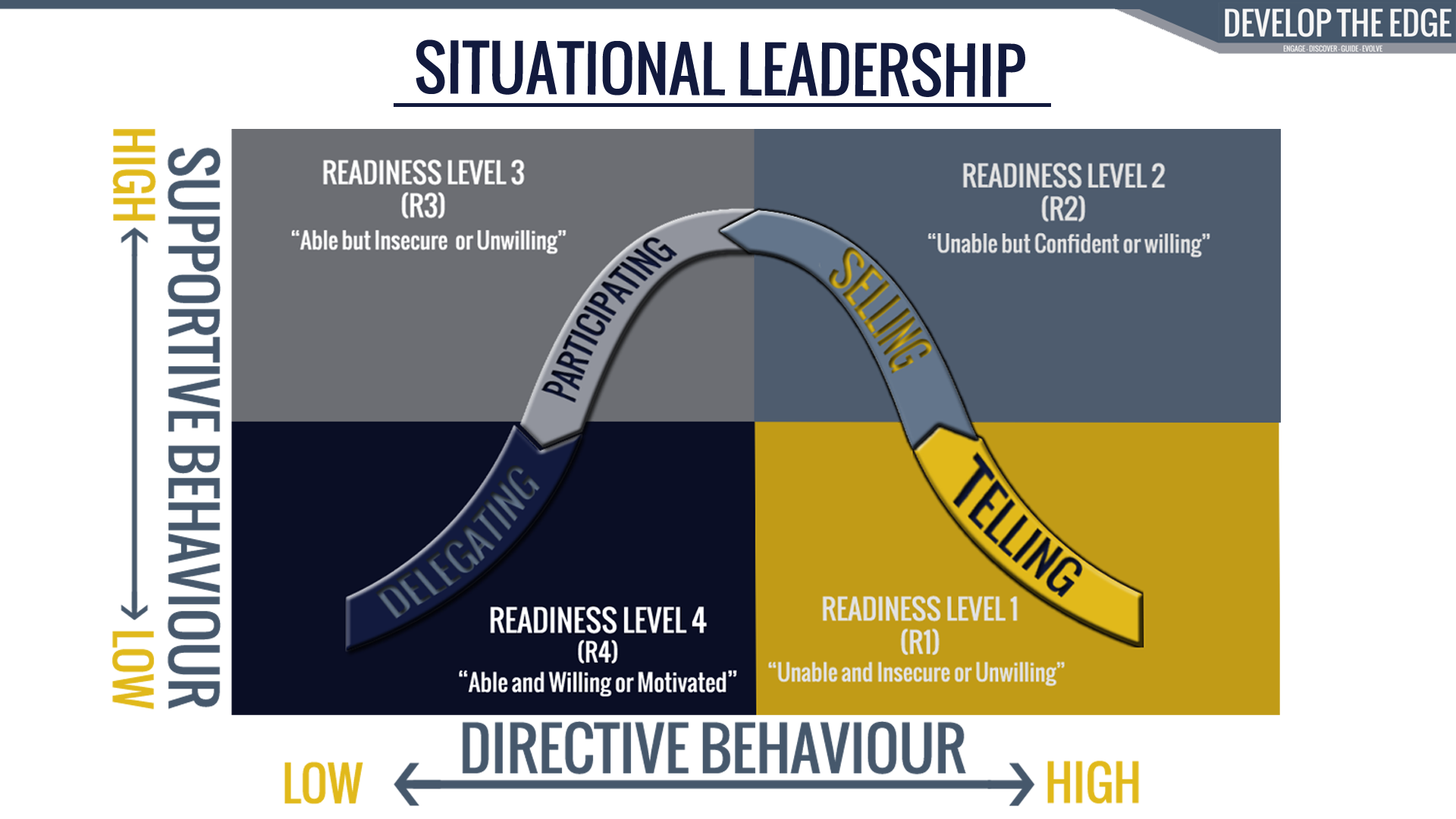

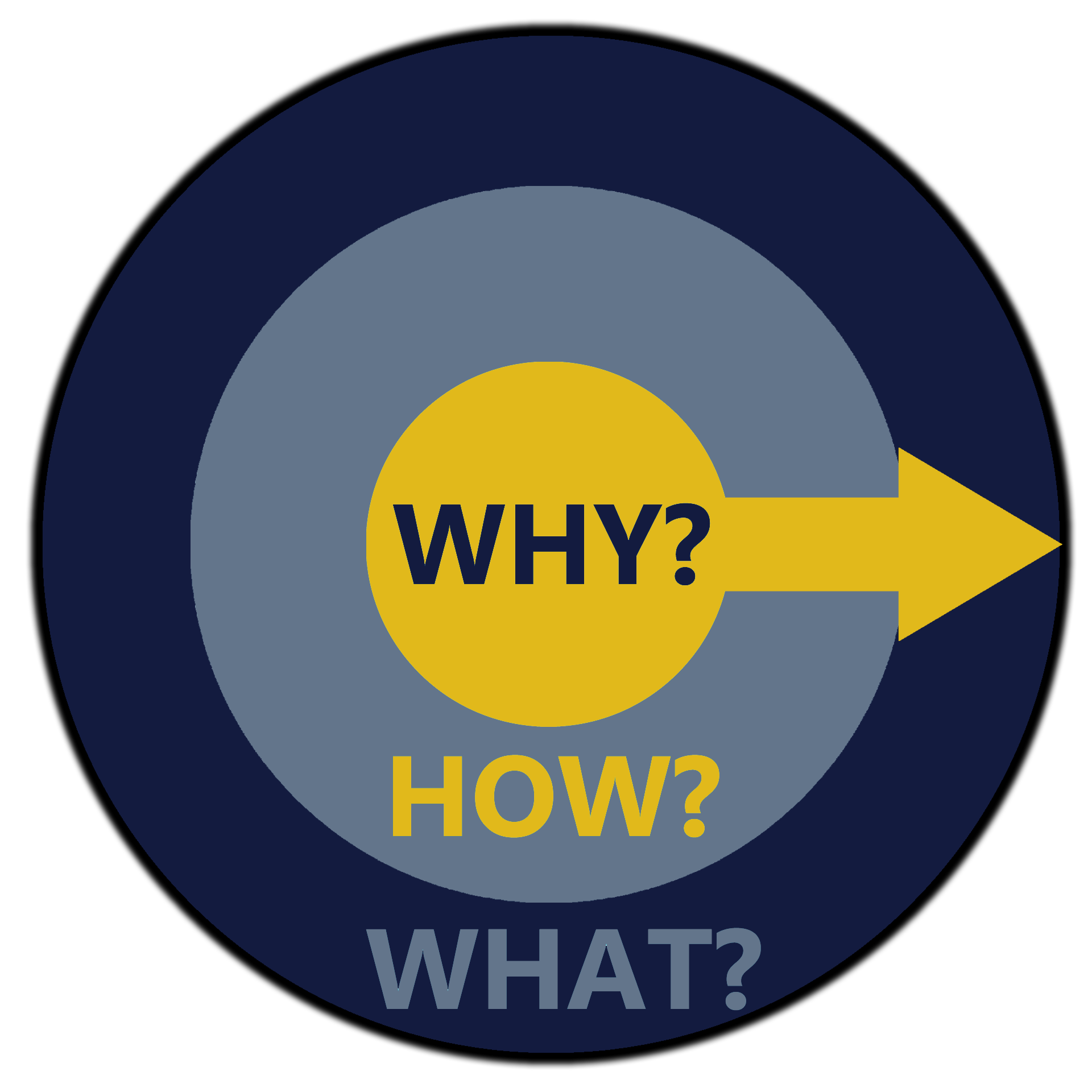


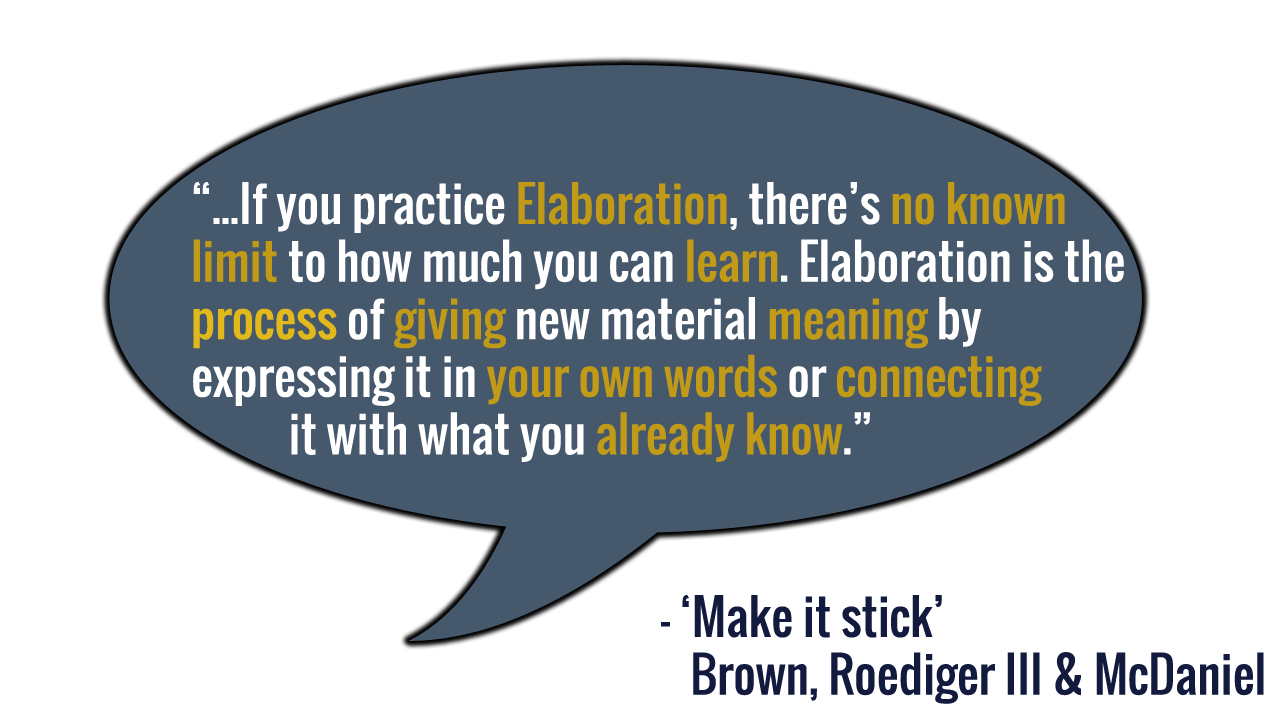




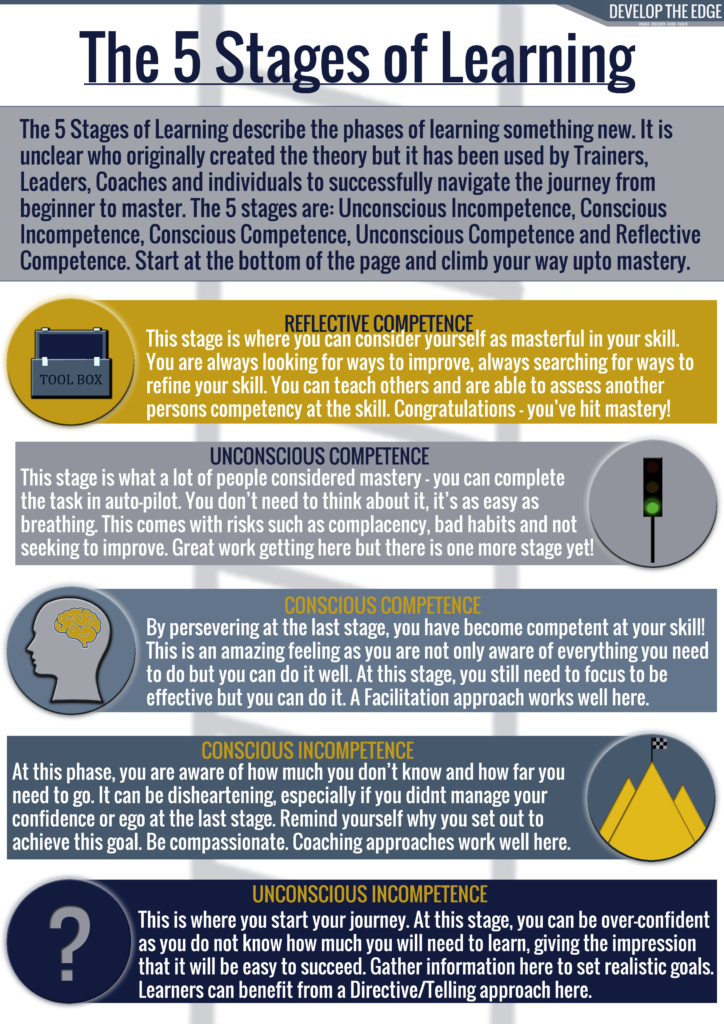


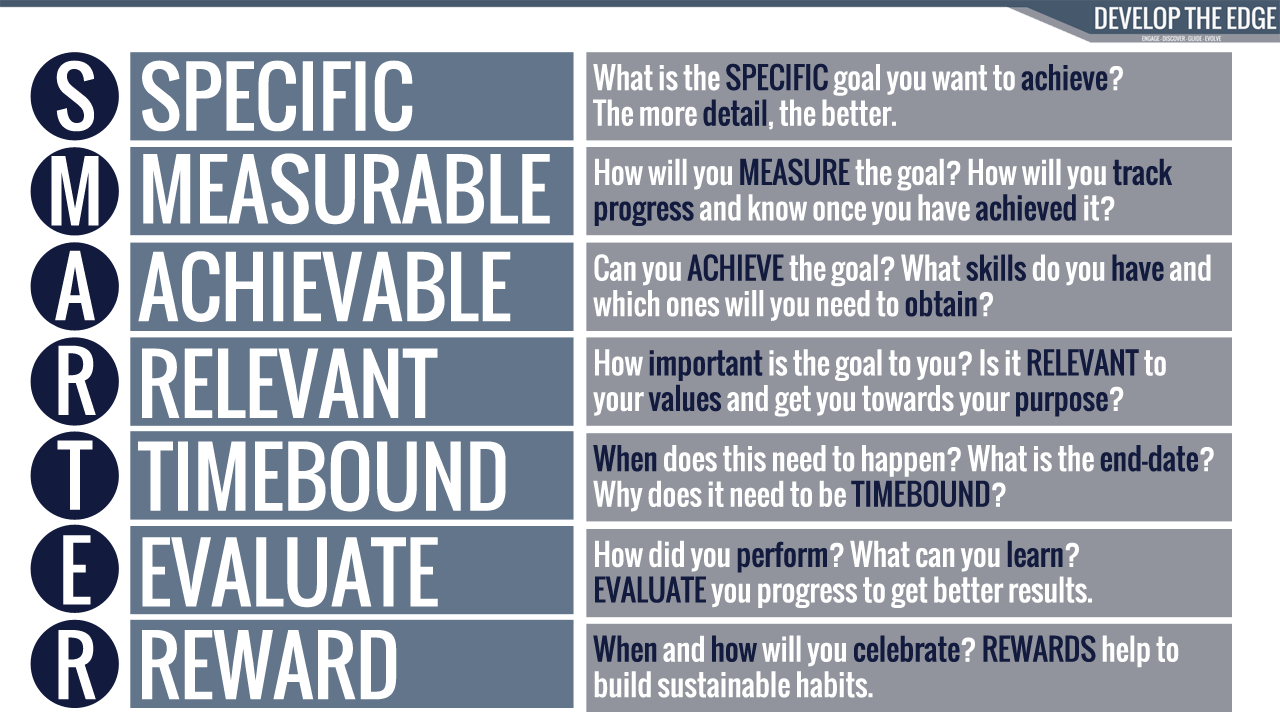


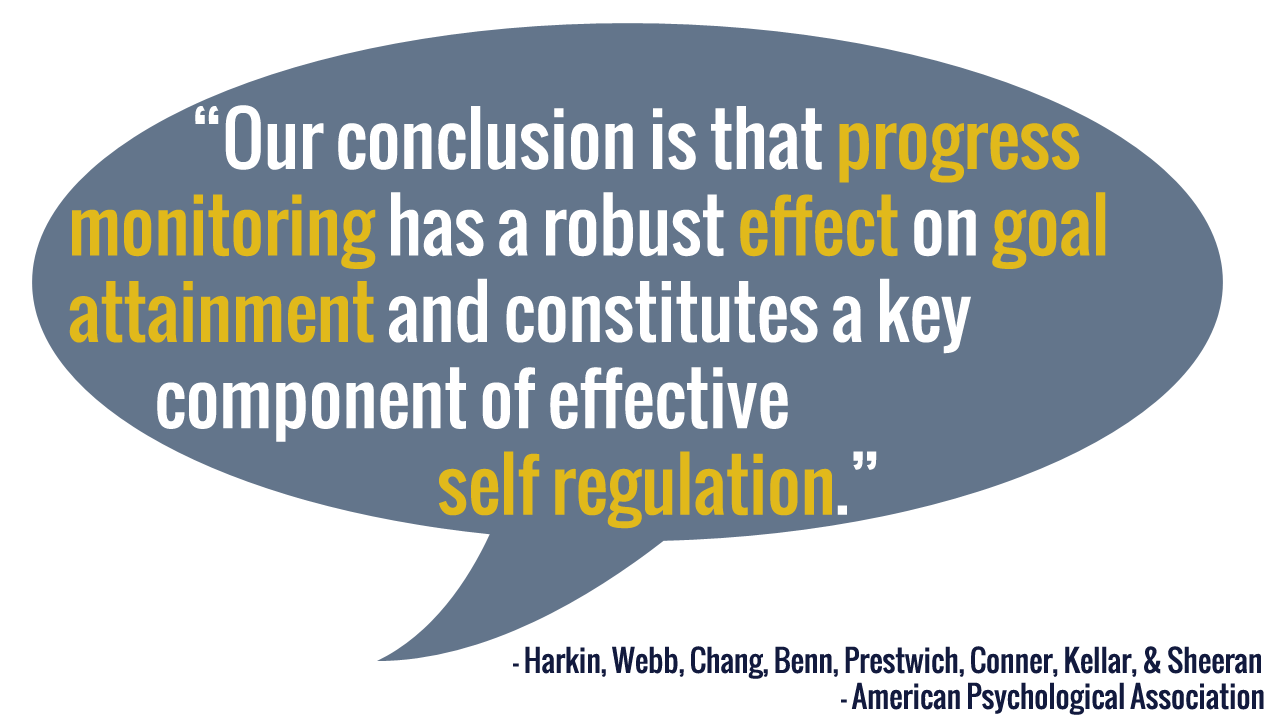

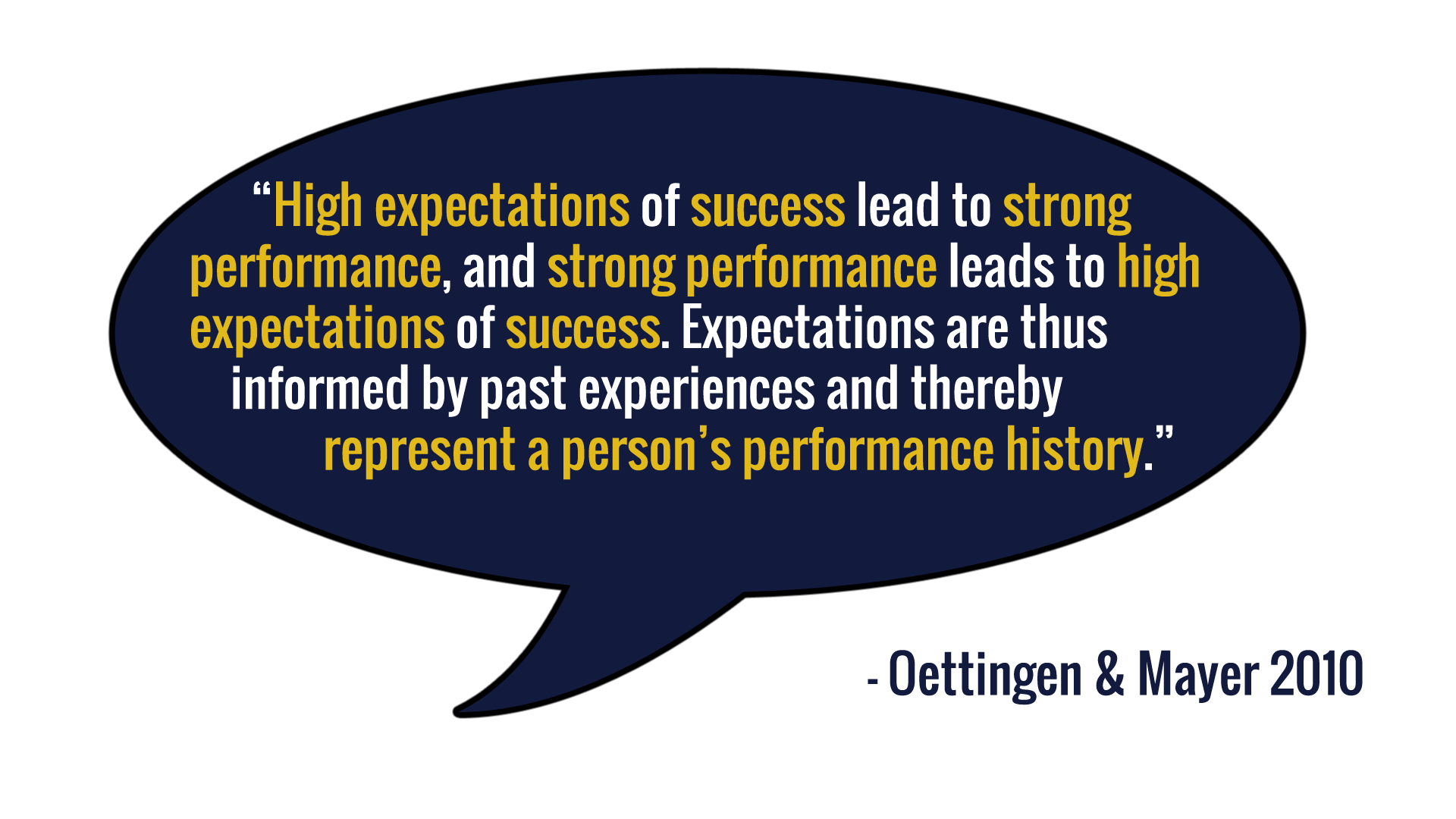

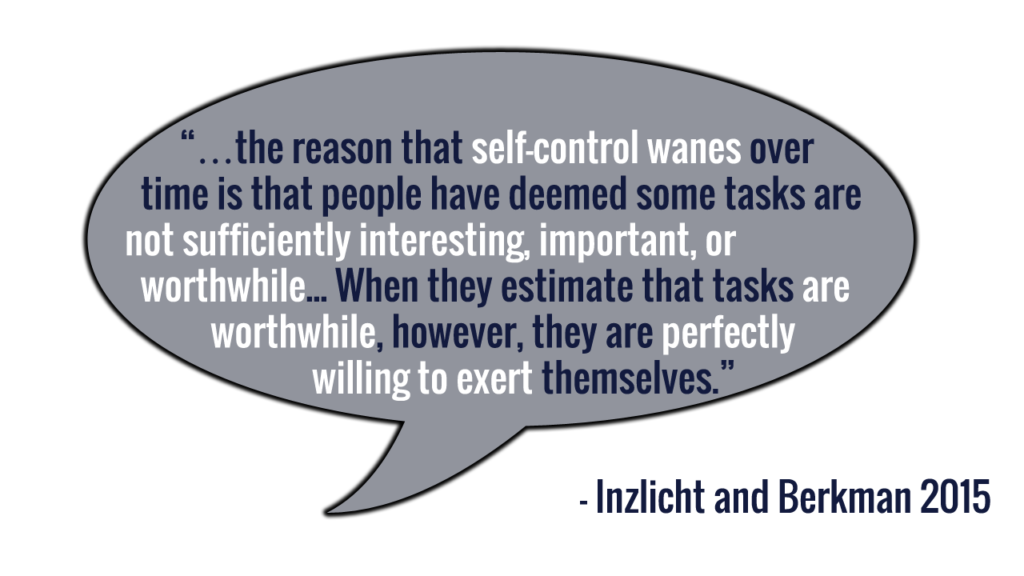

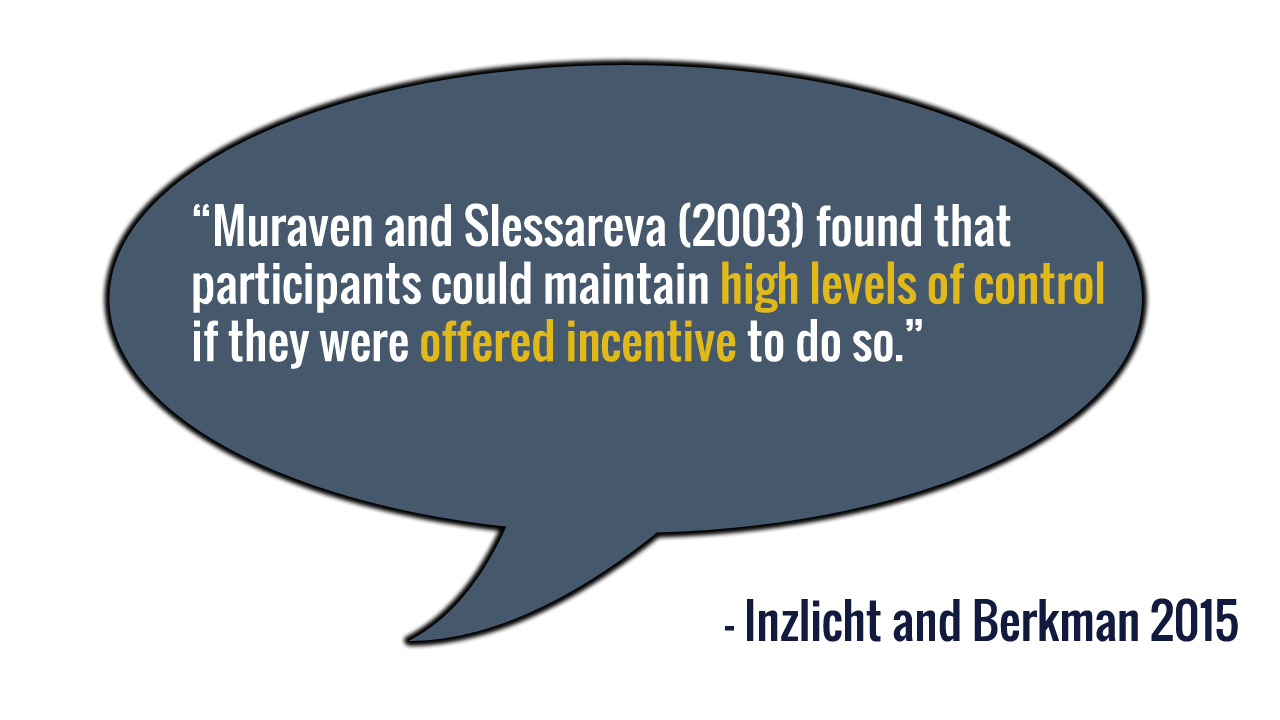


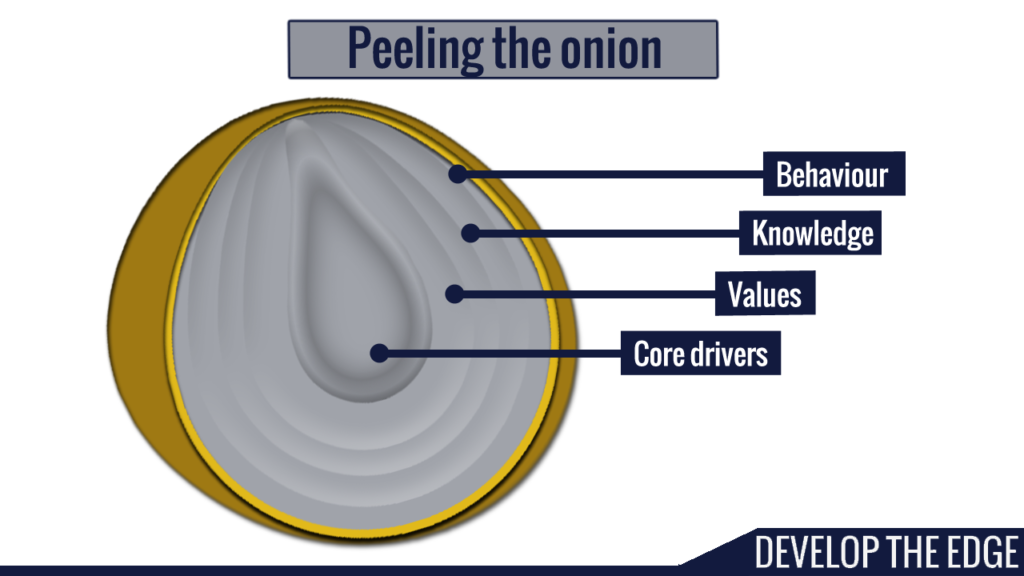












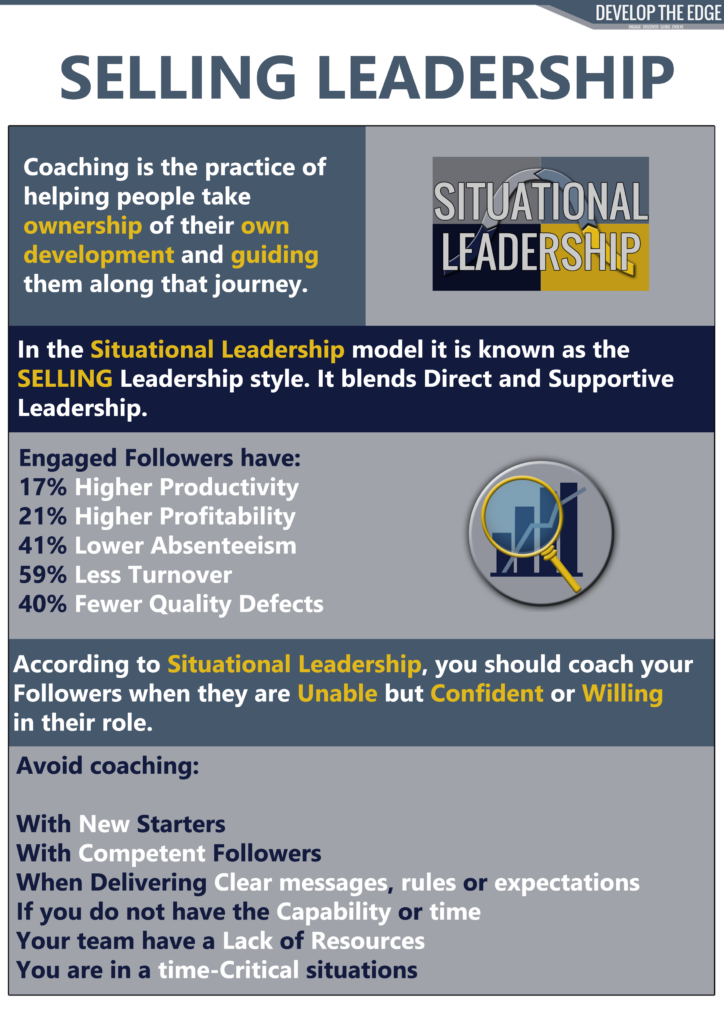










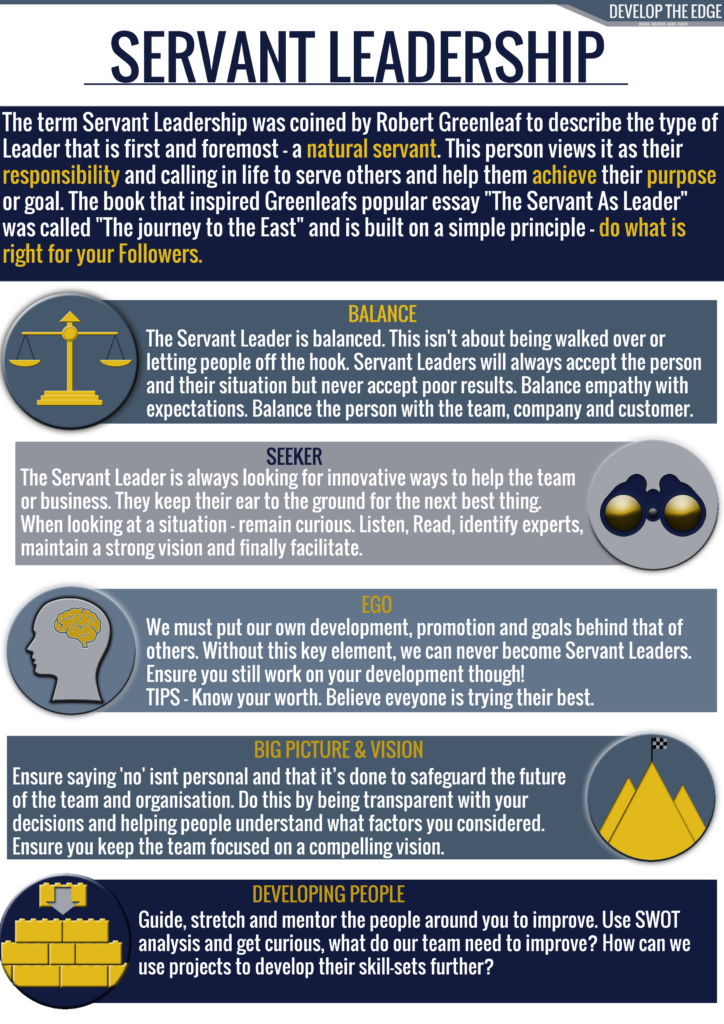
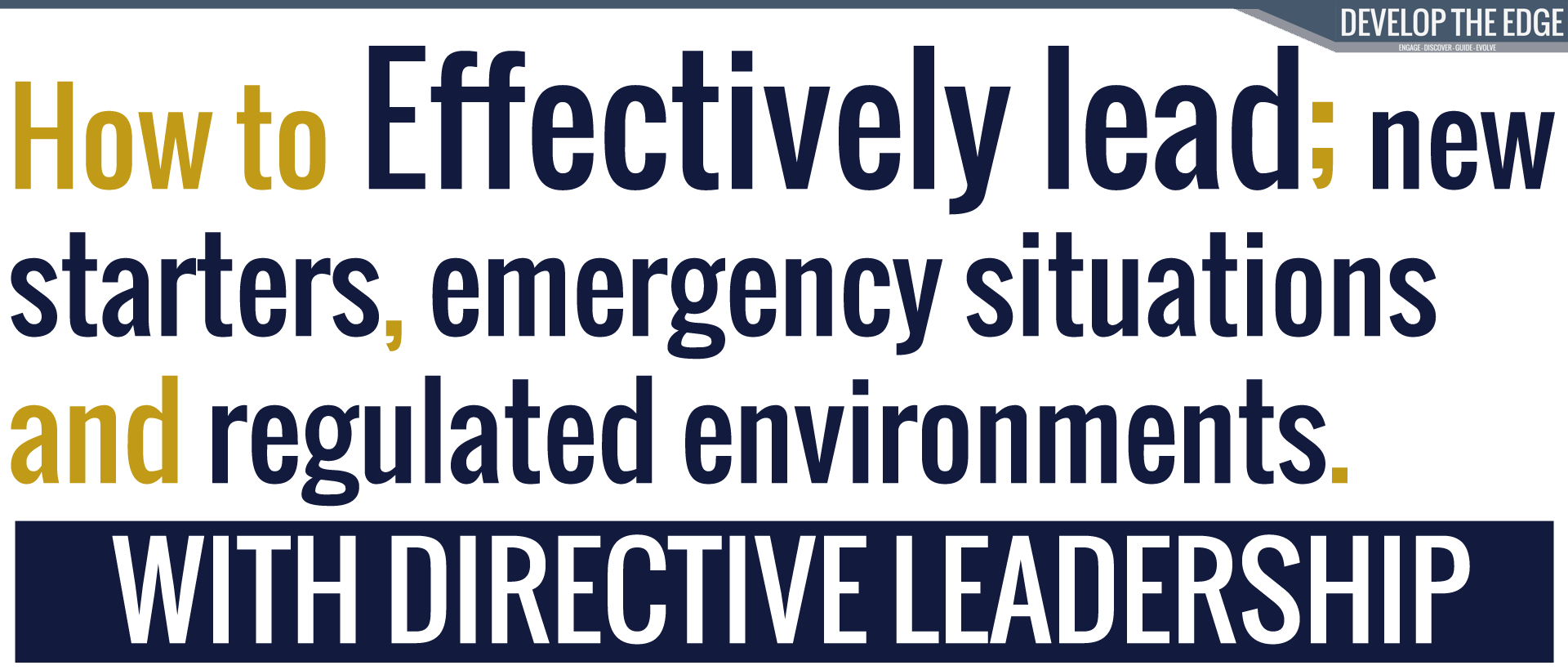
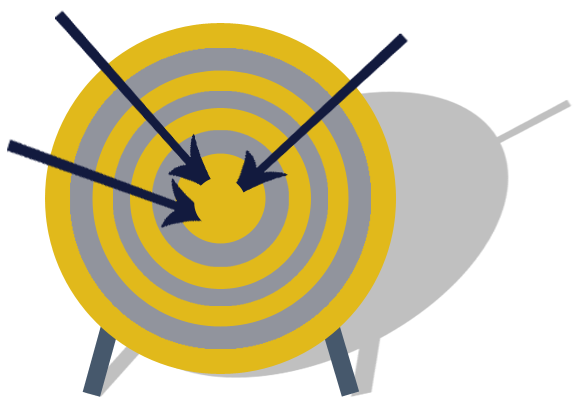




 Business example
Business example

